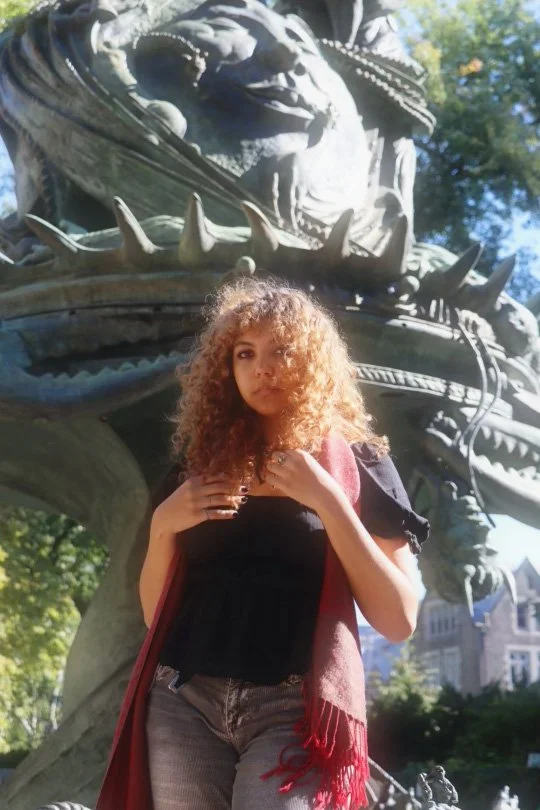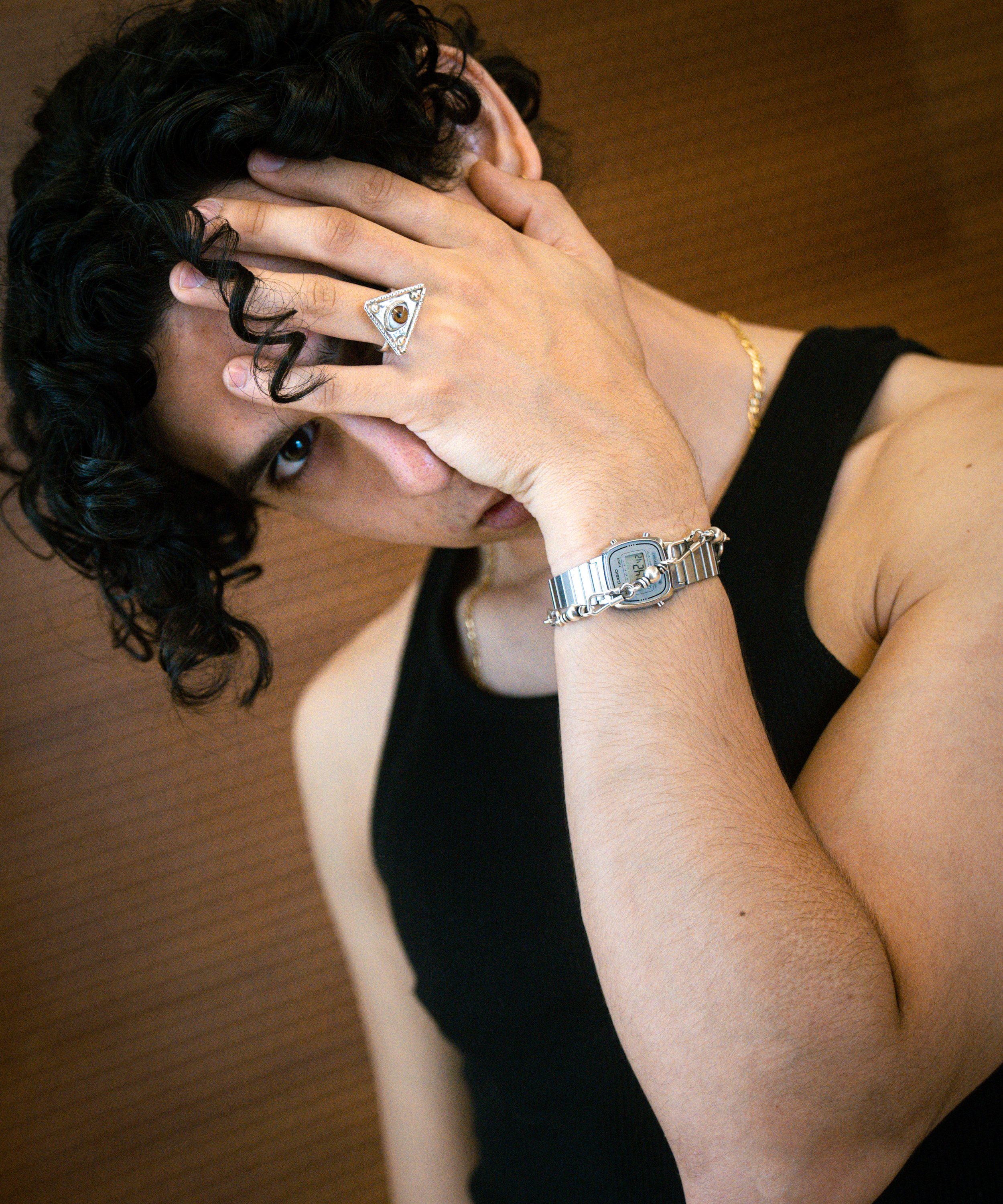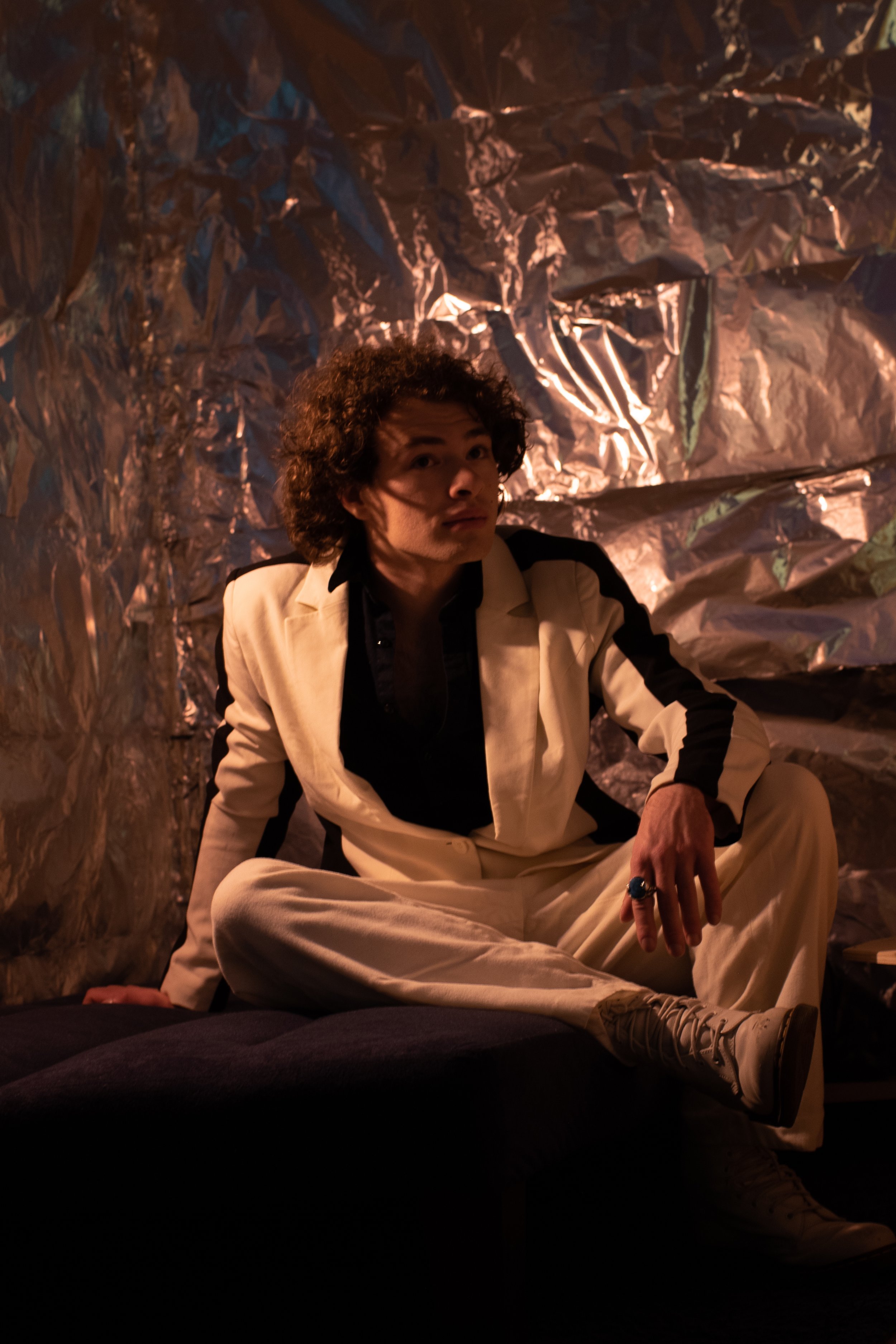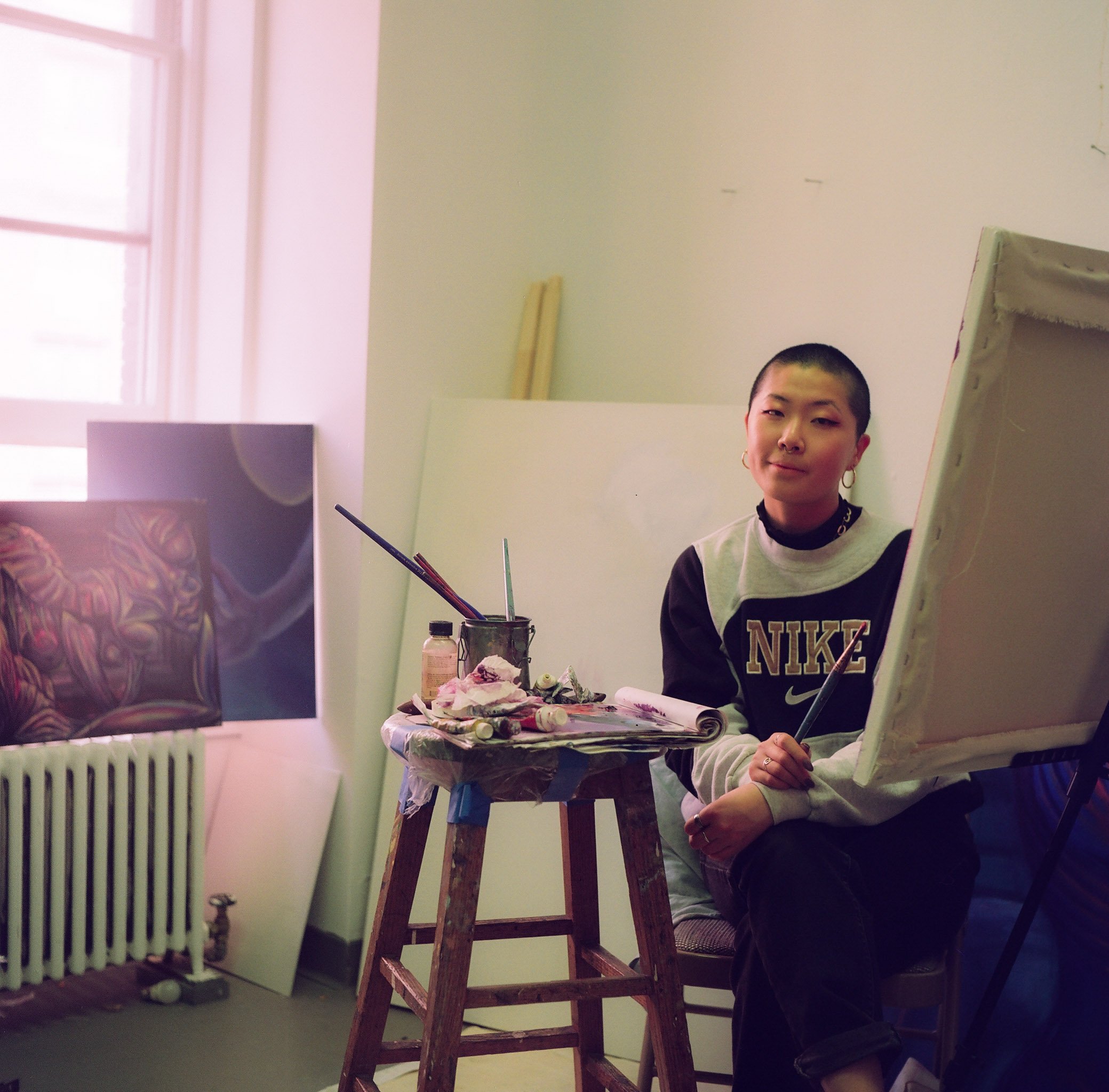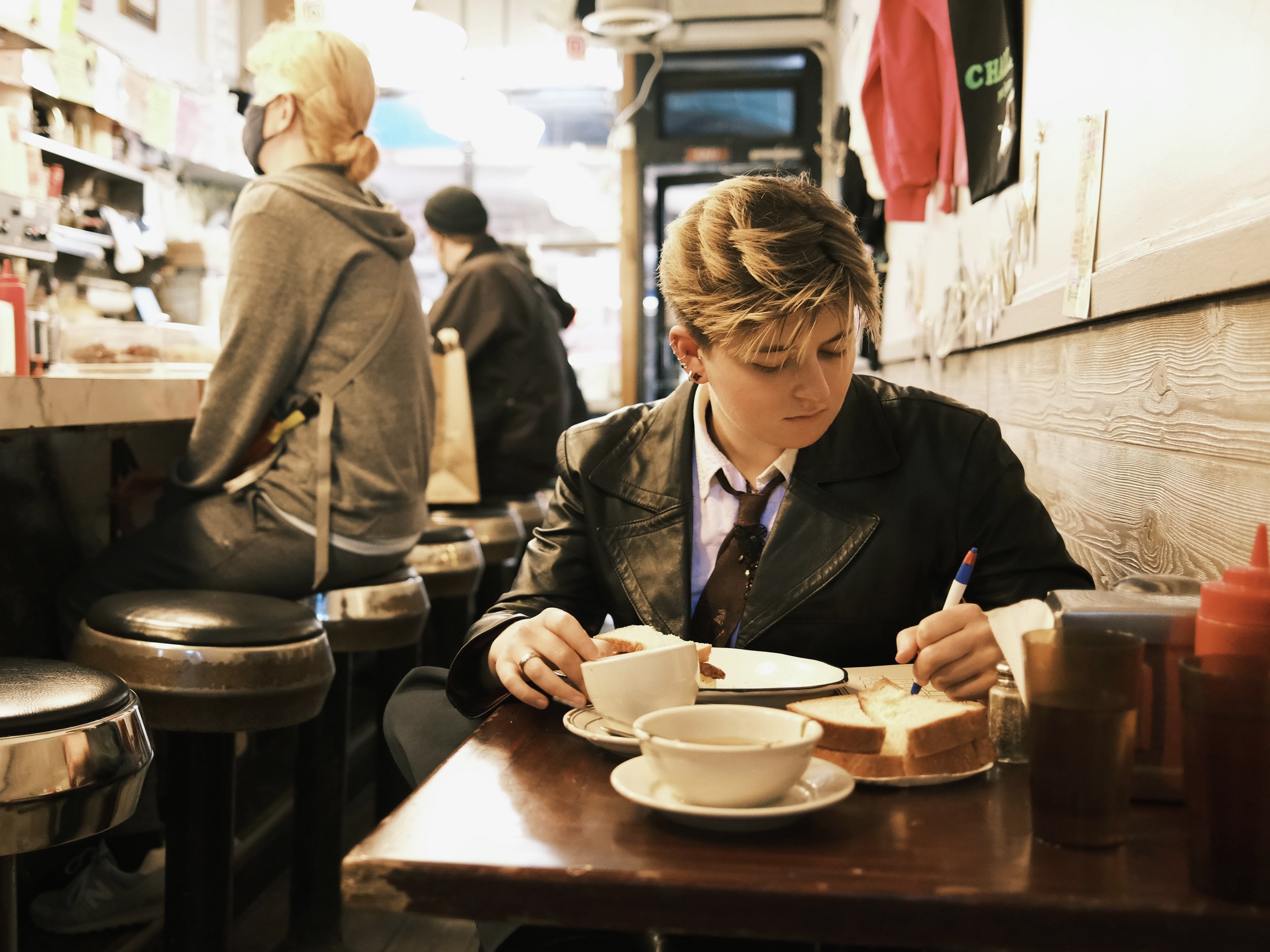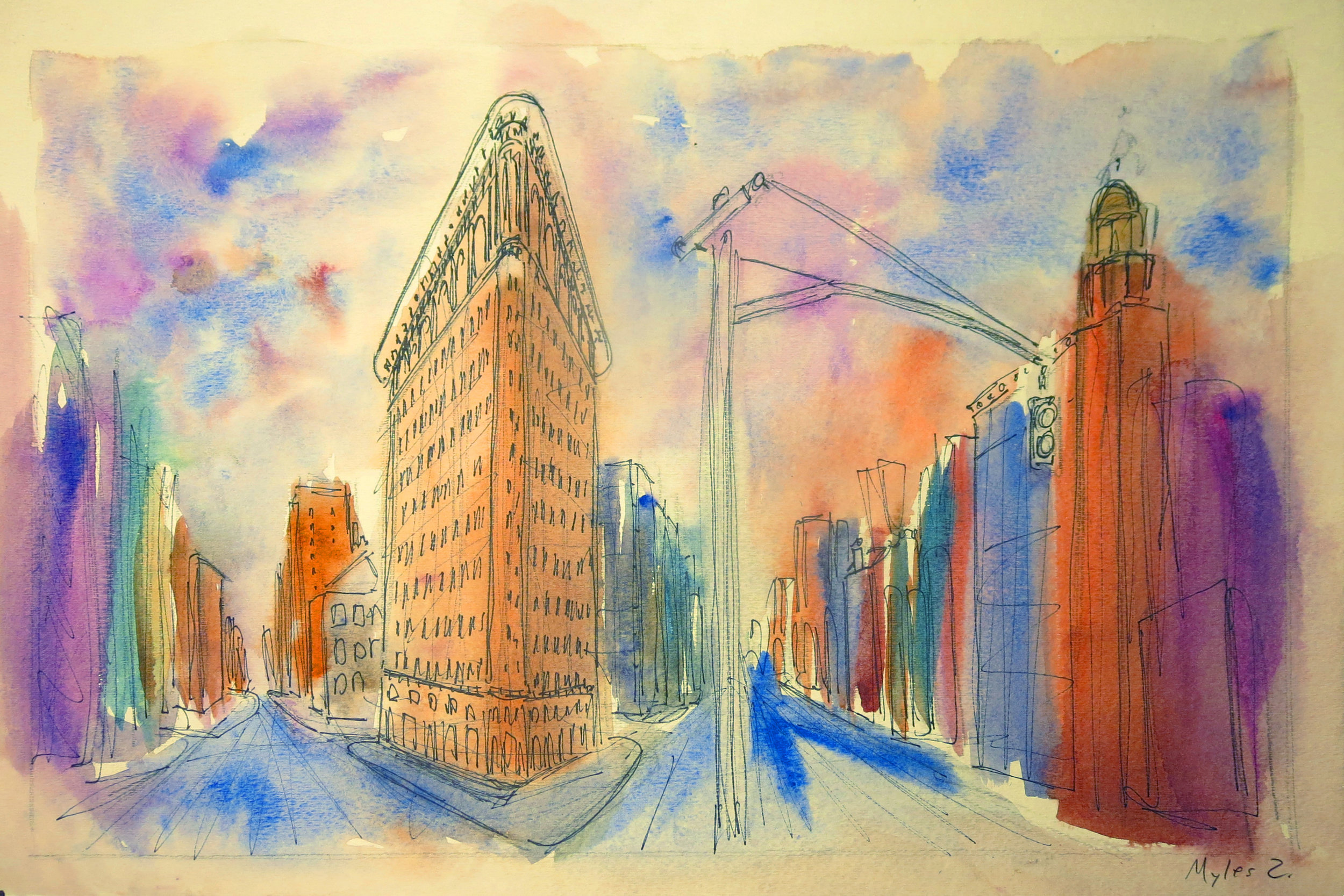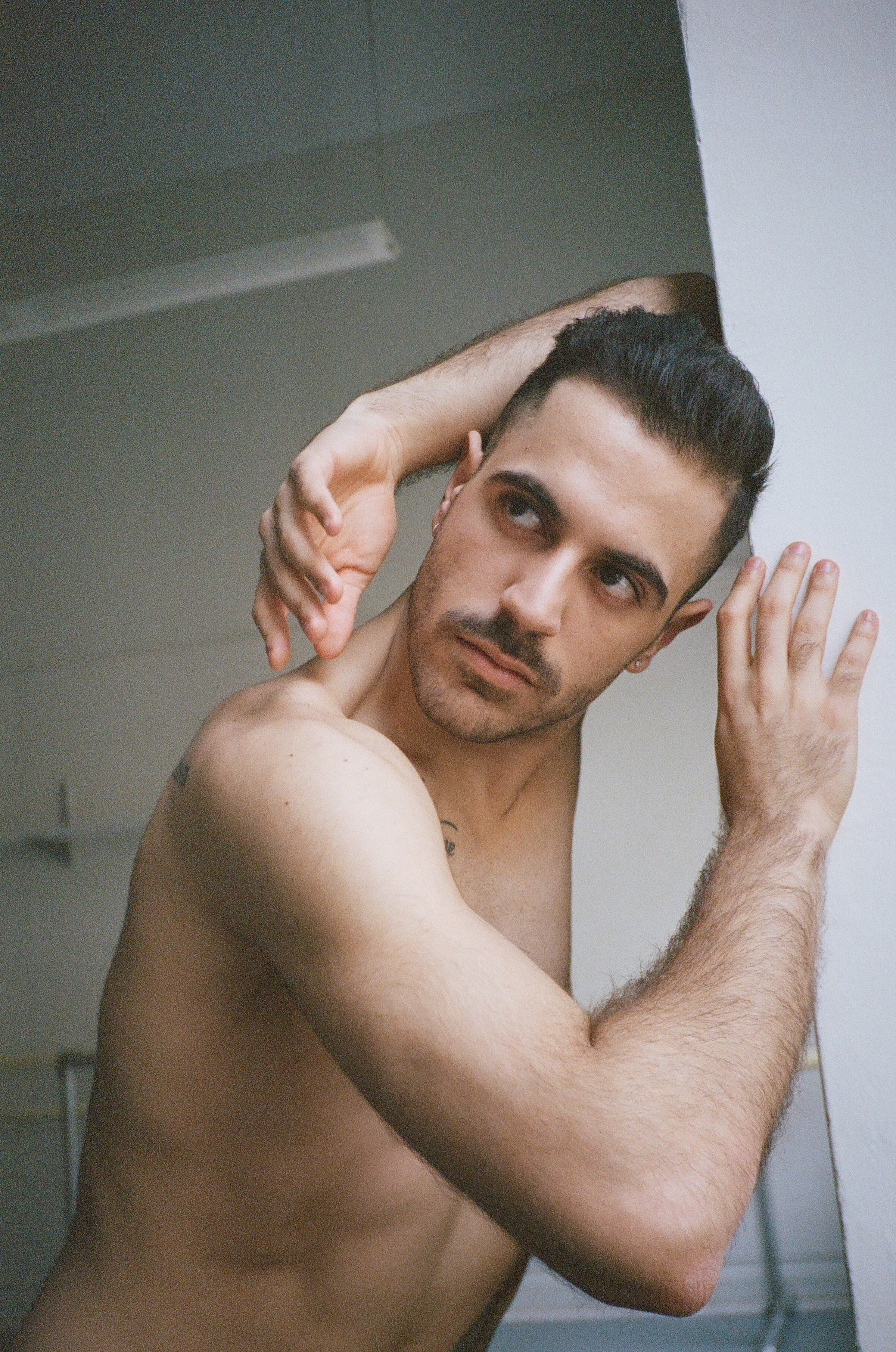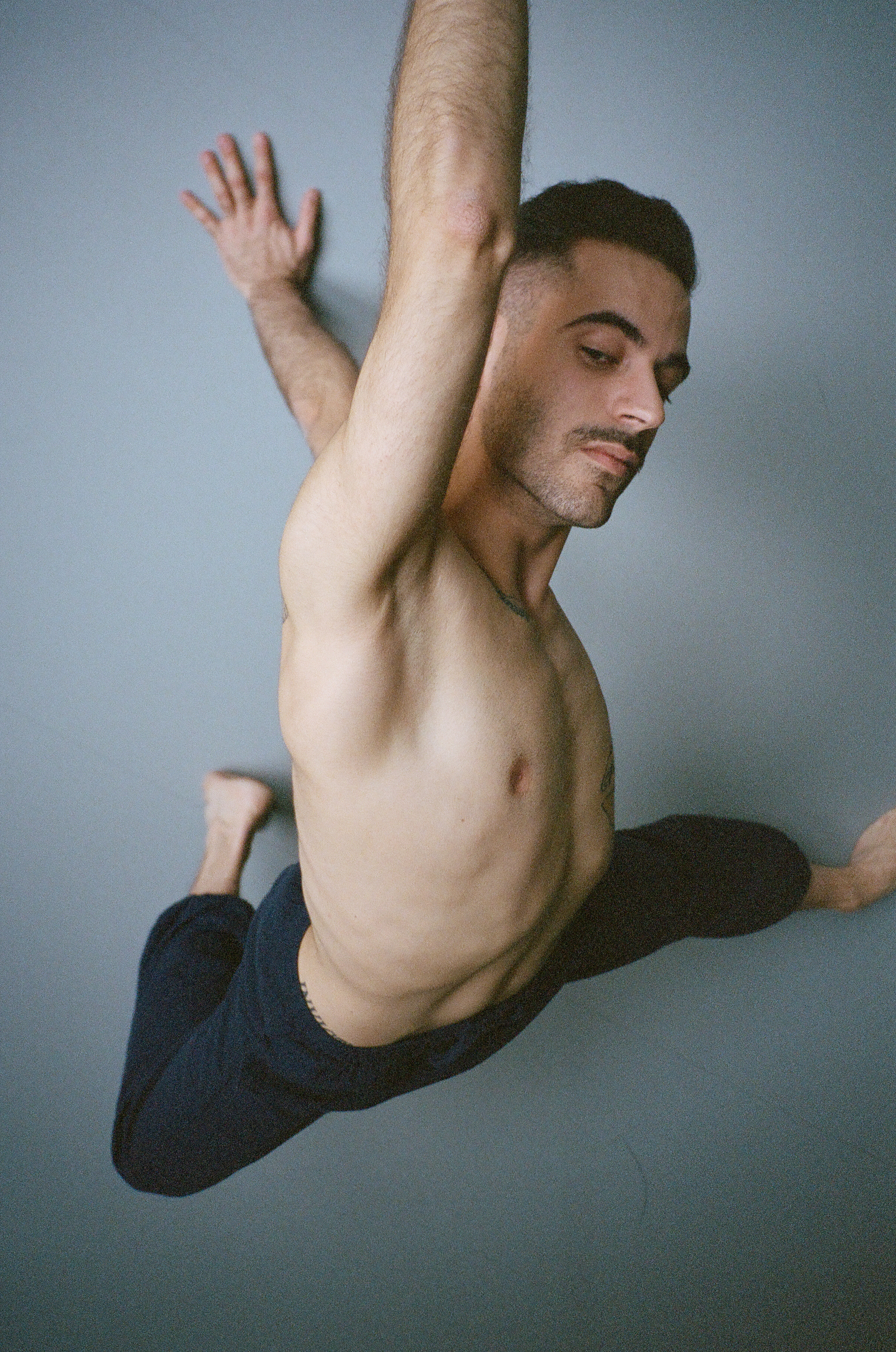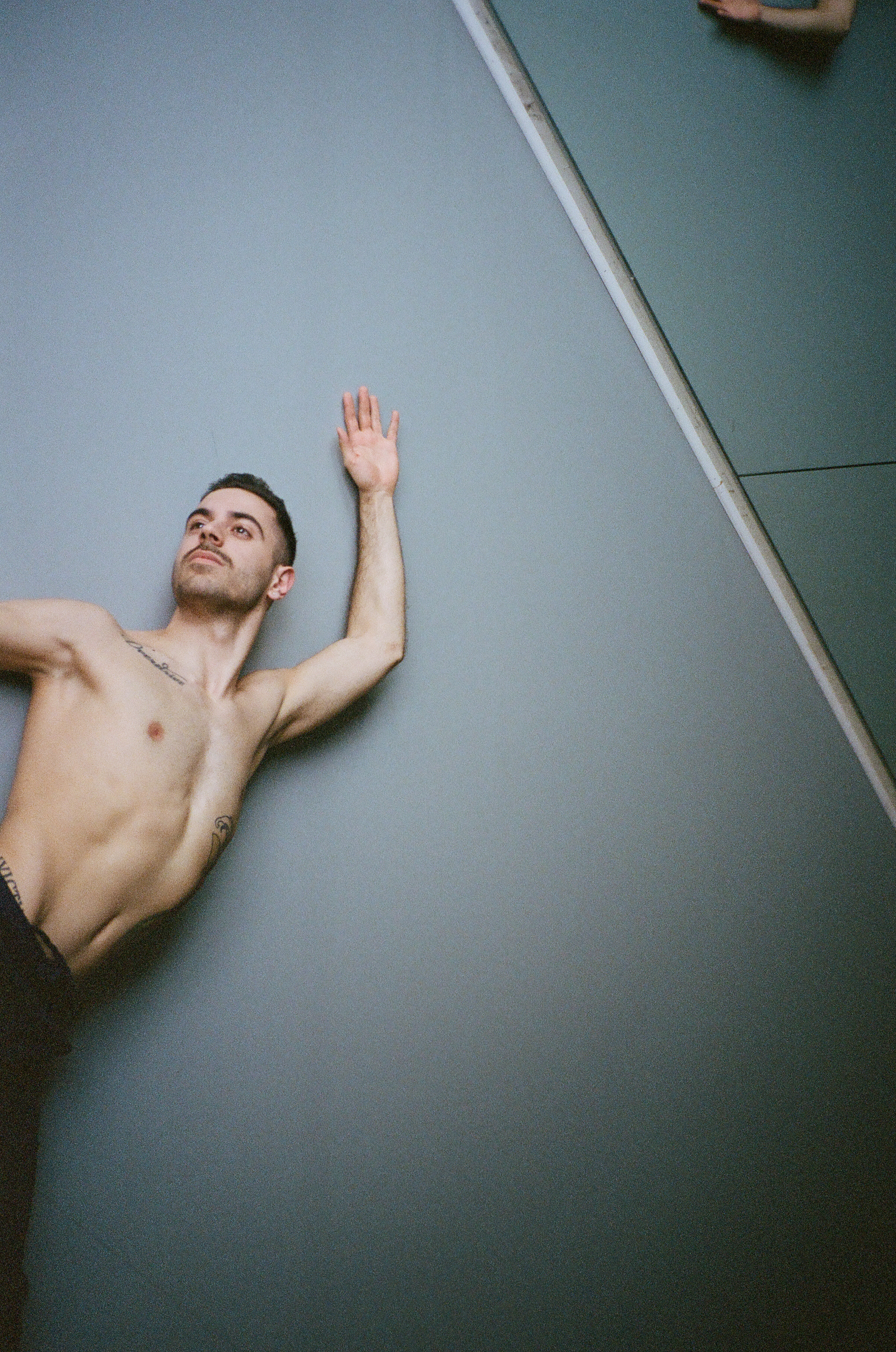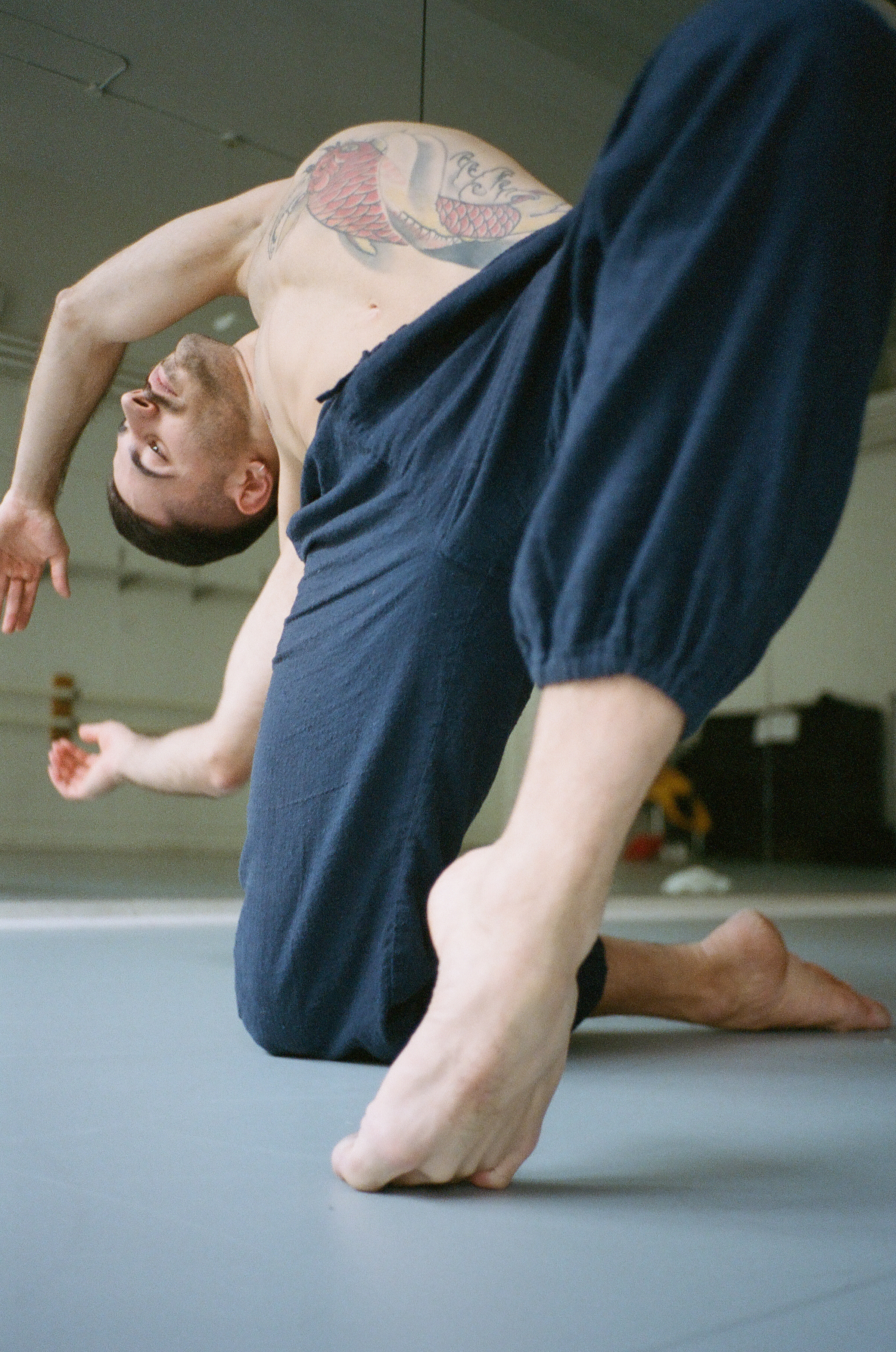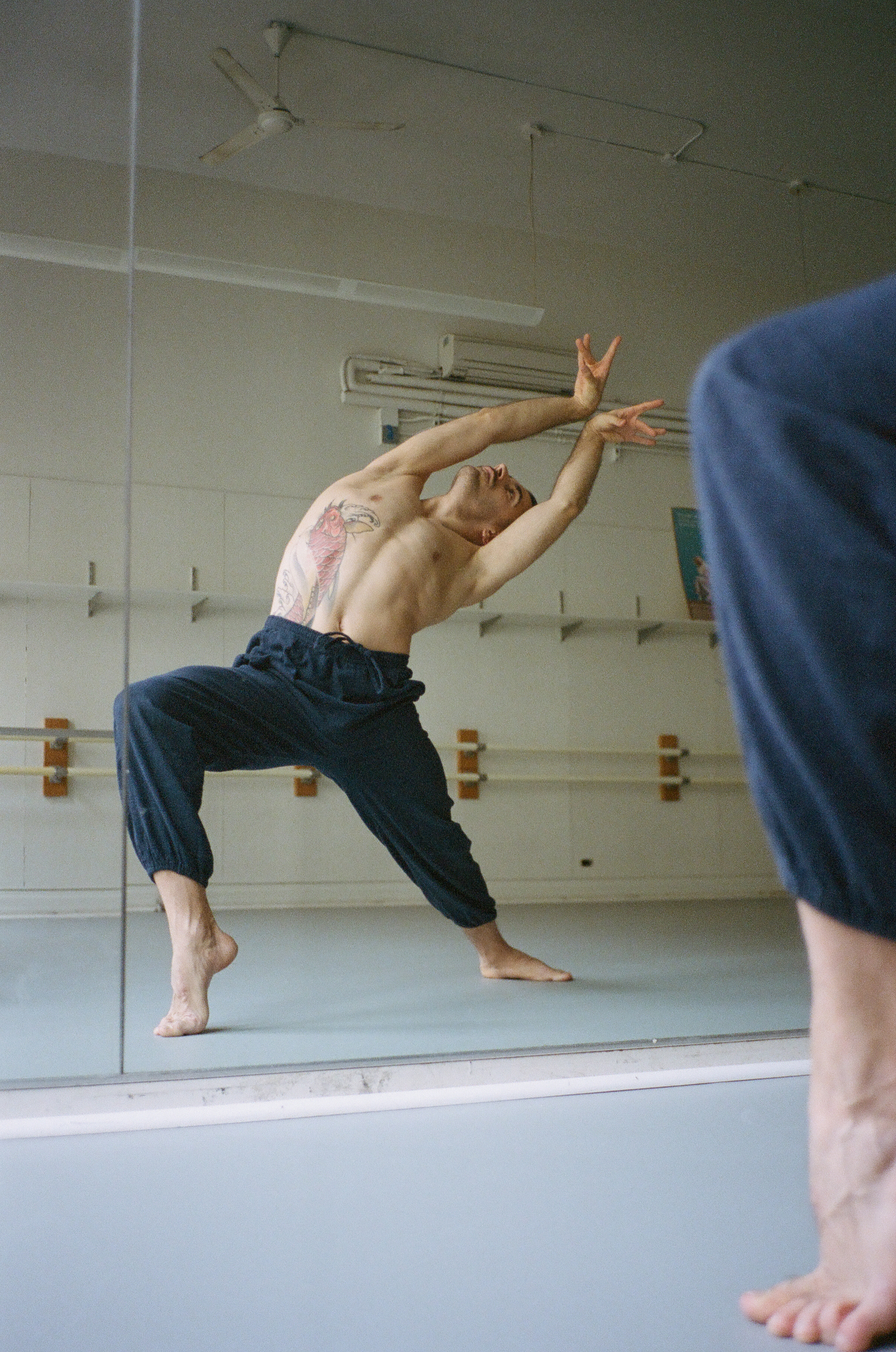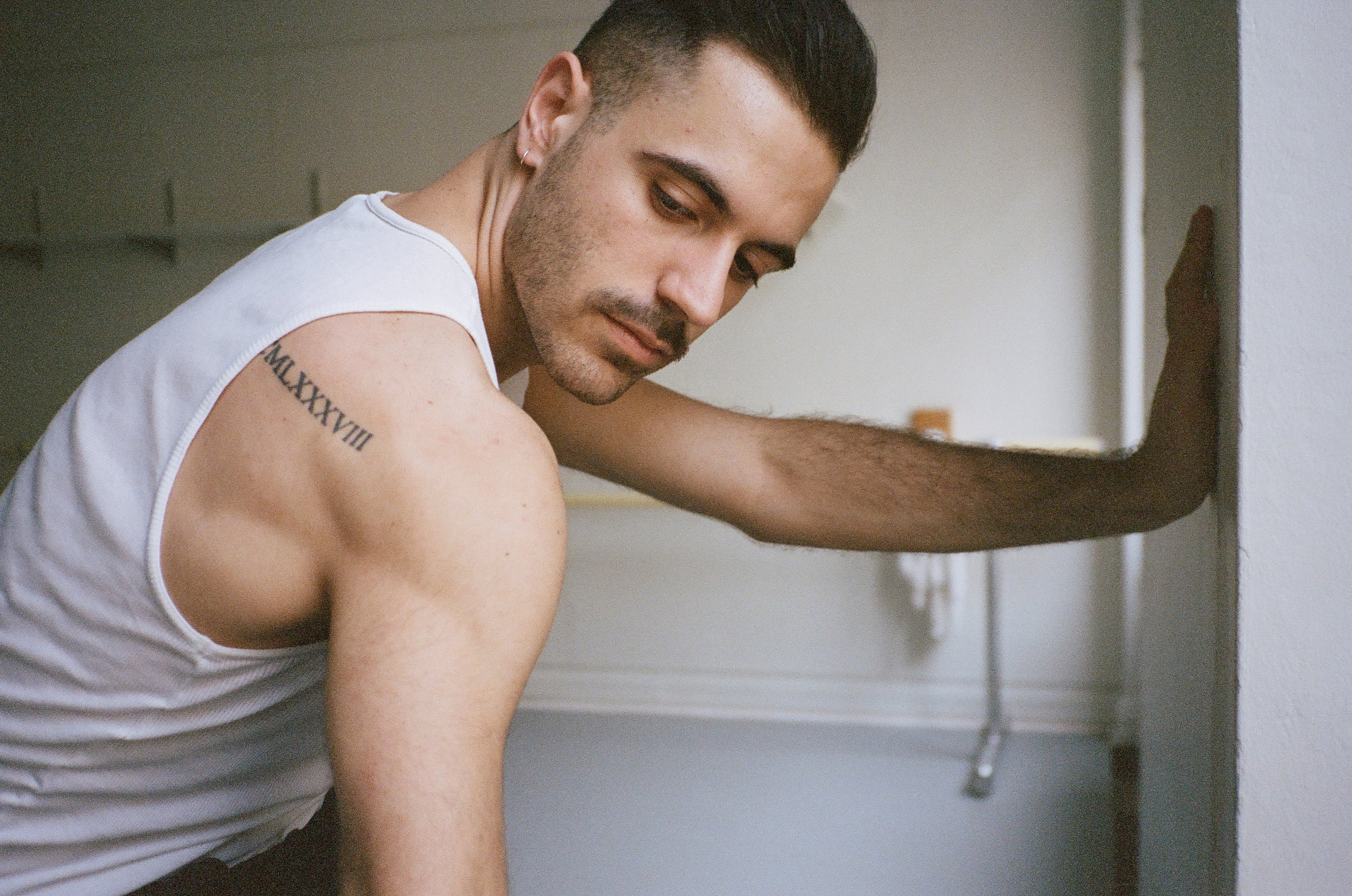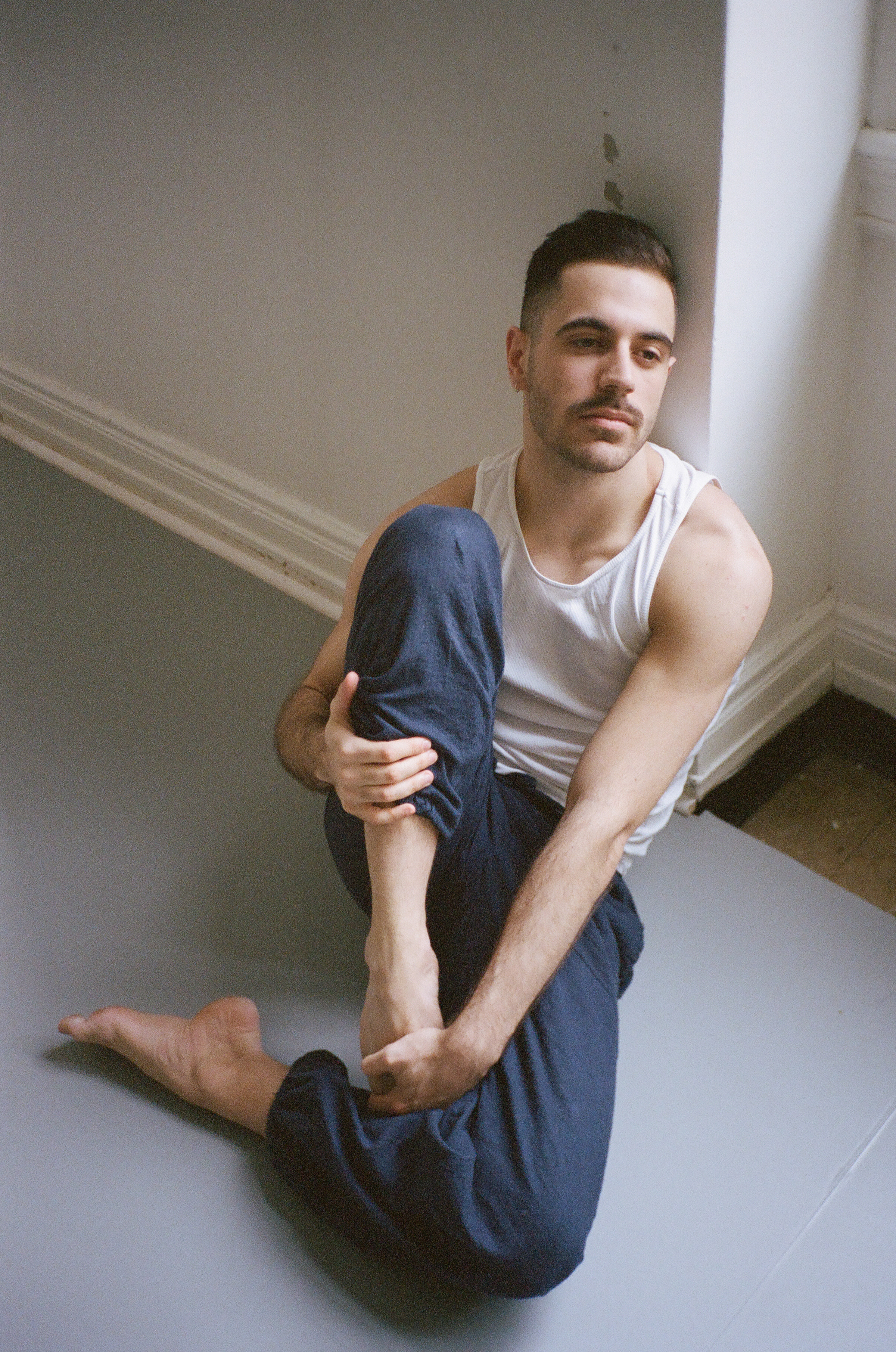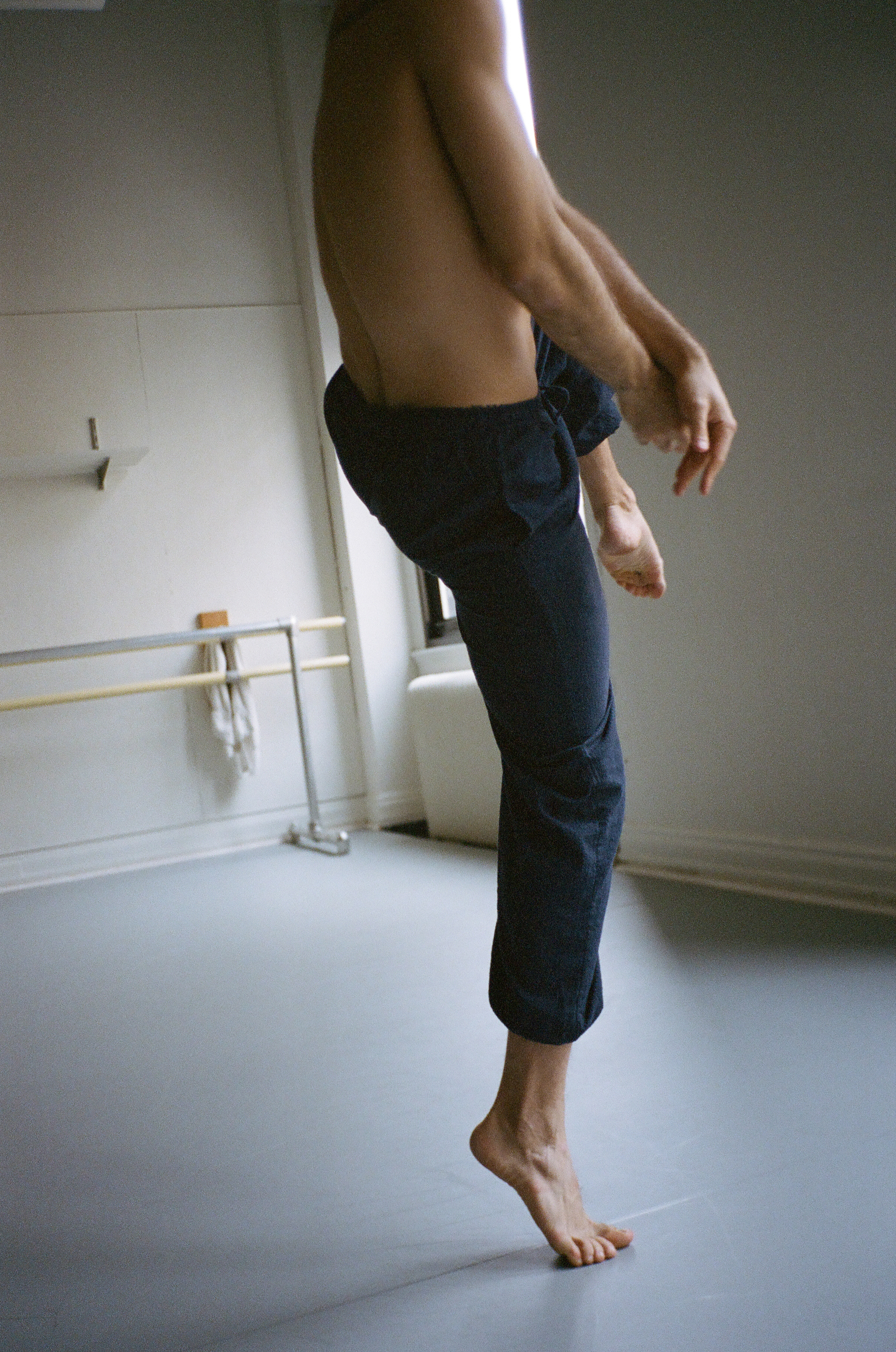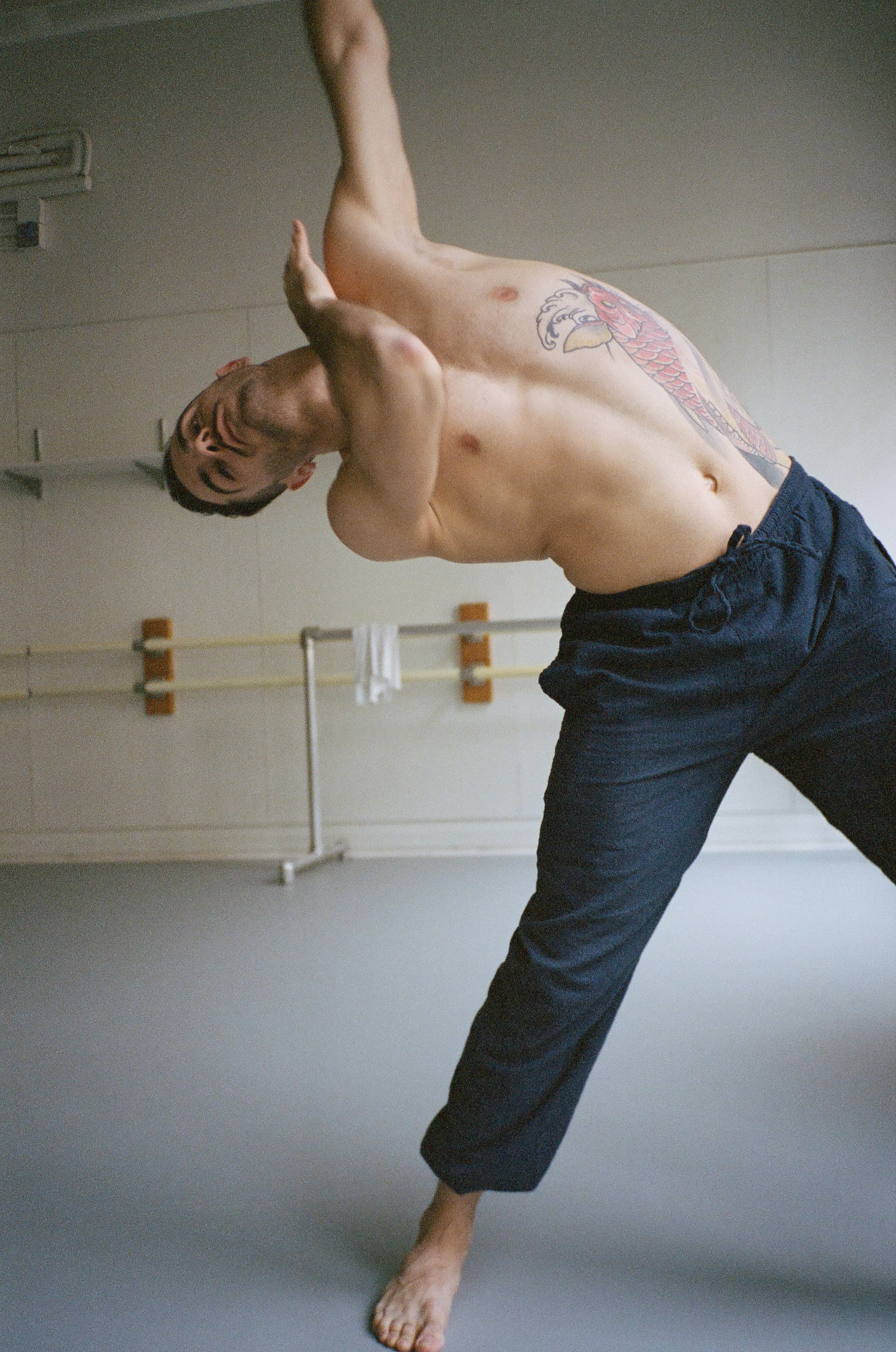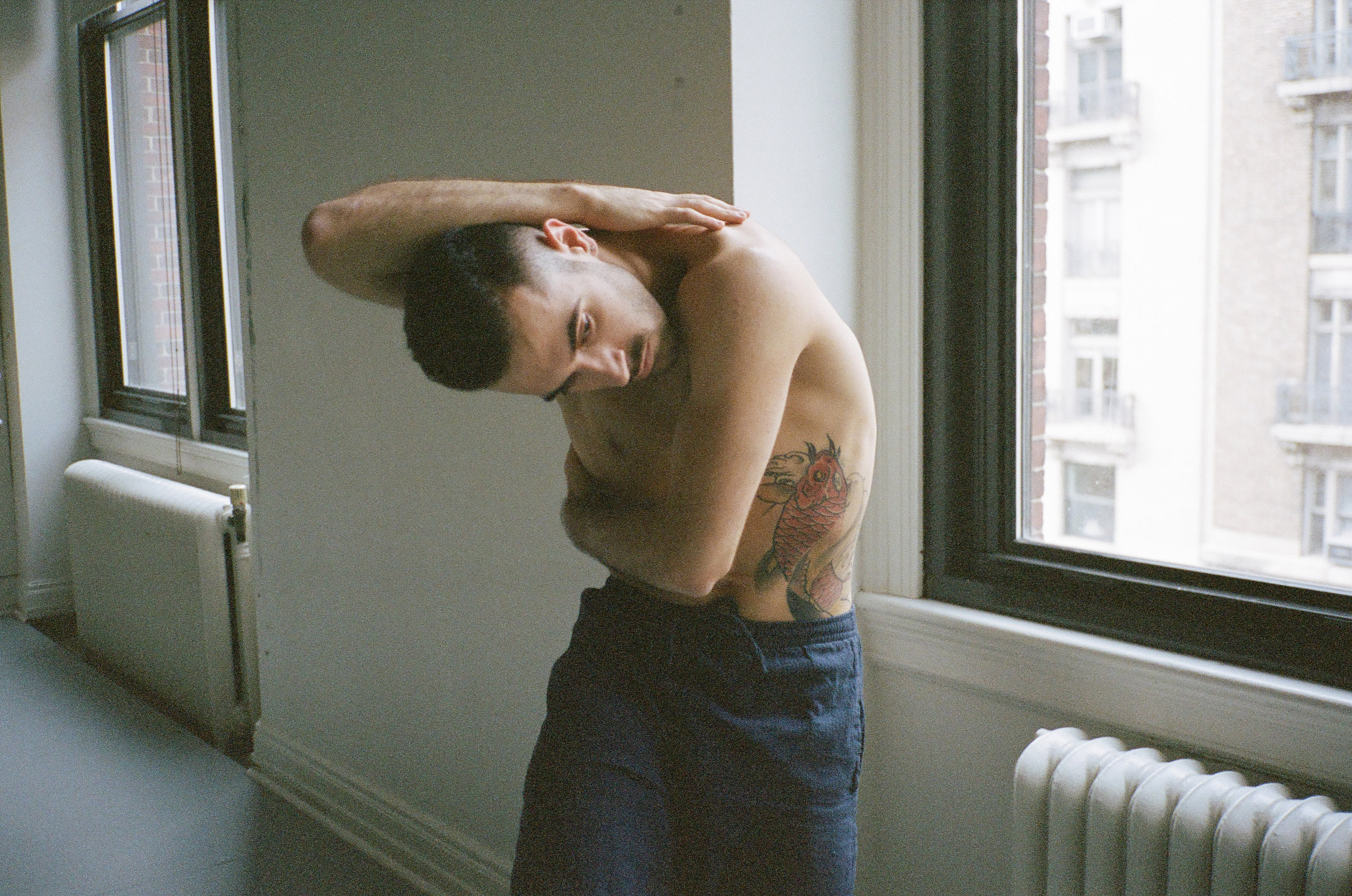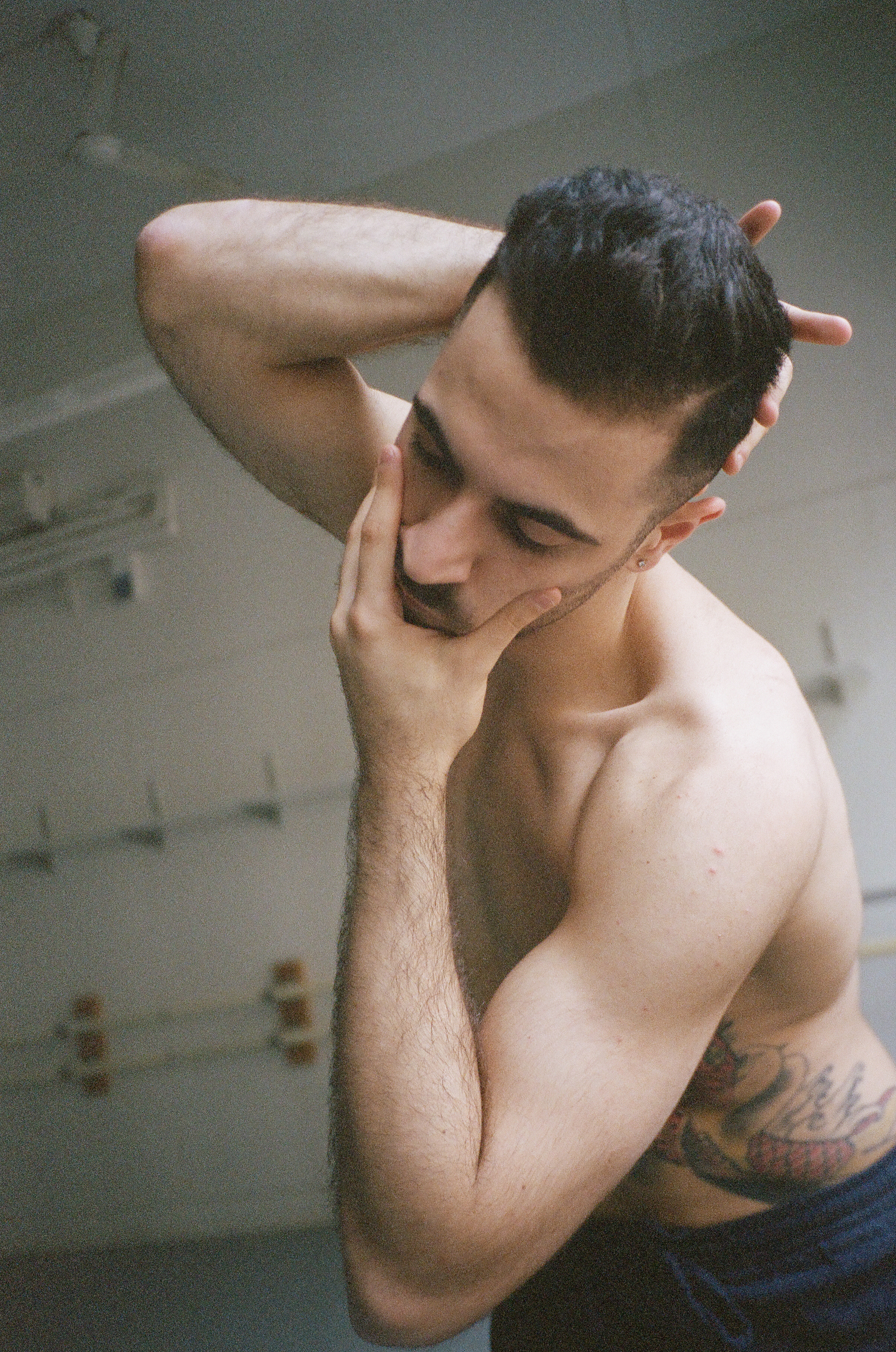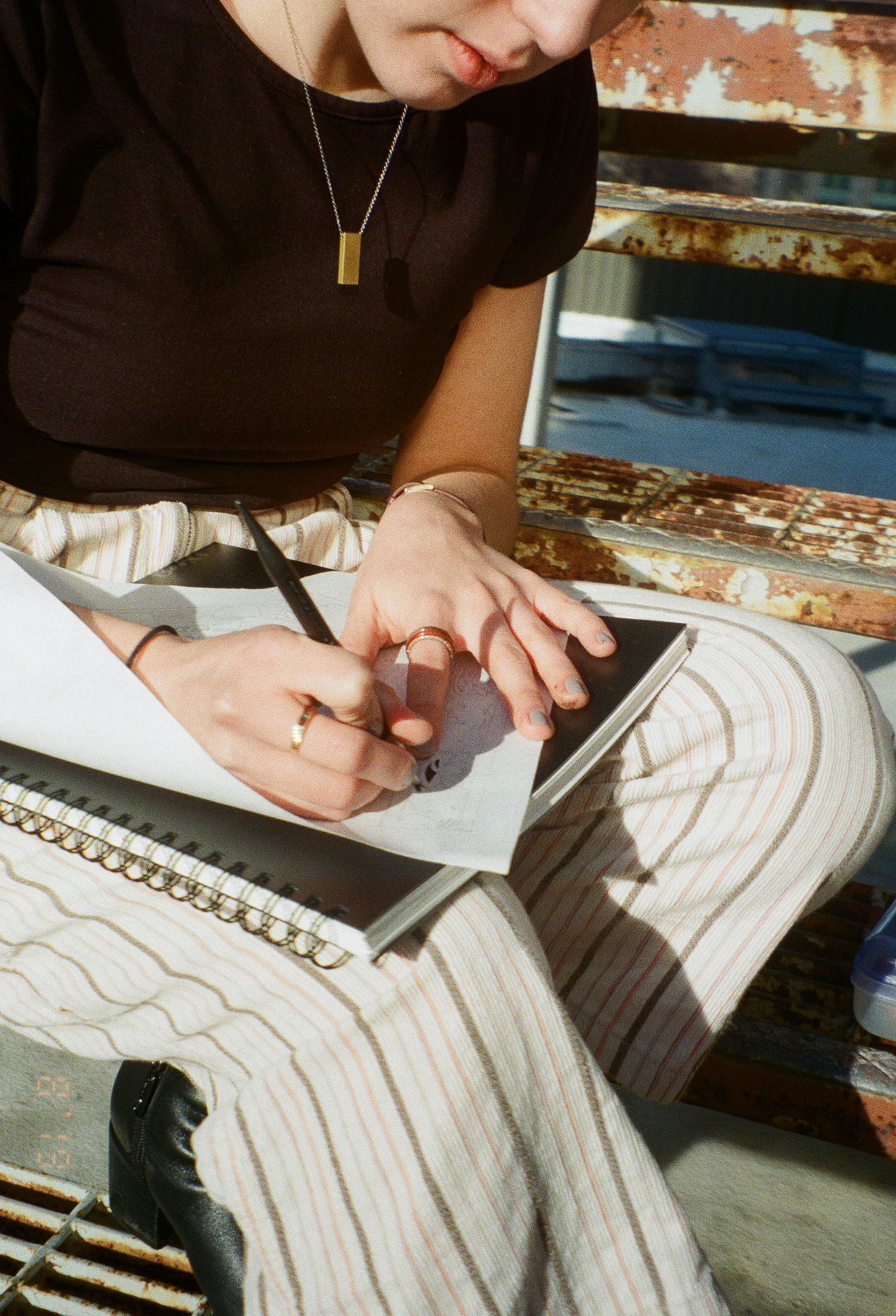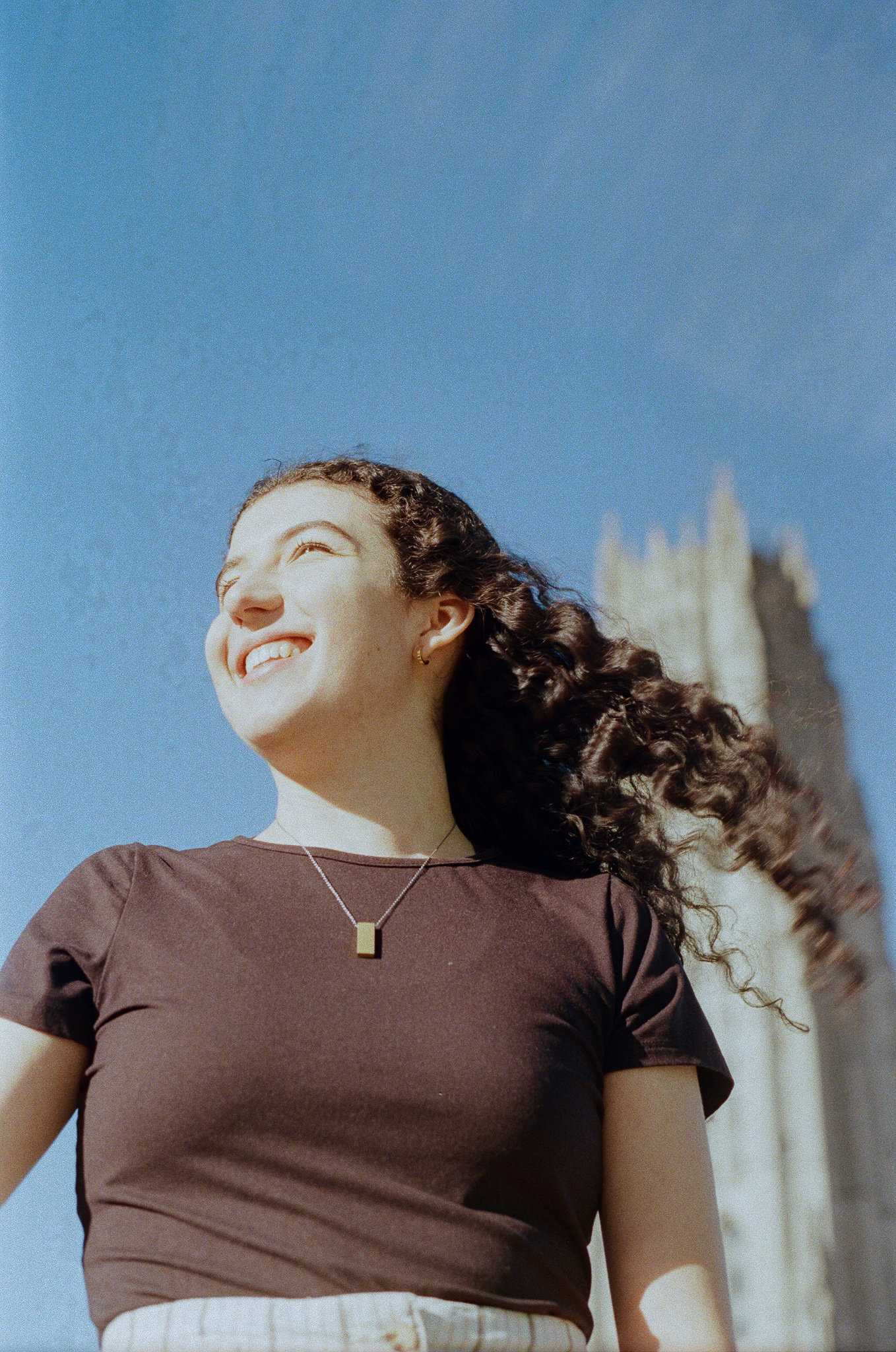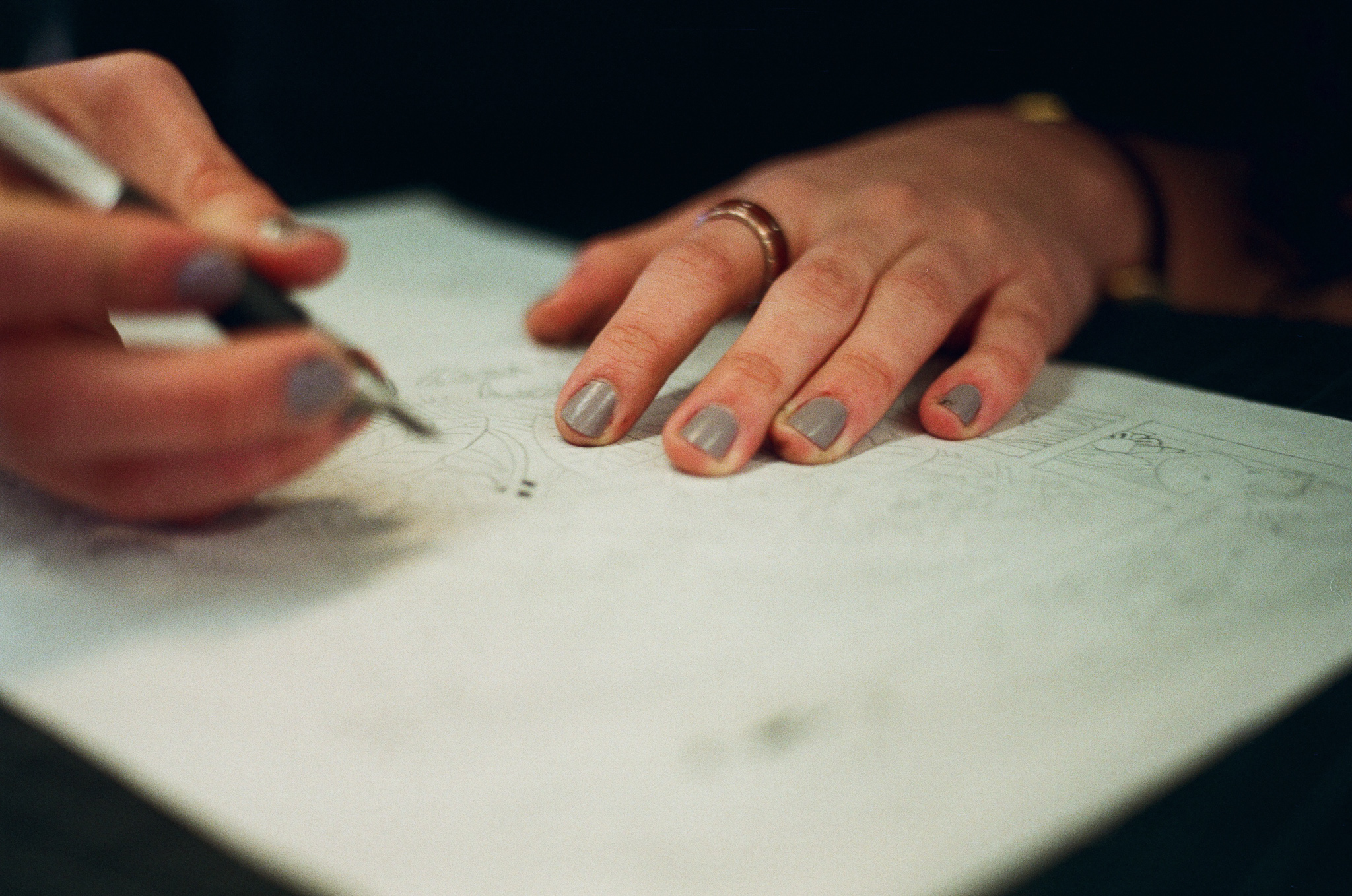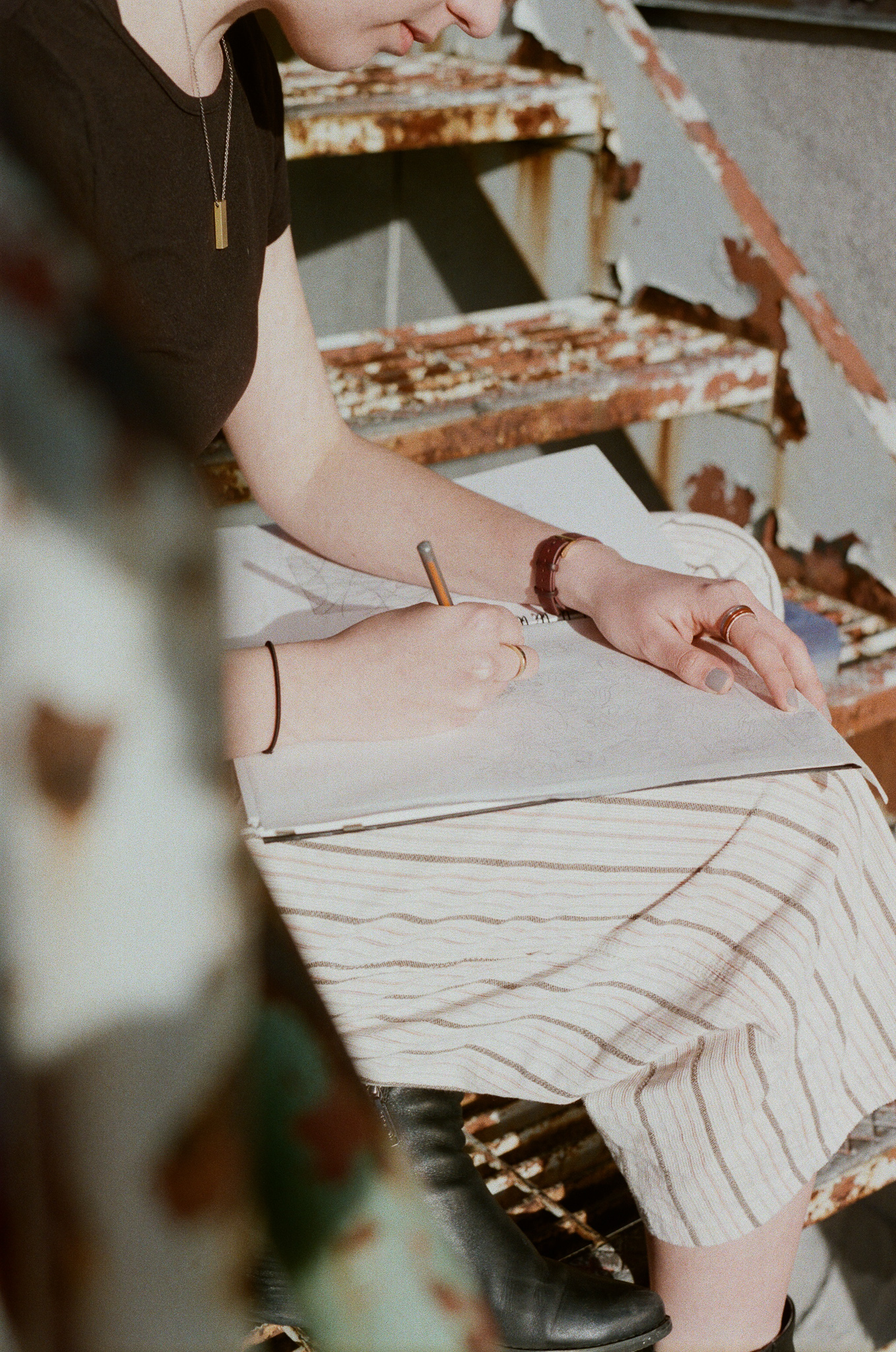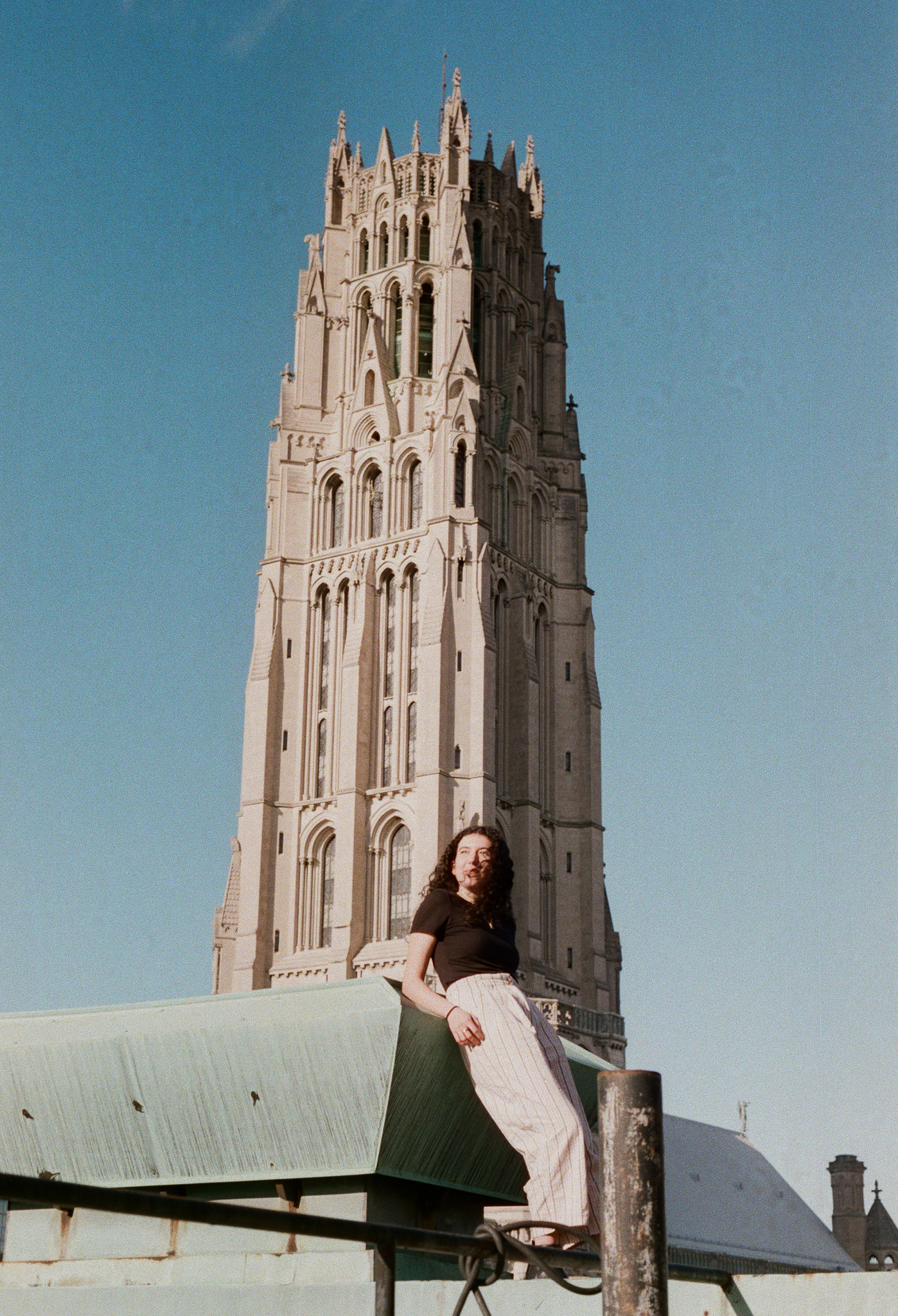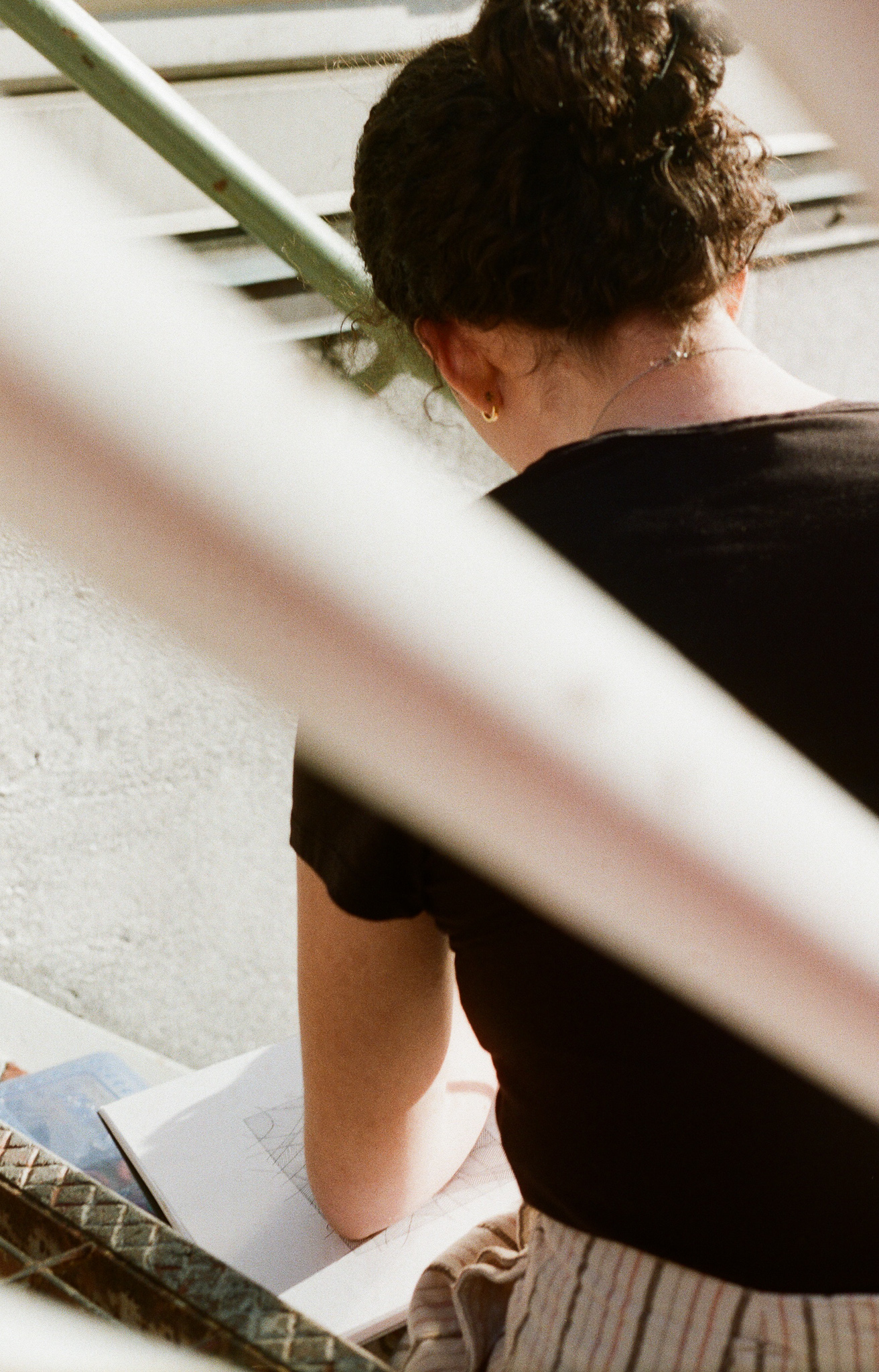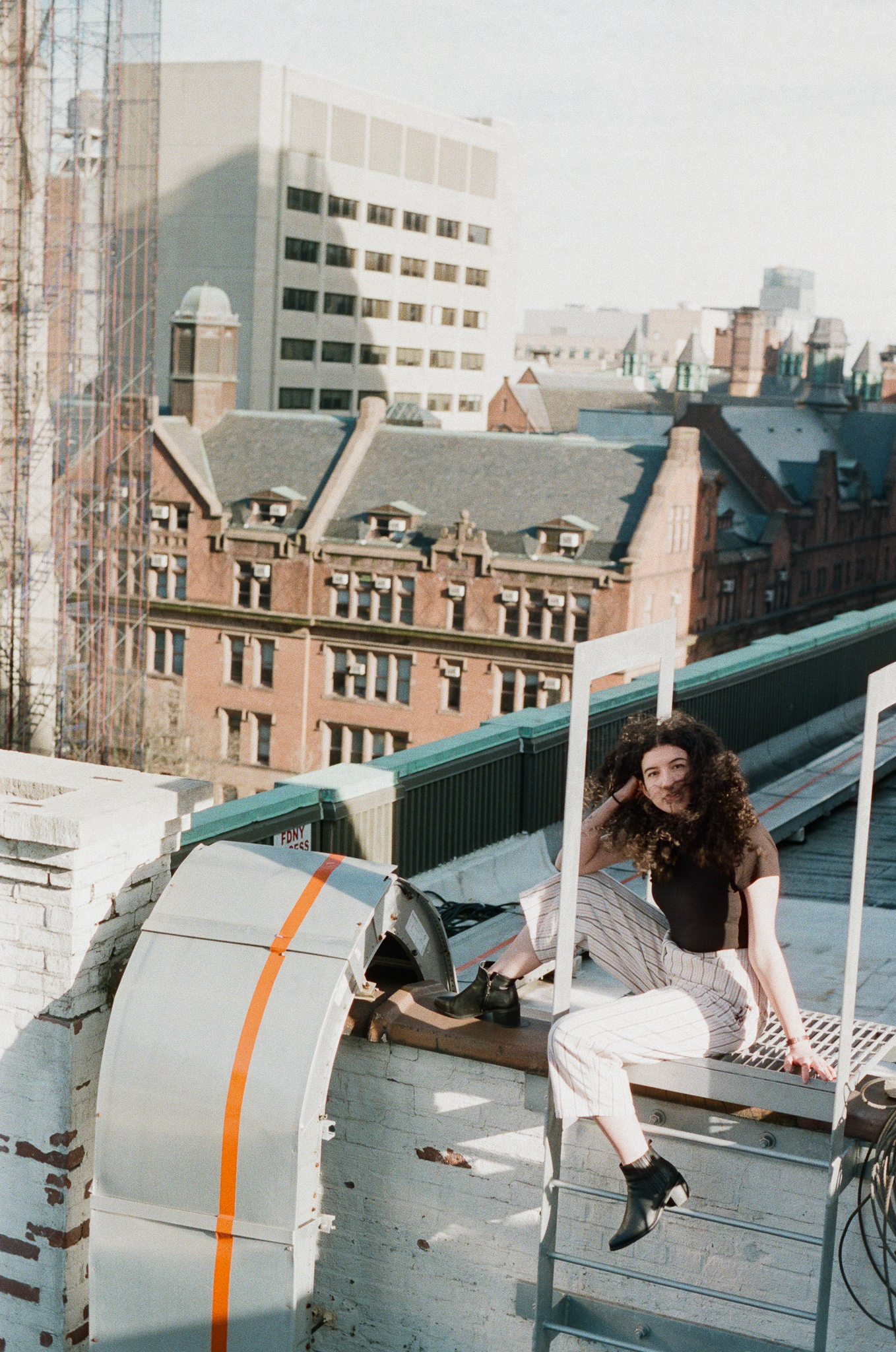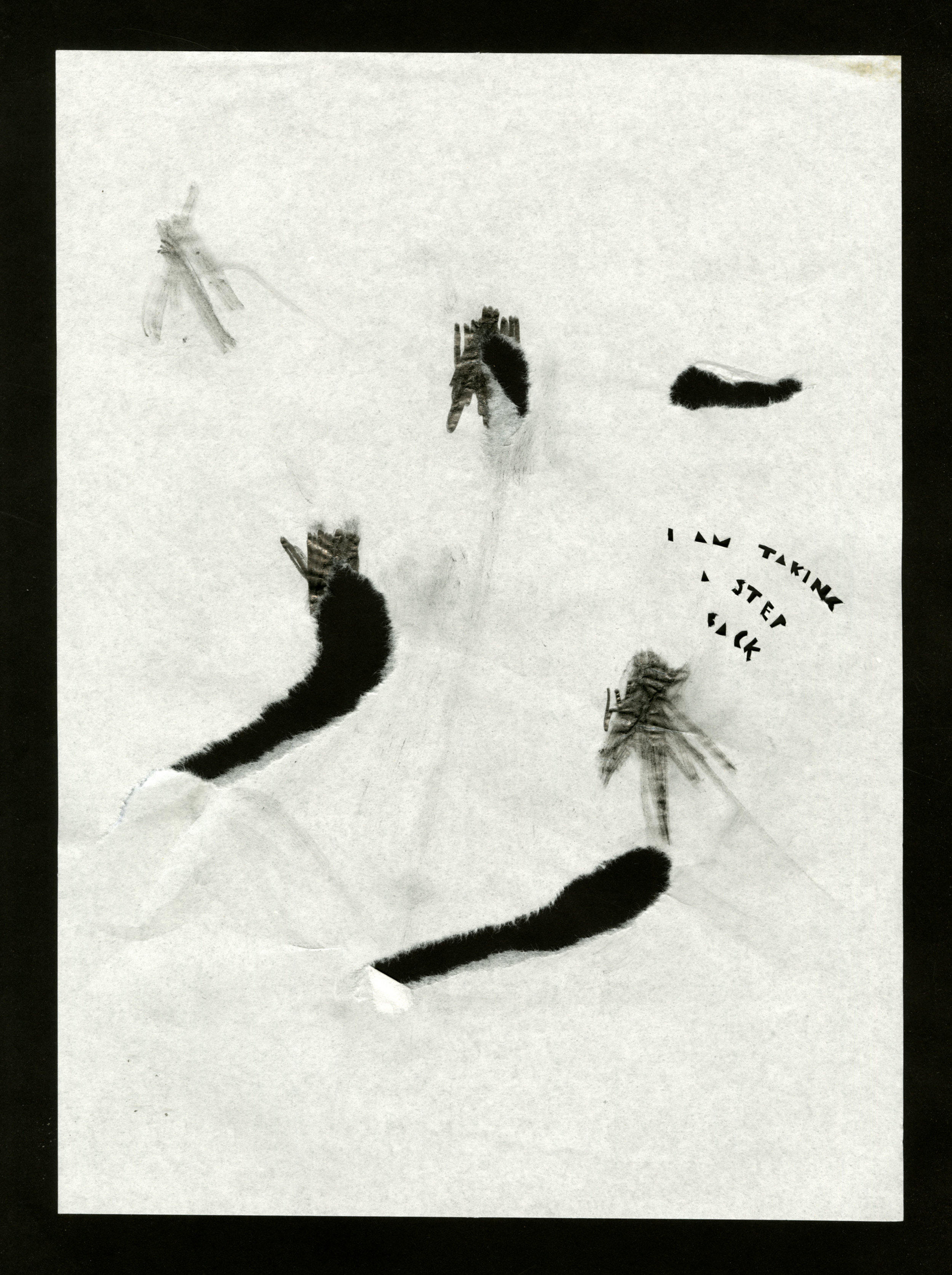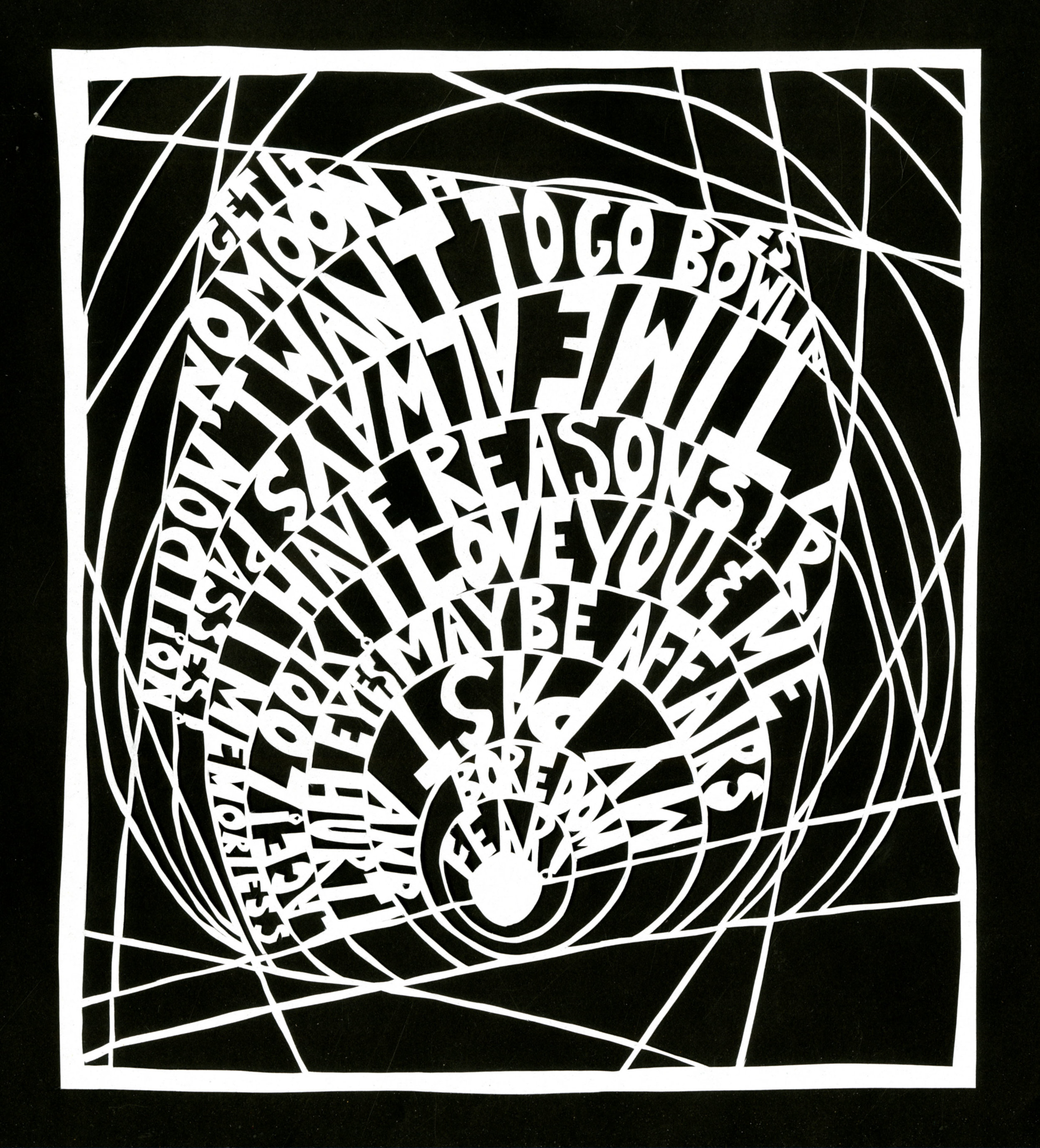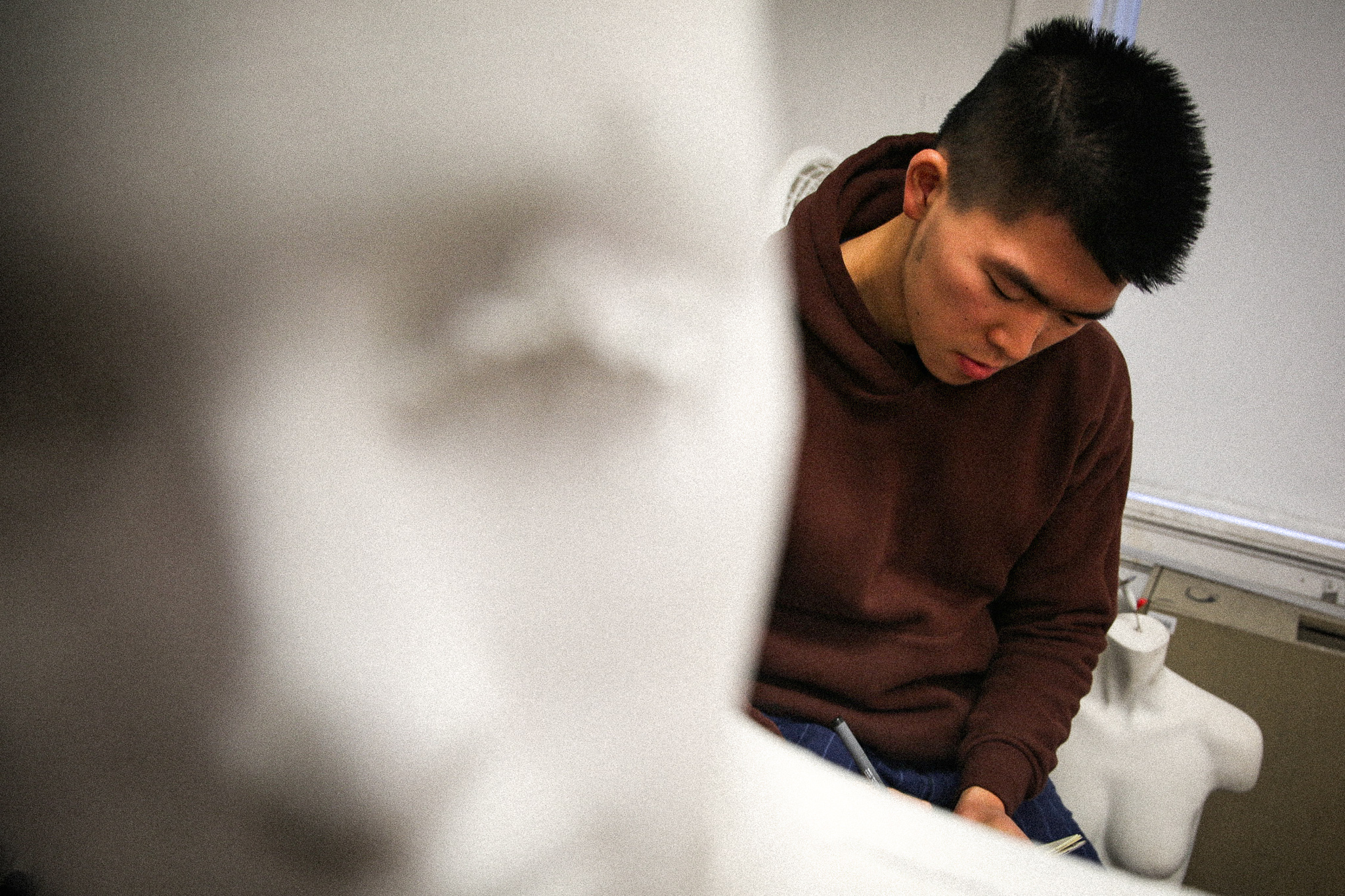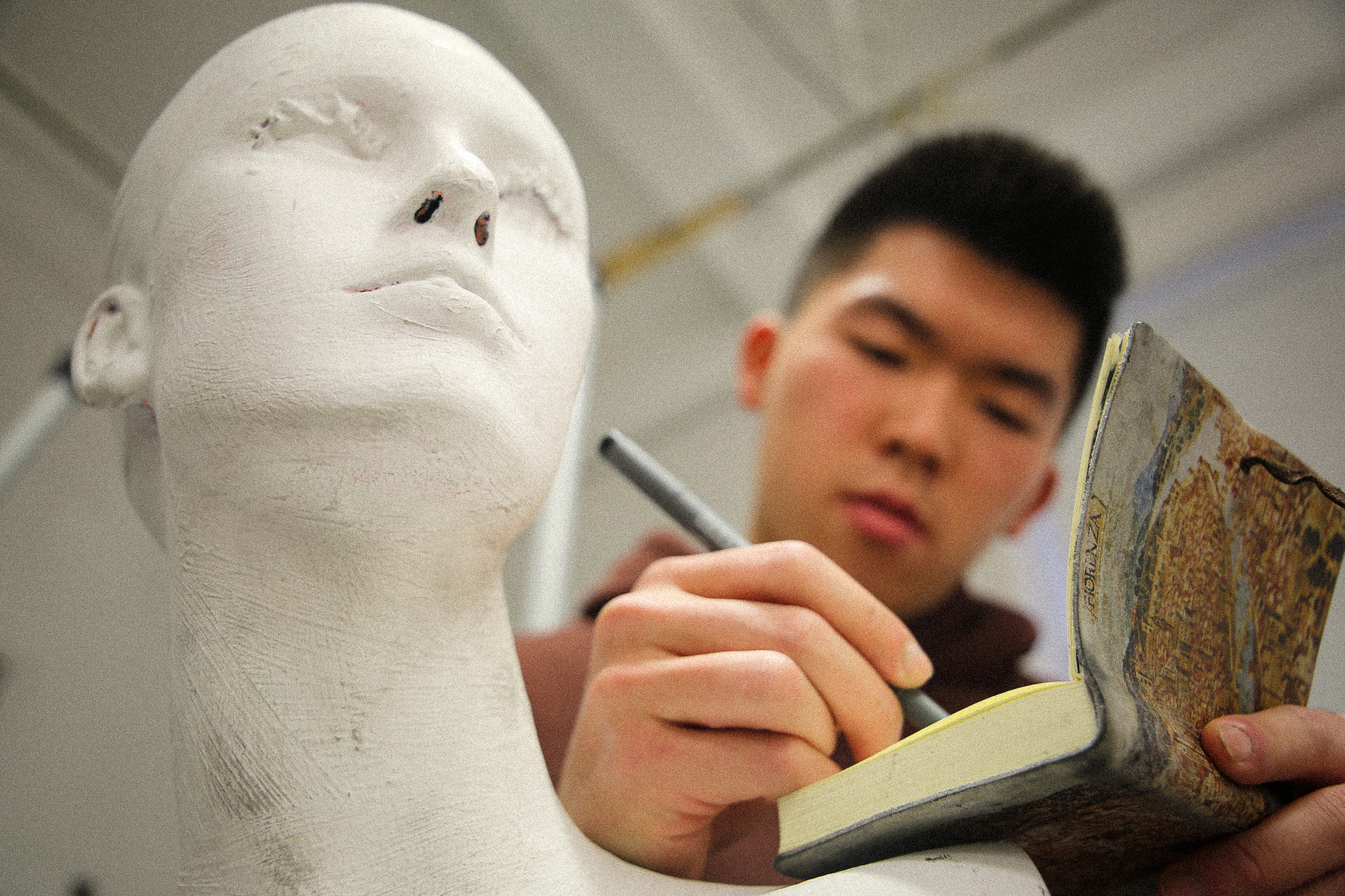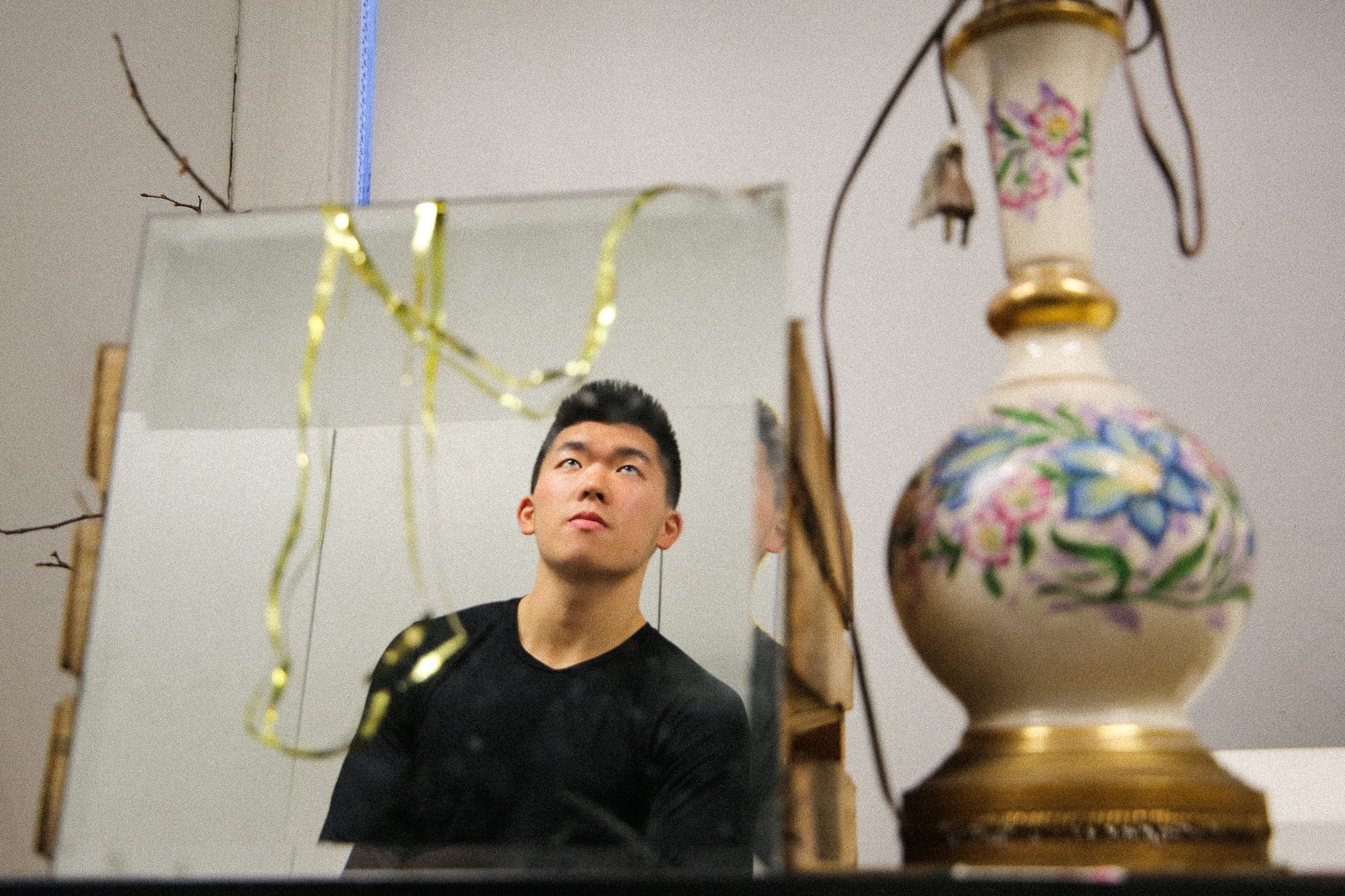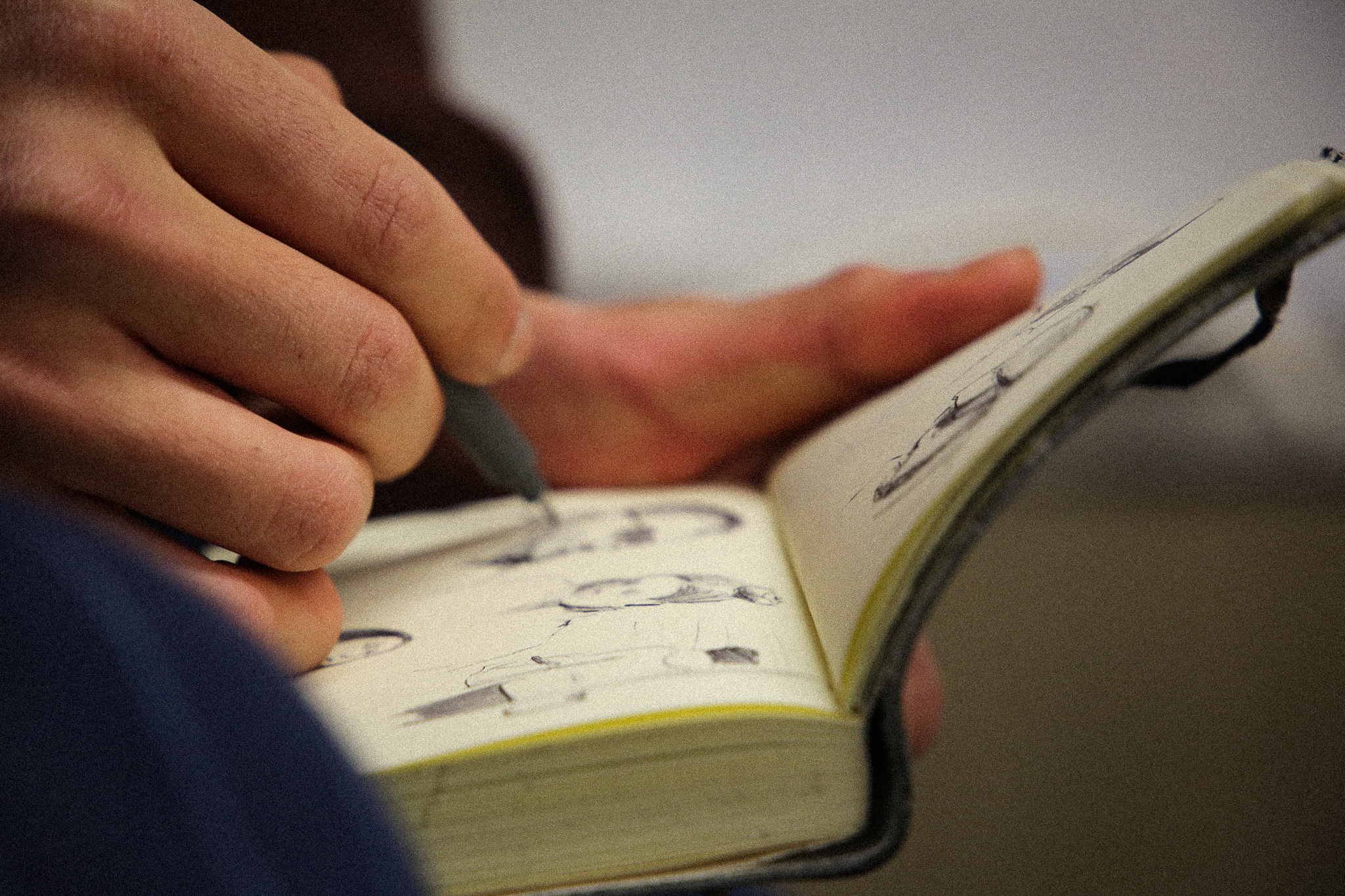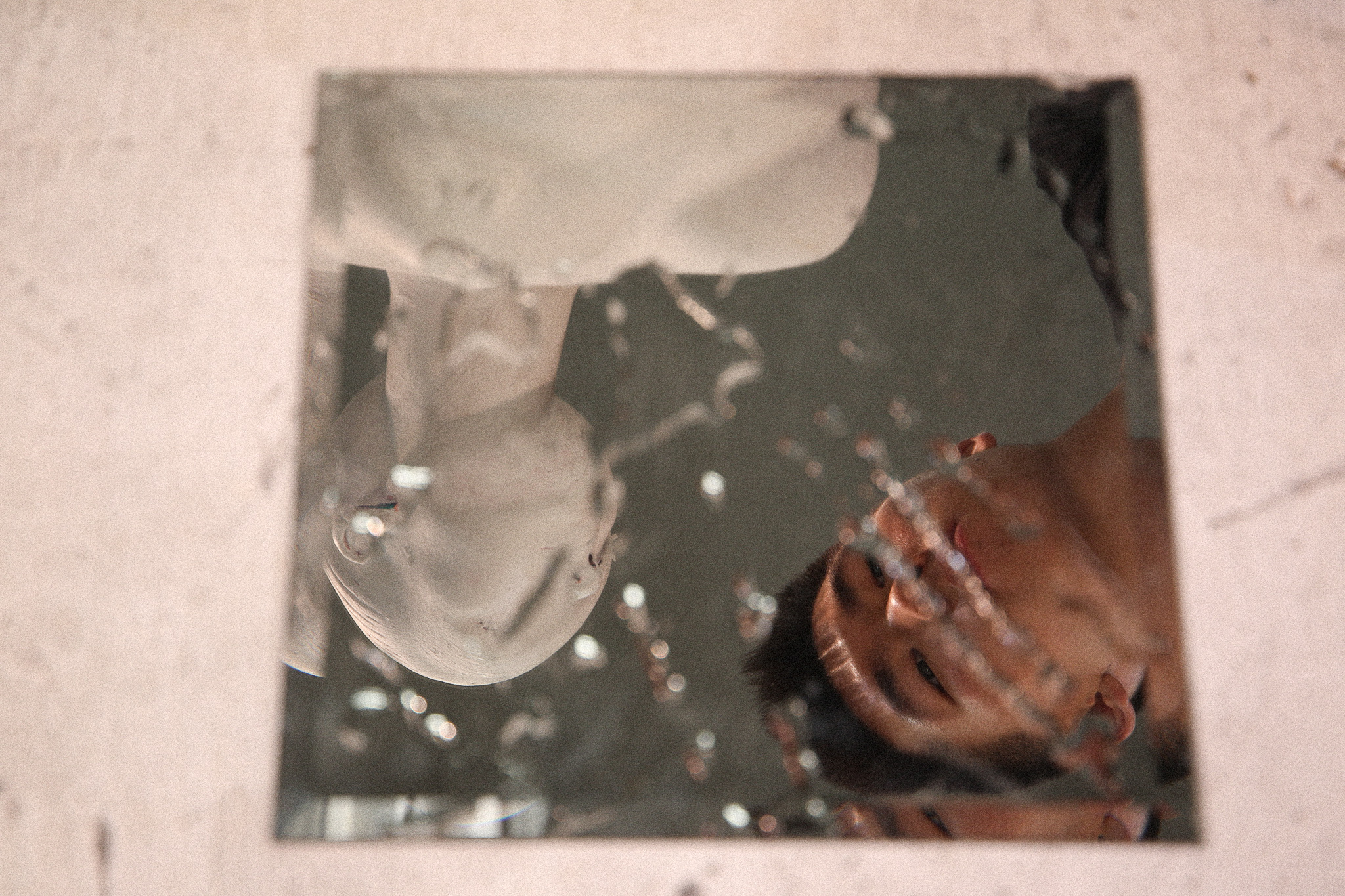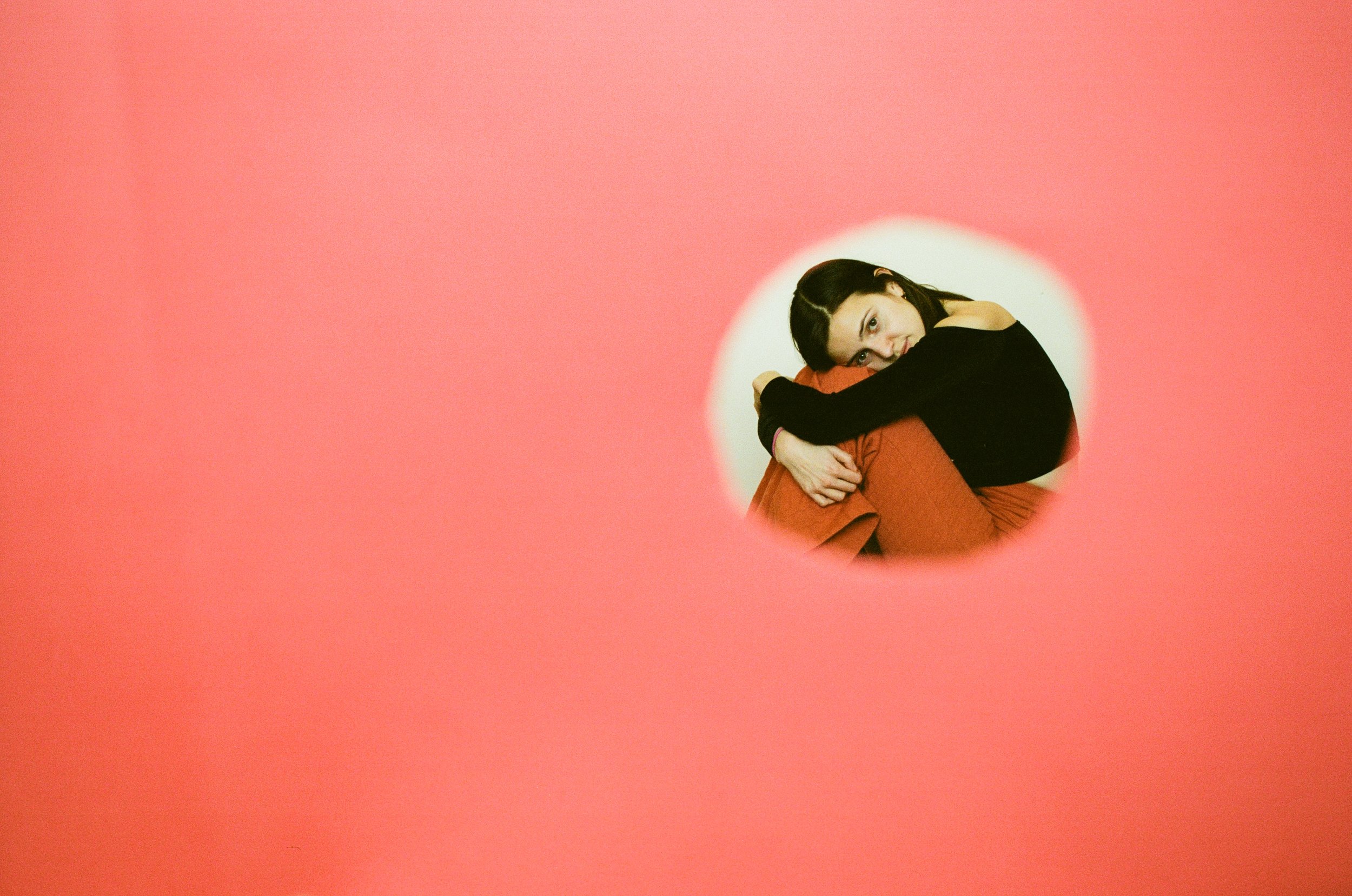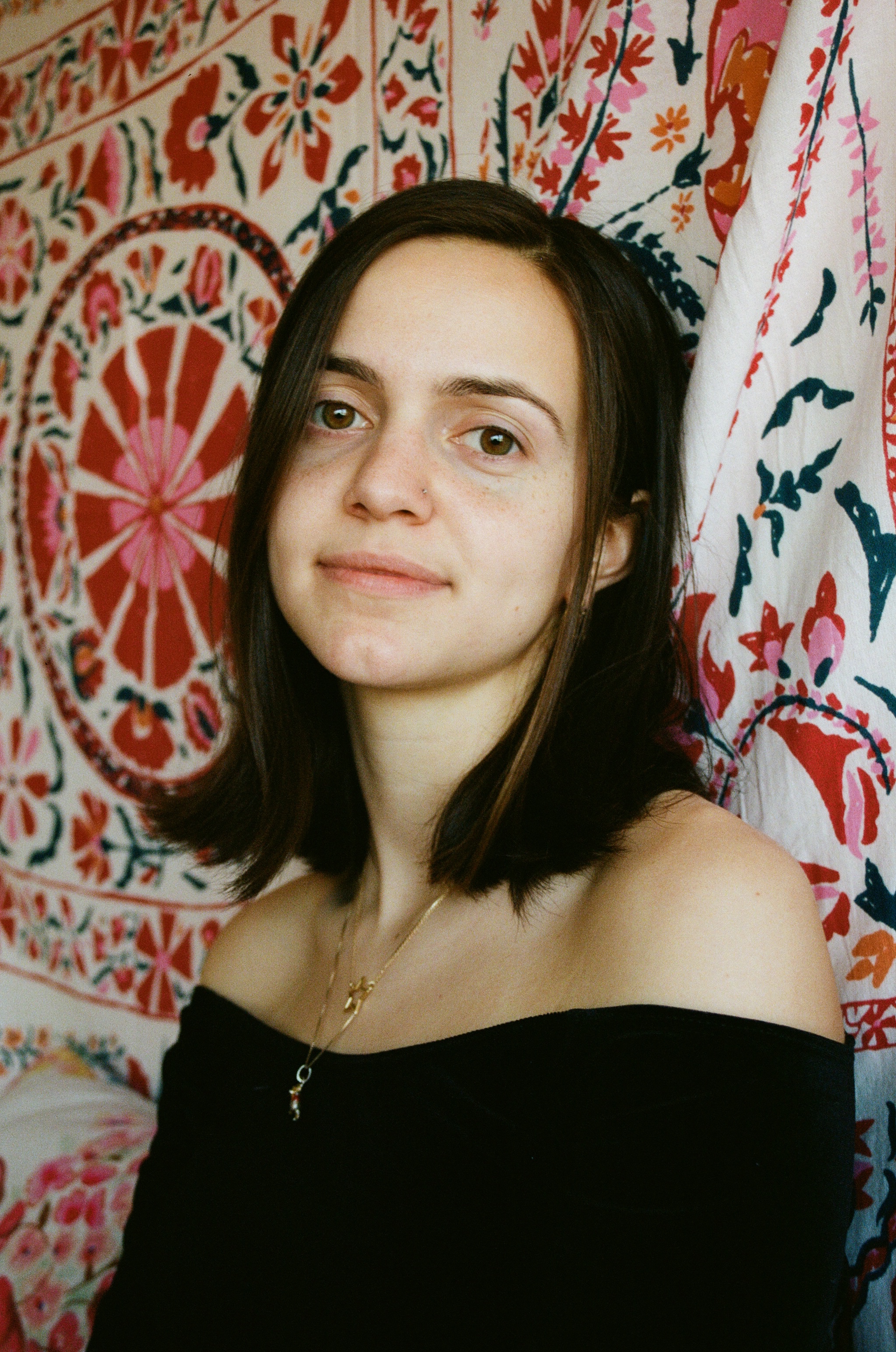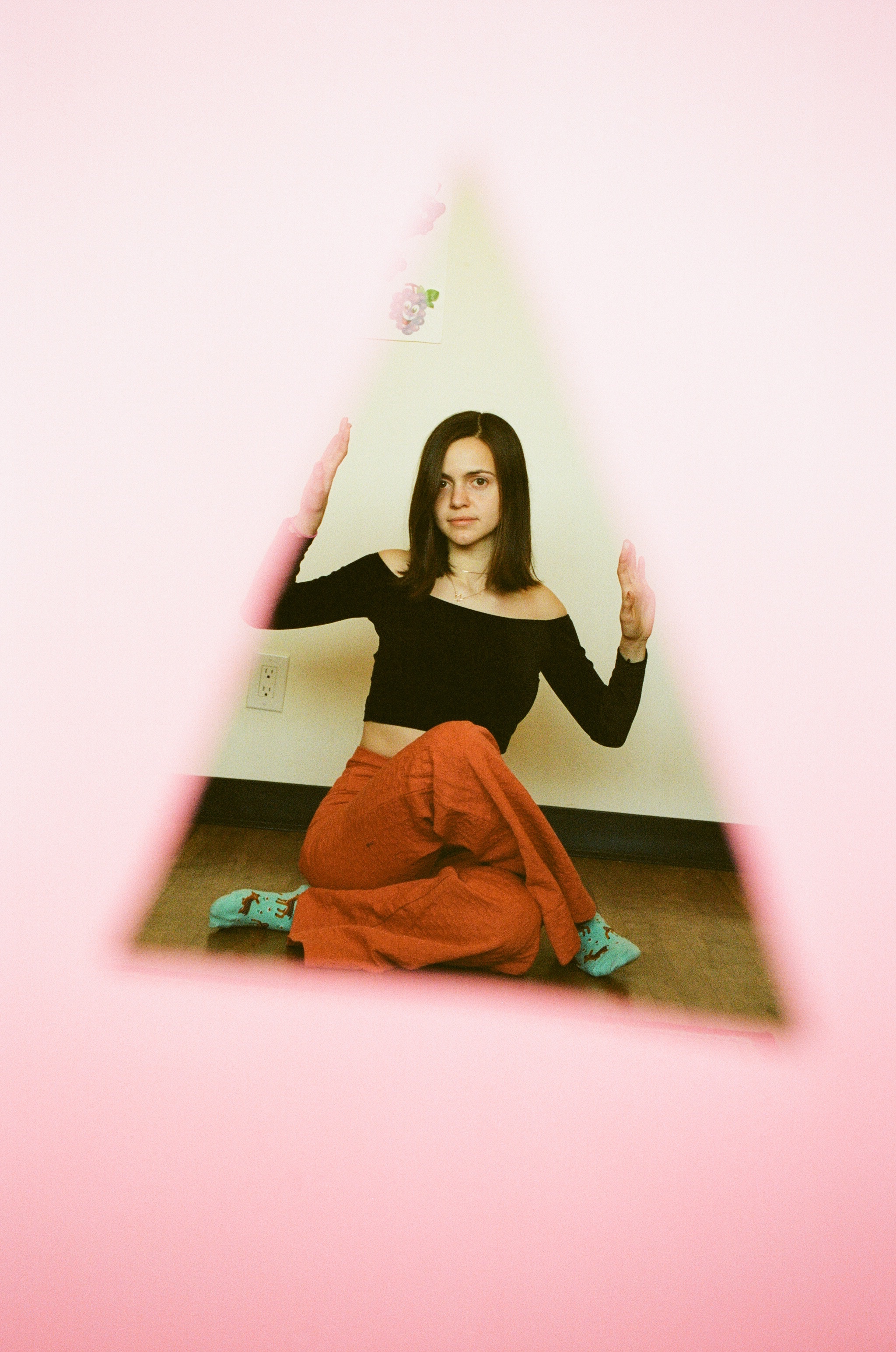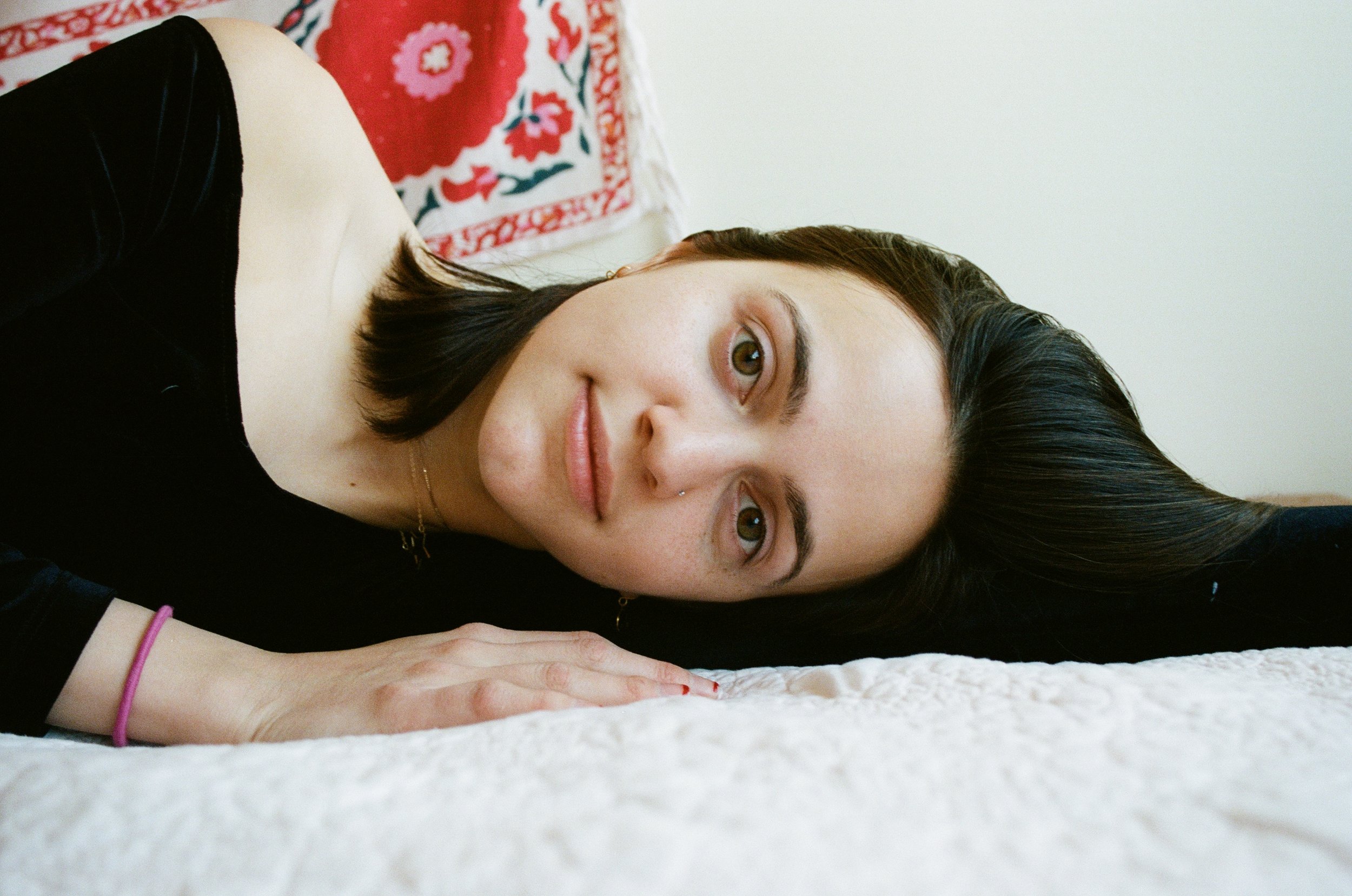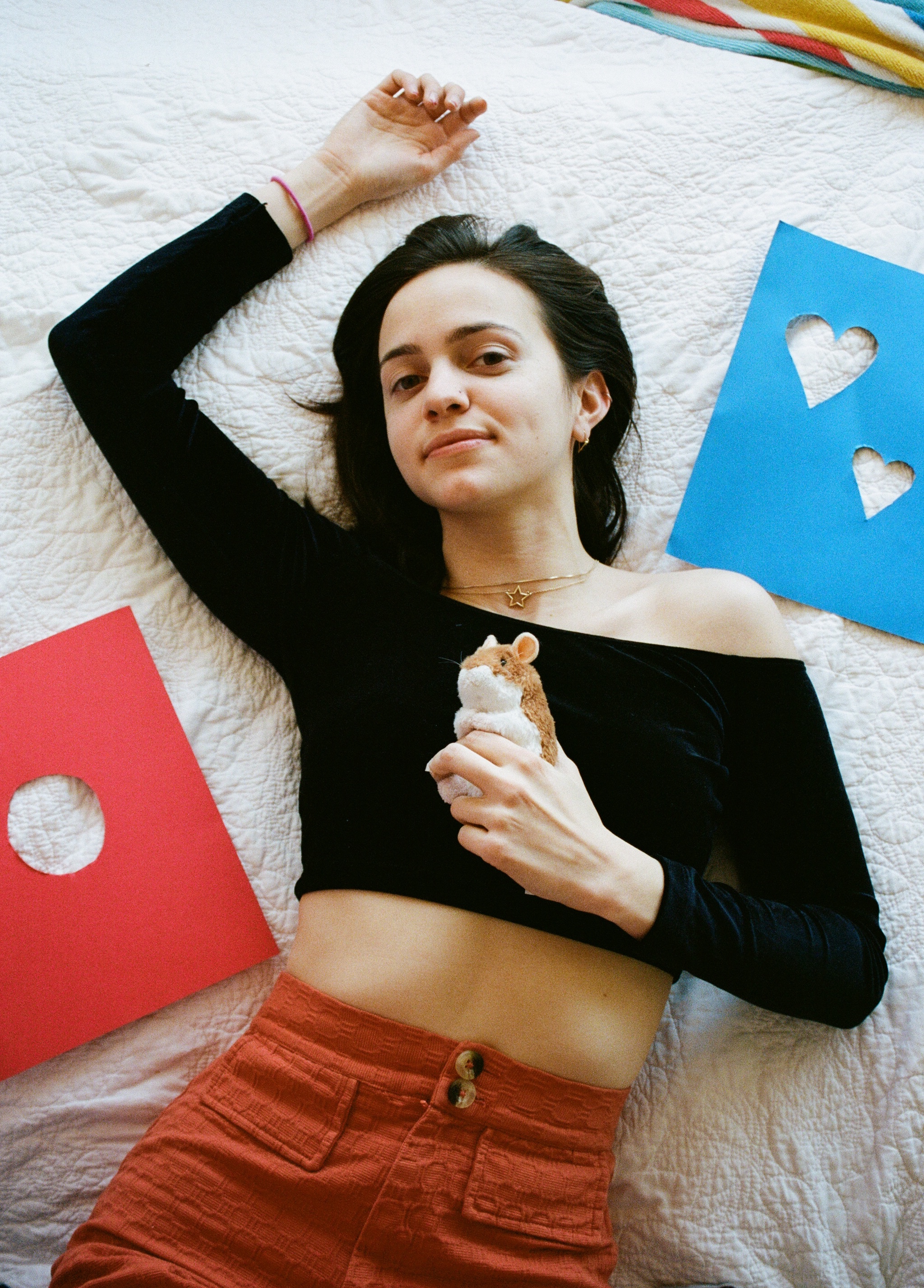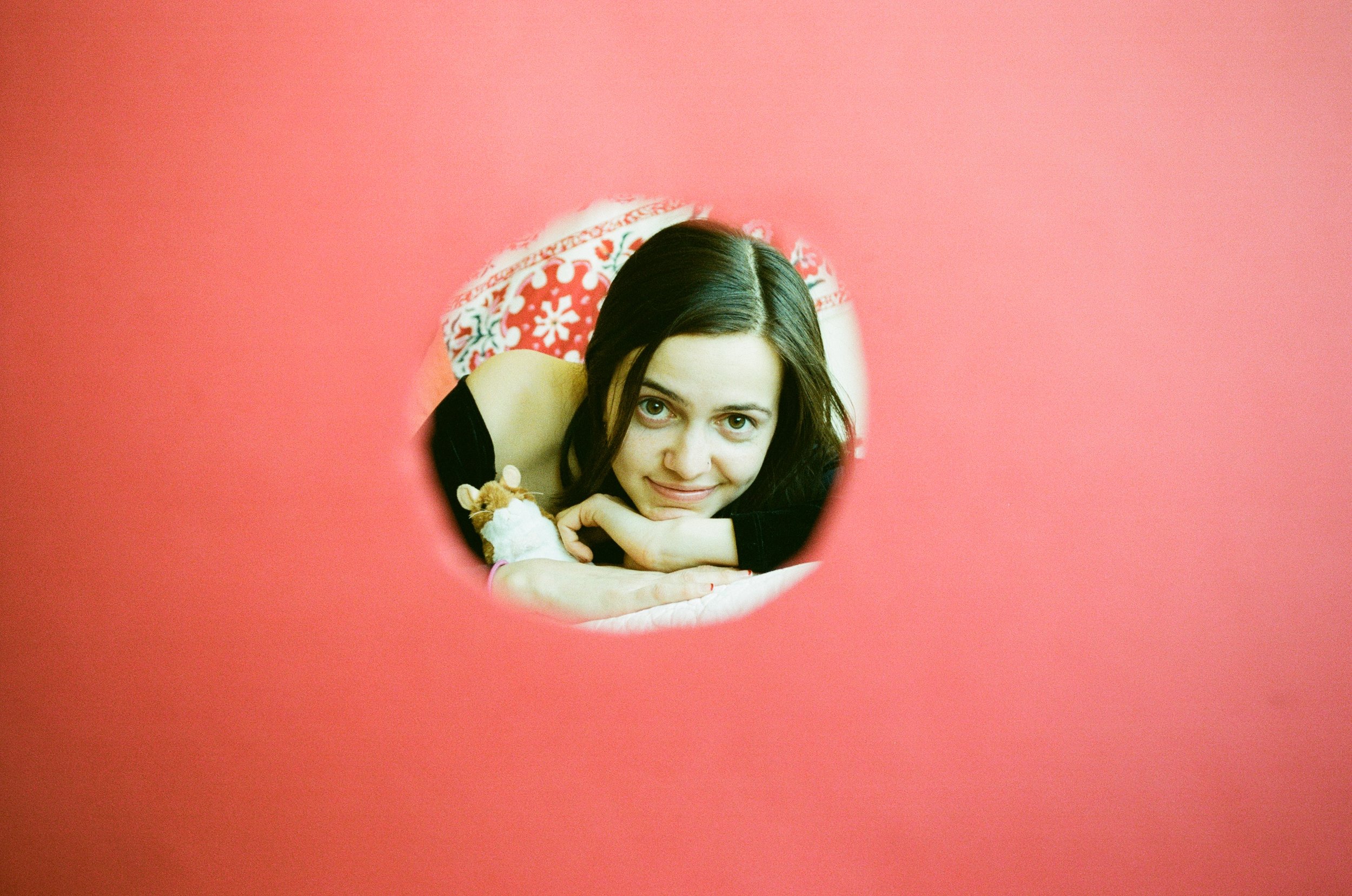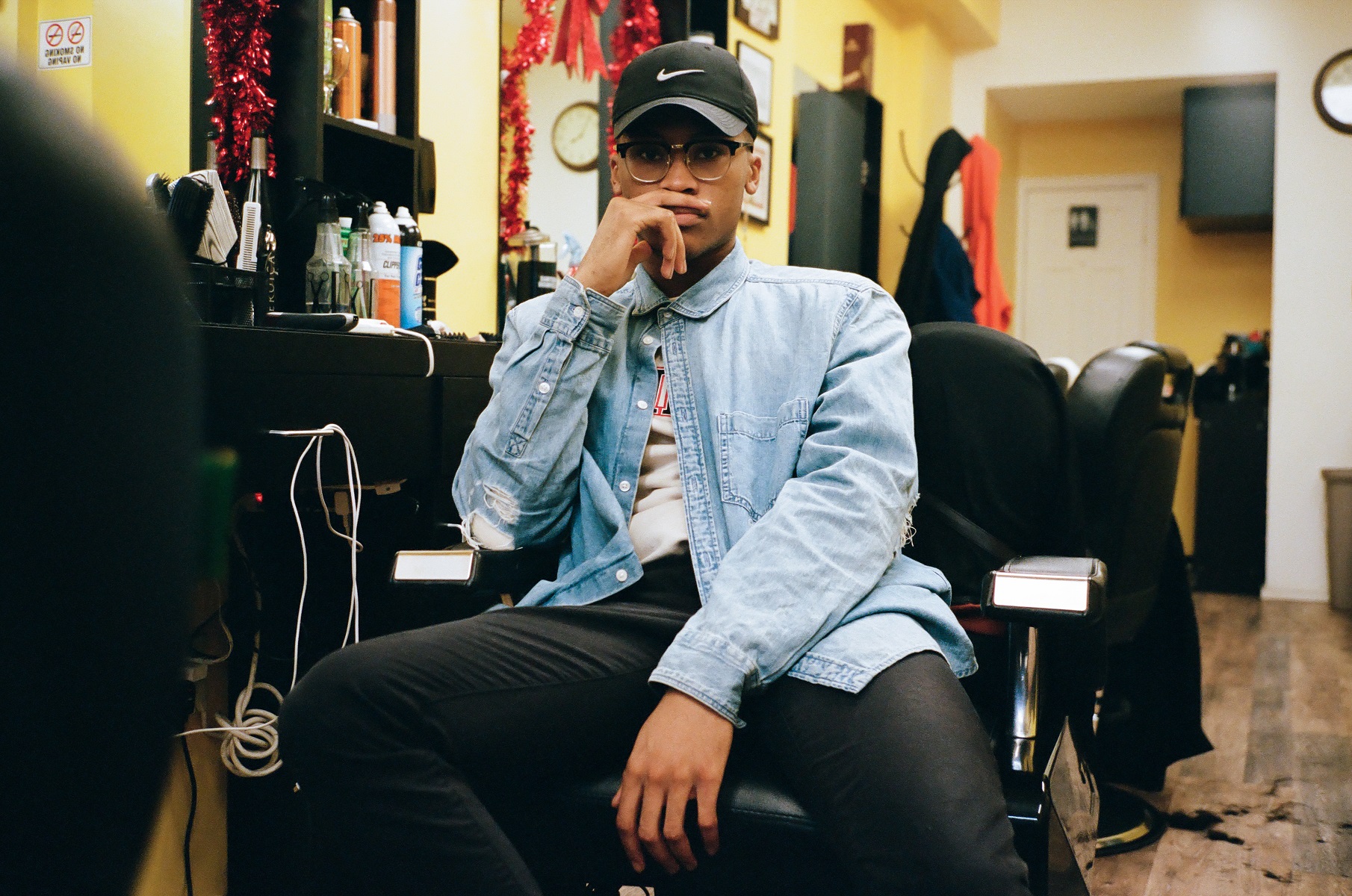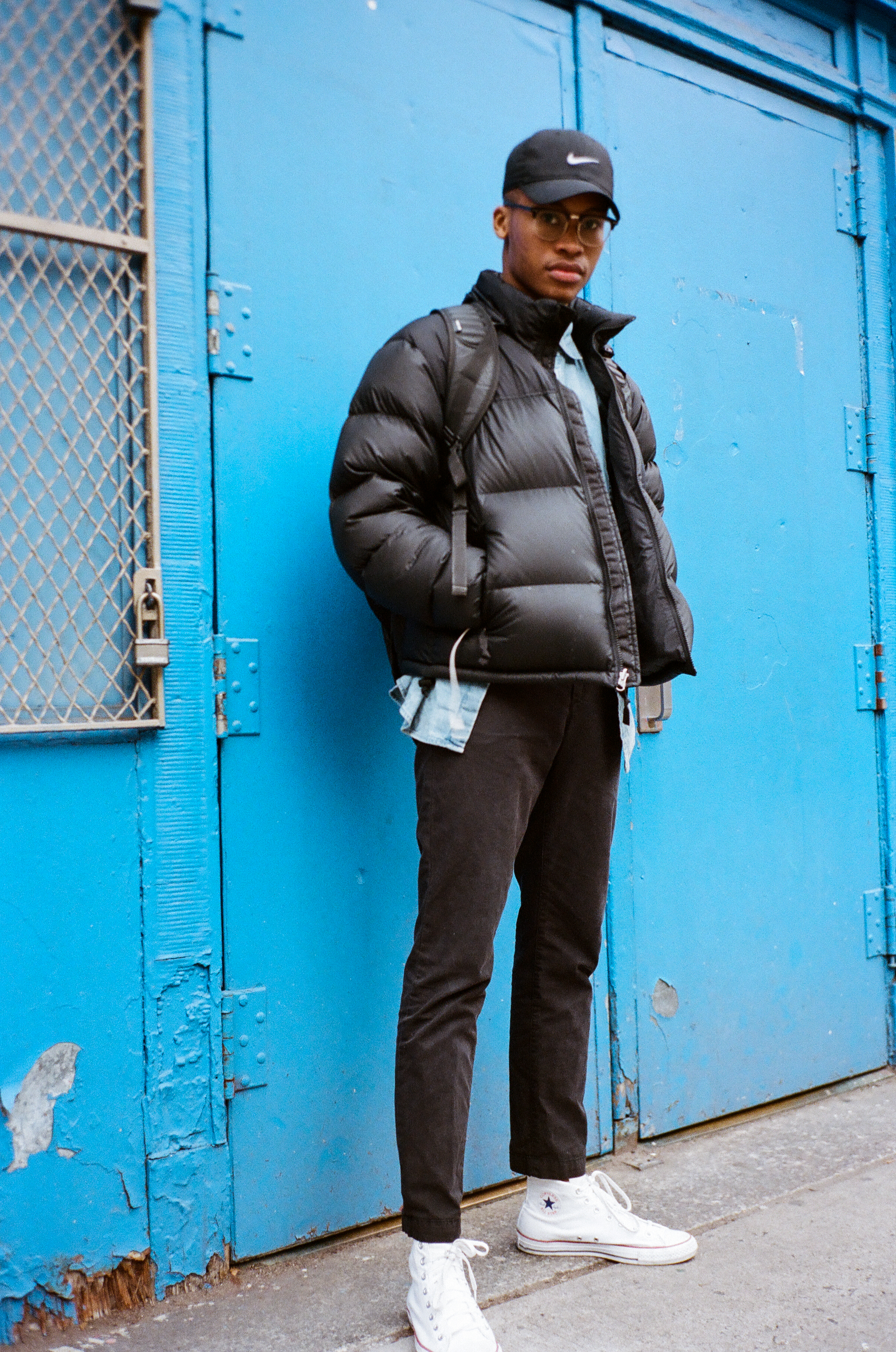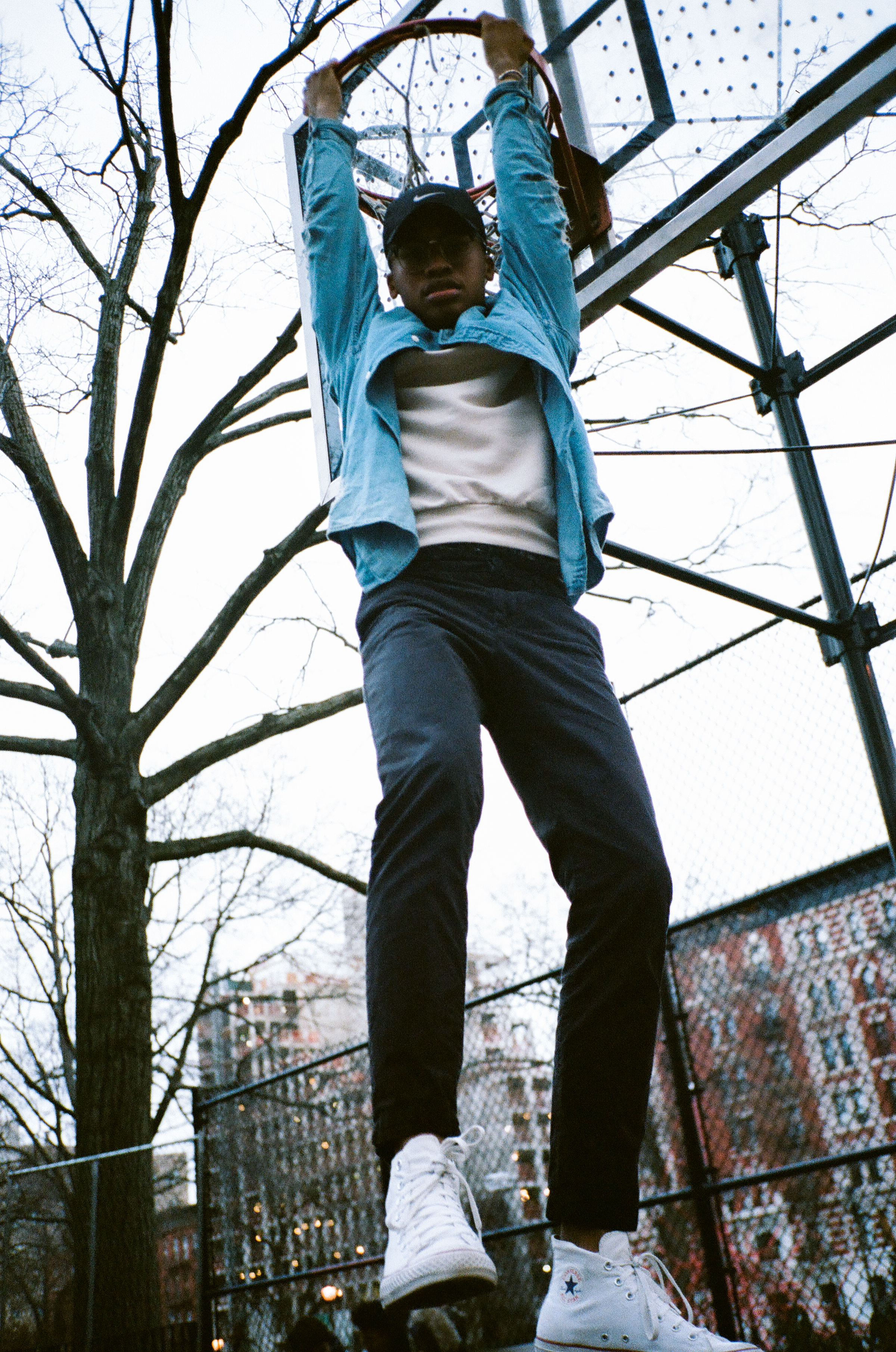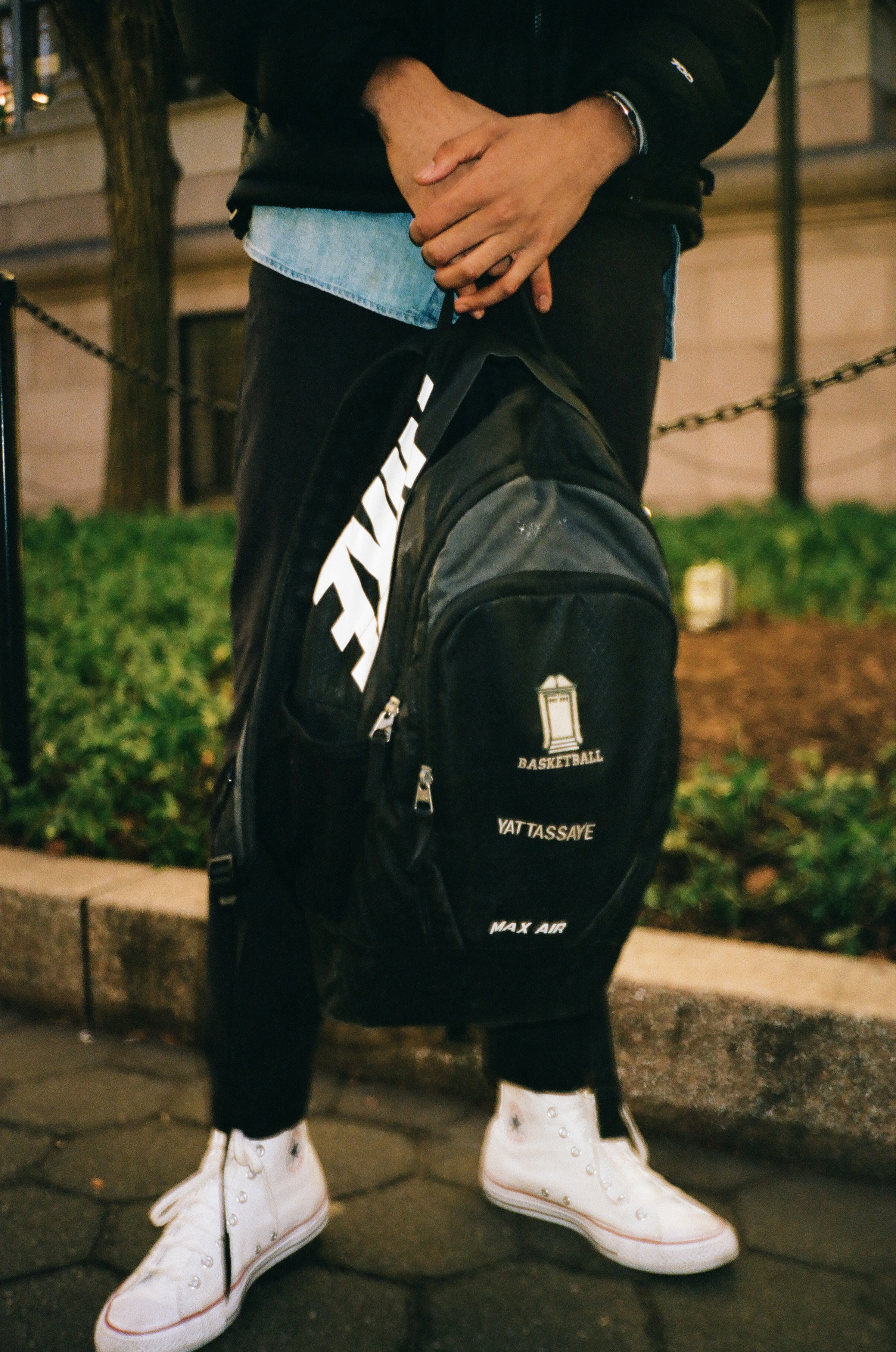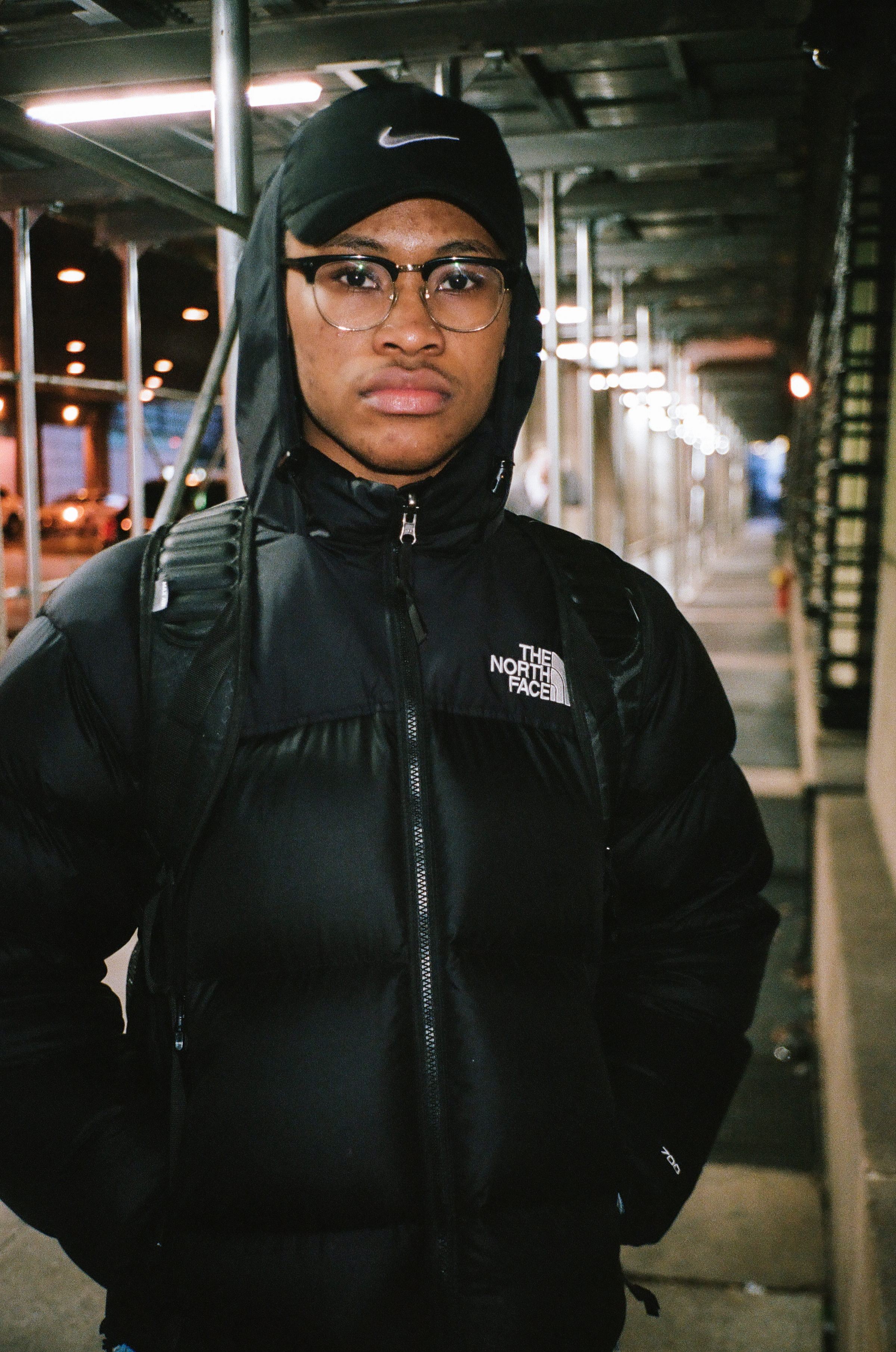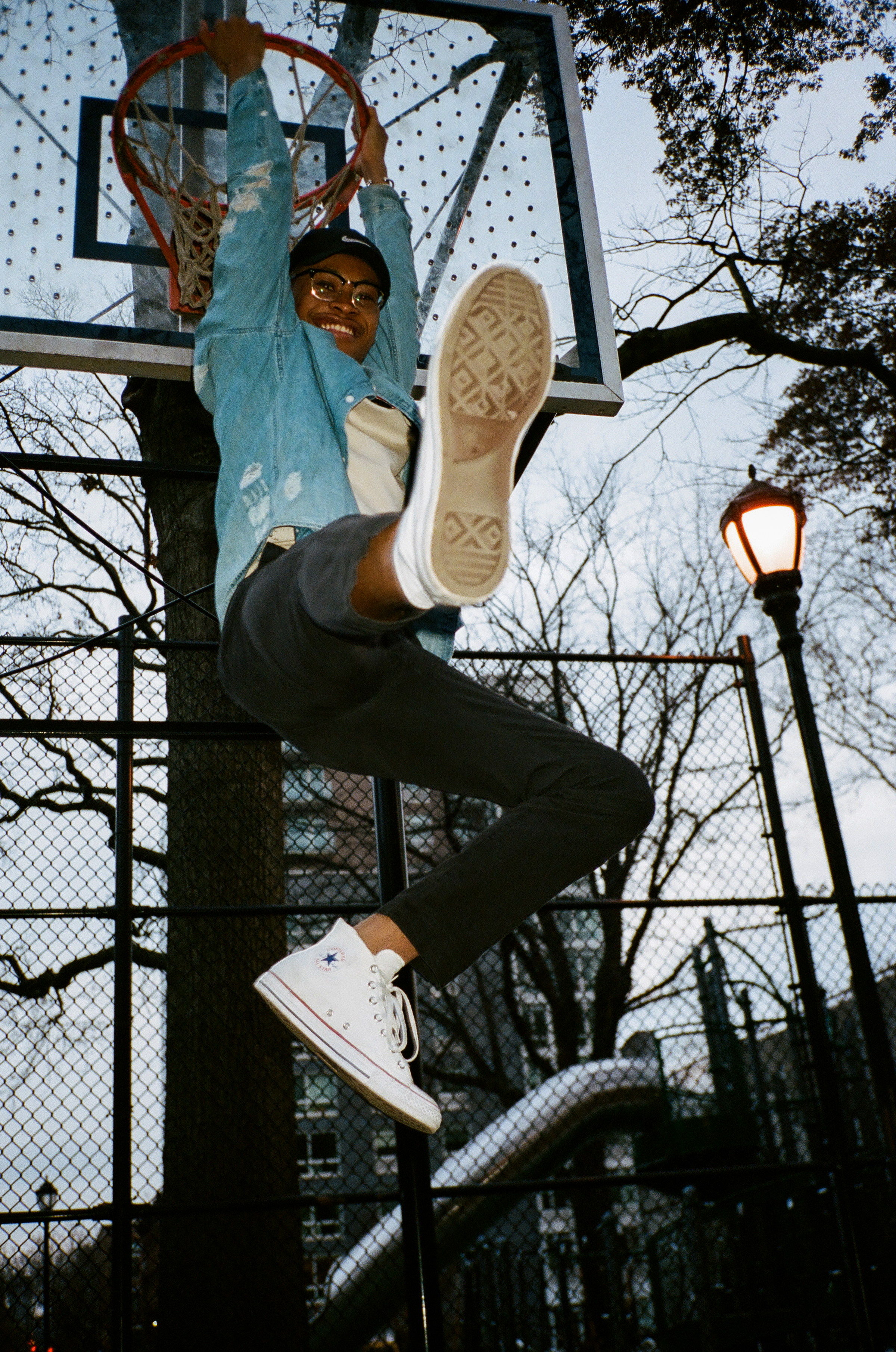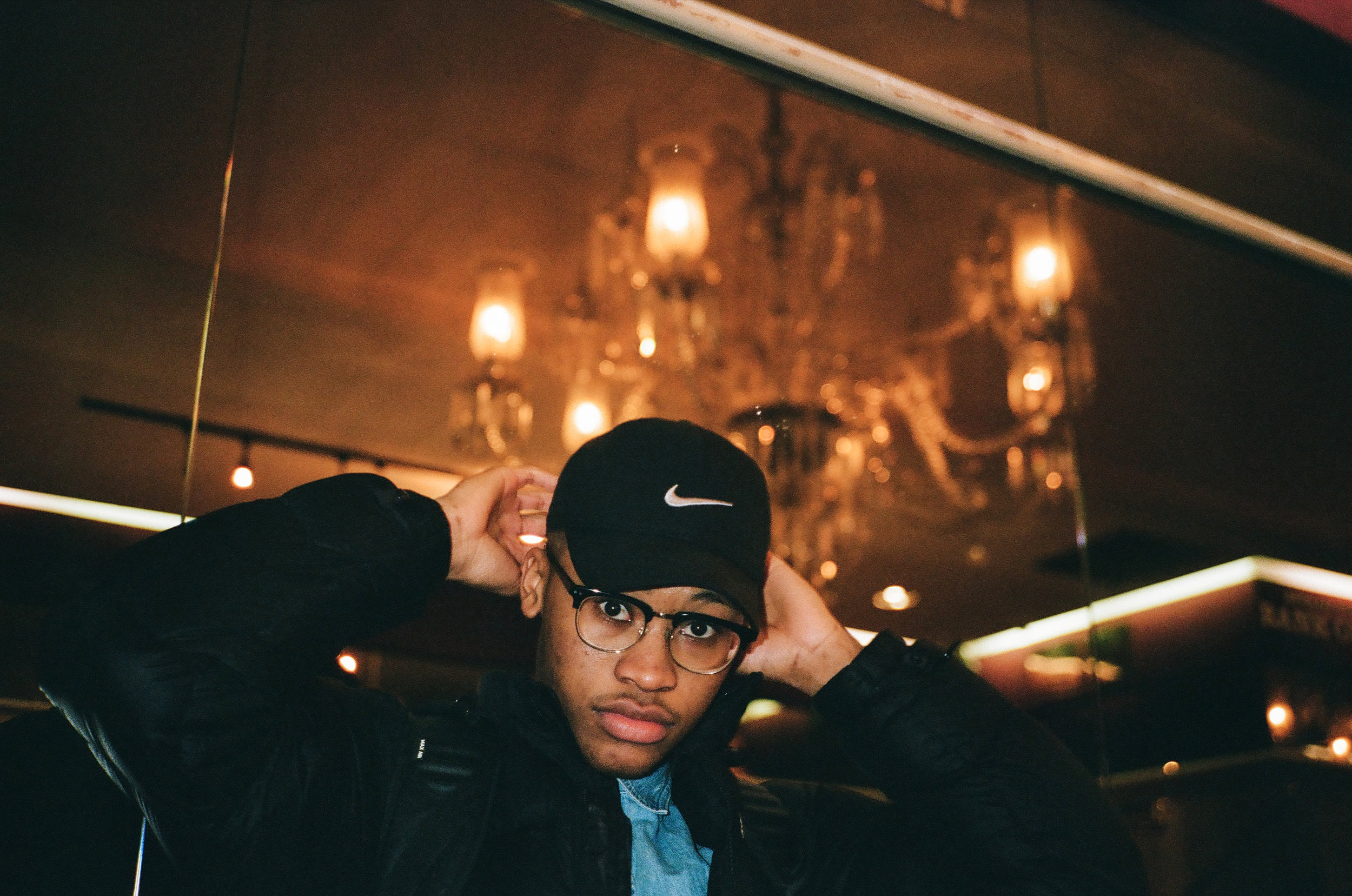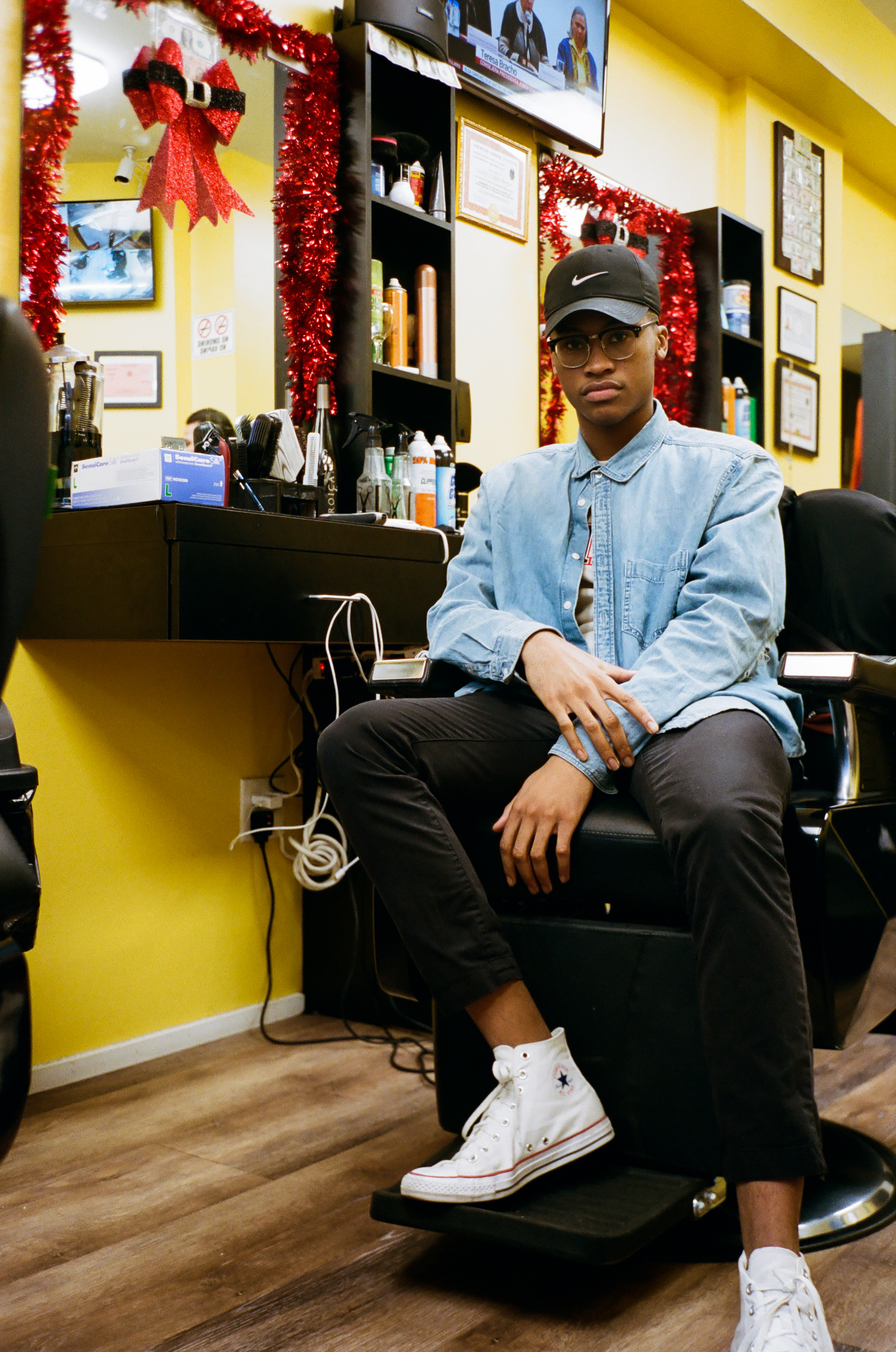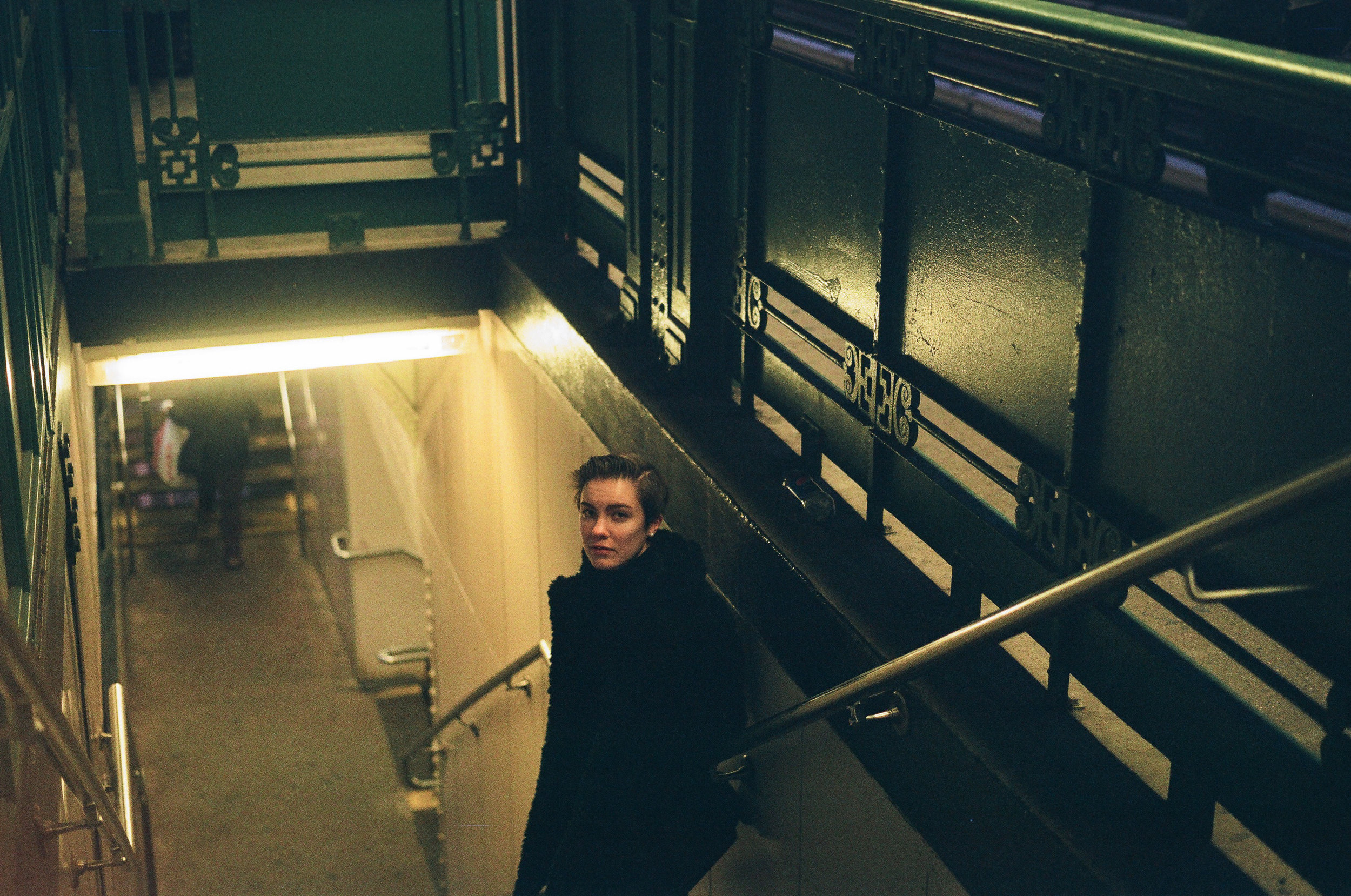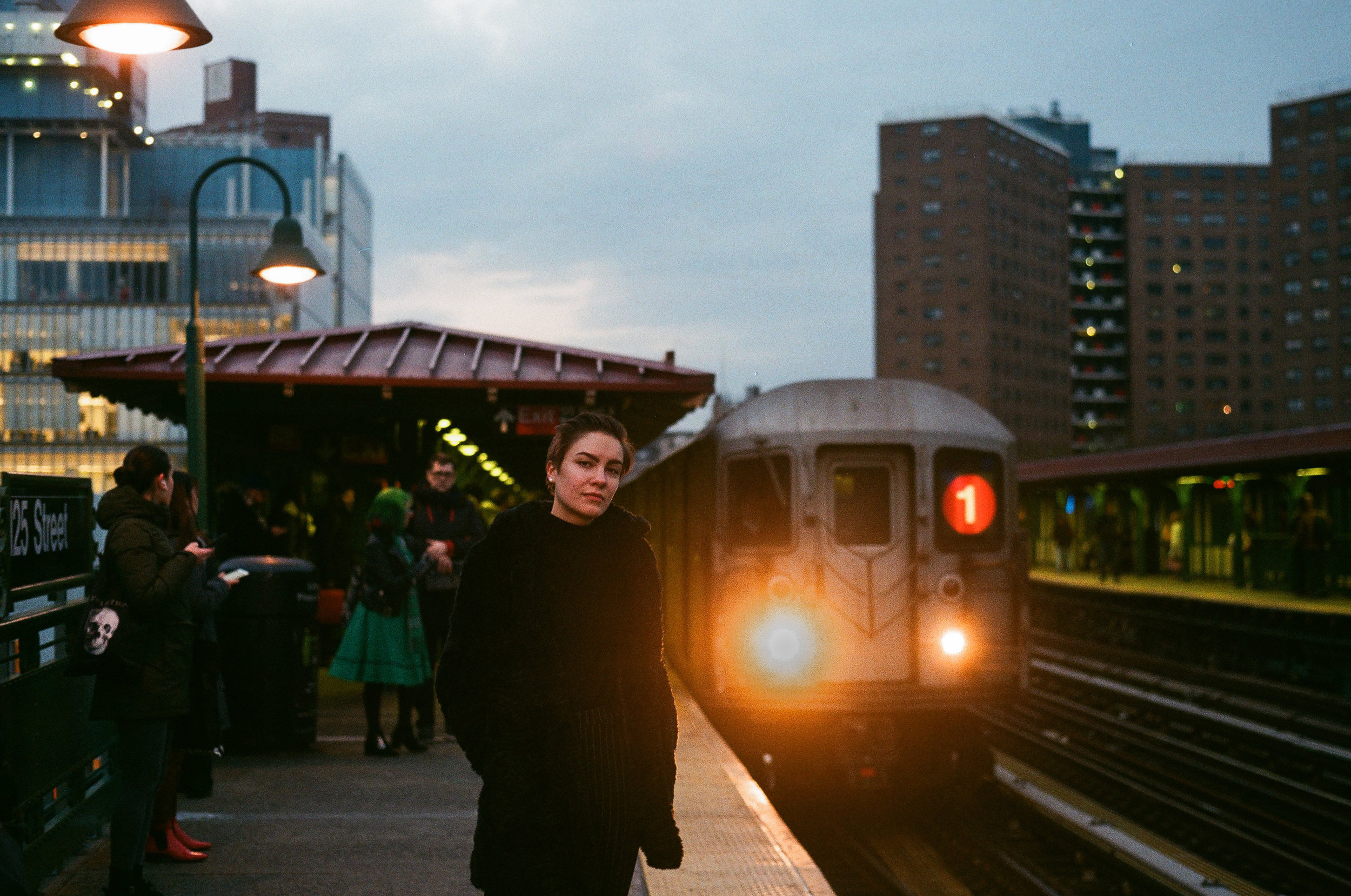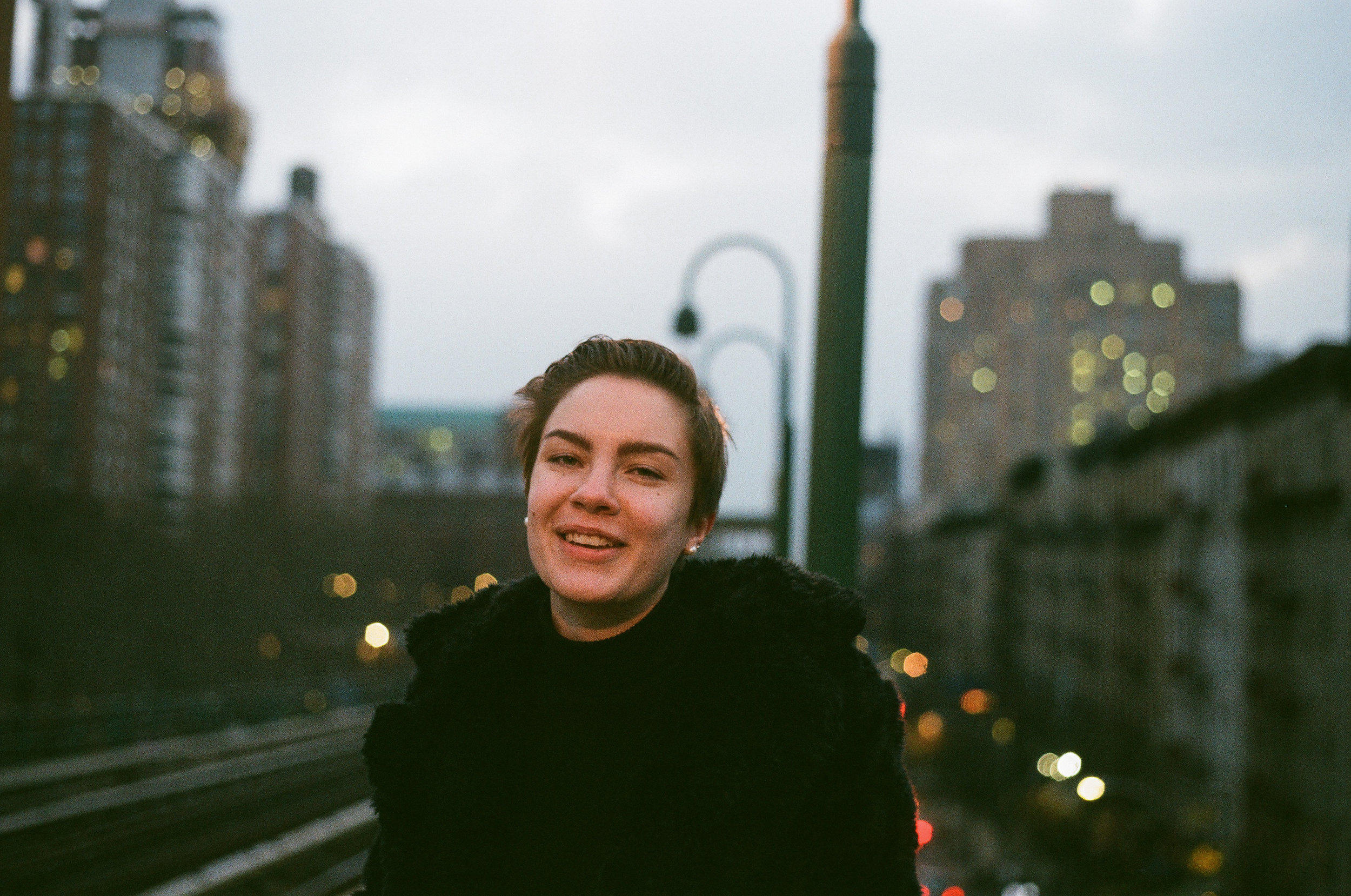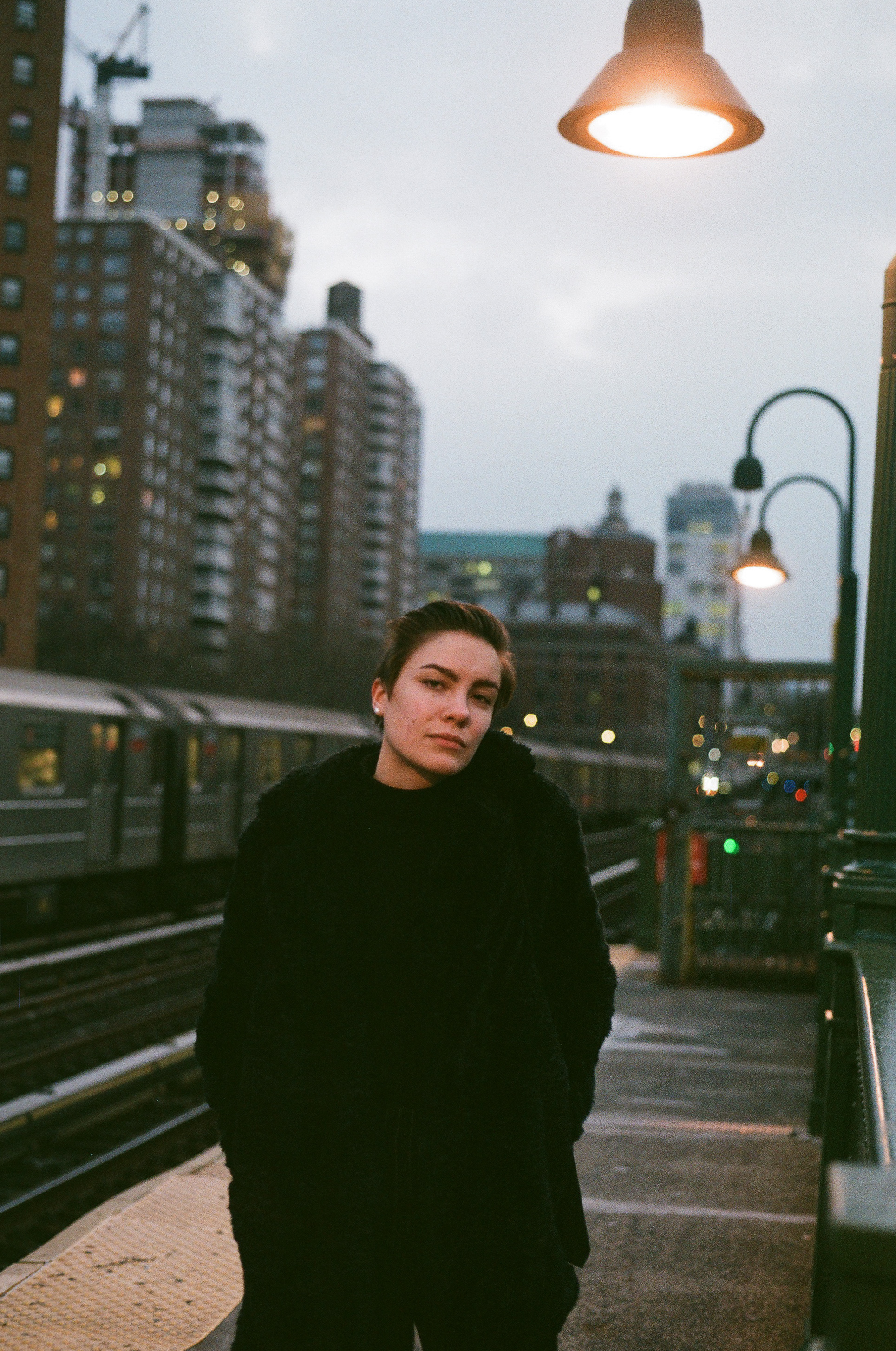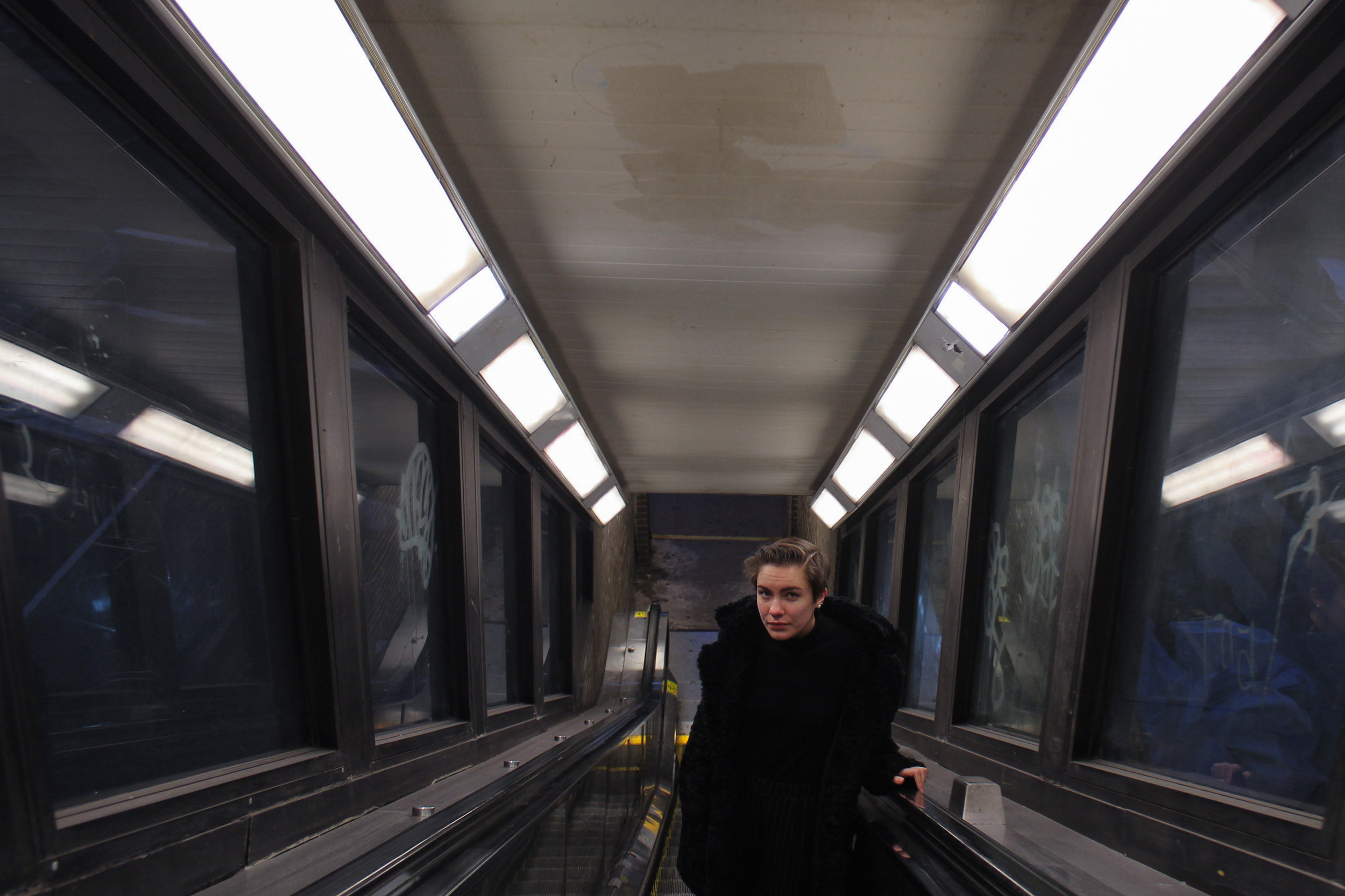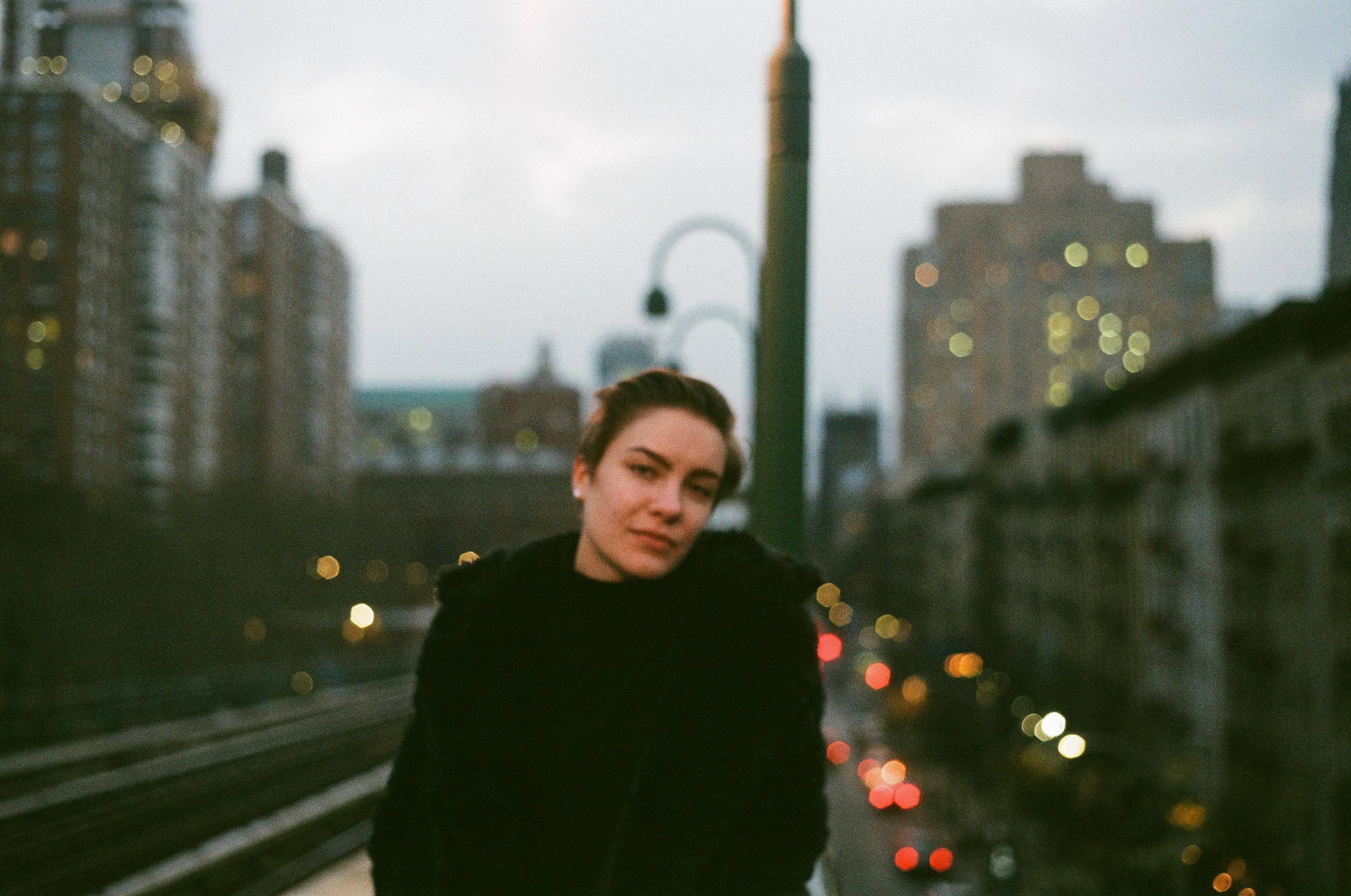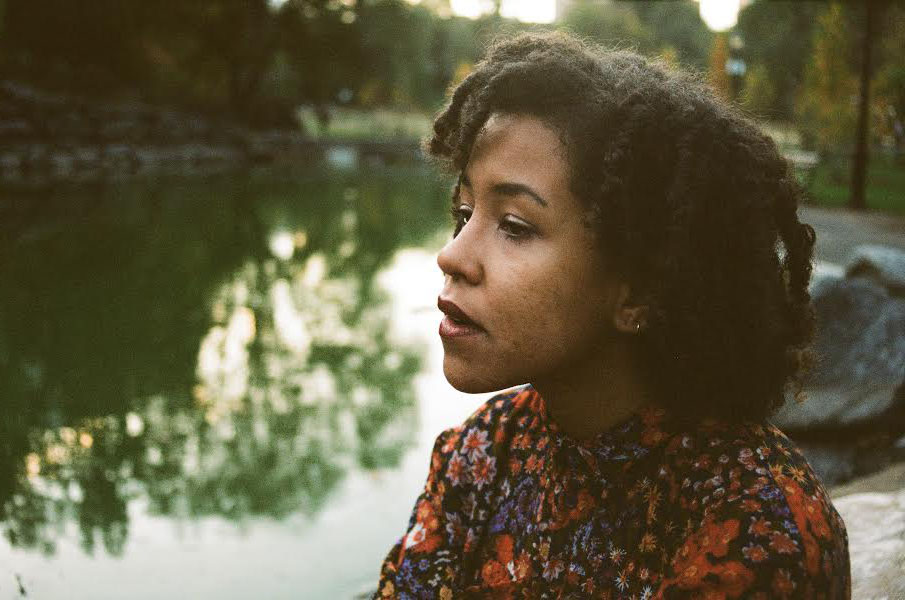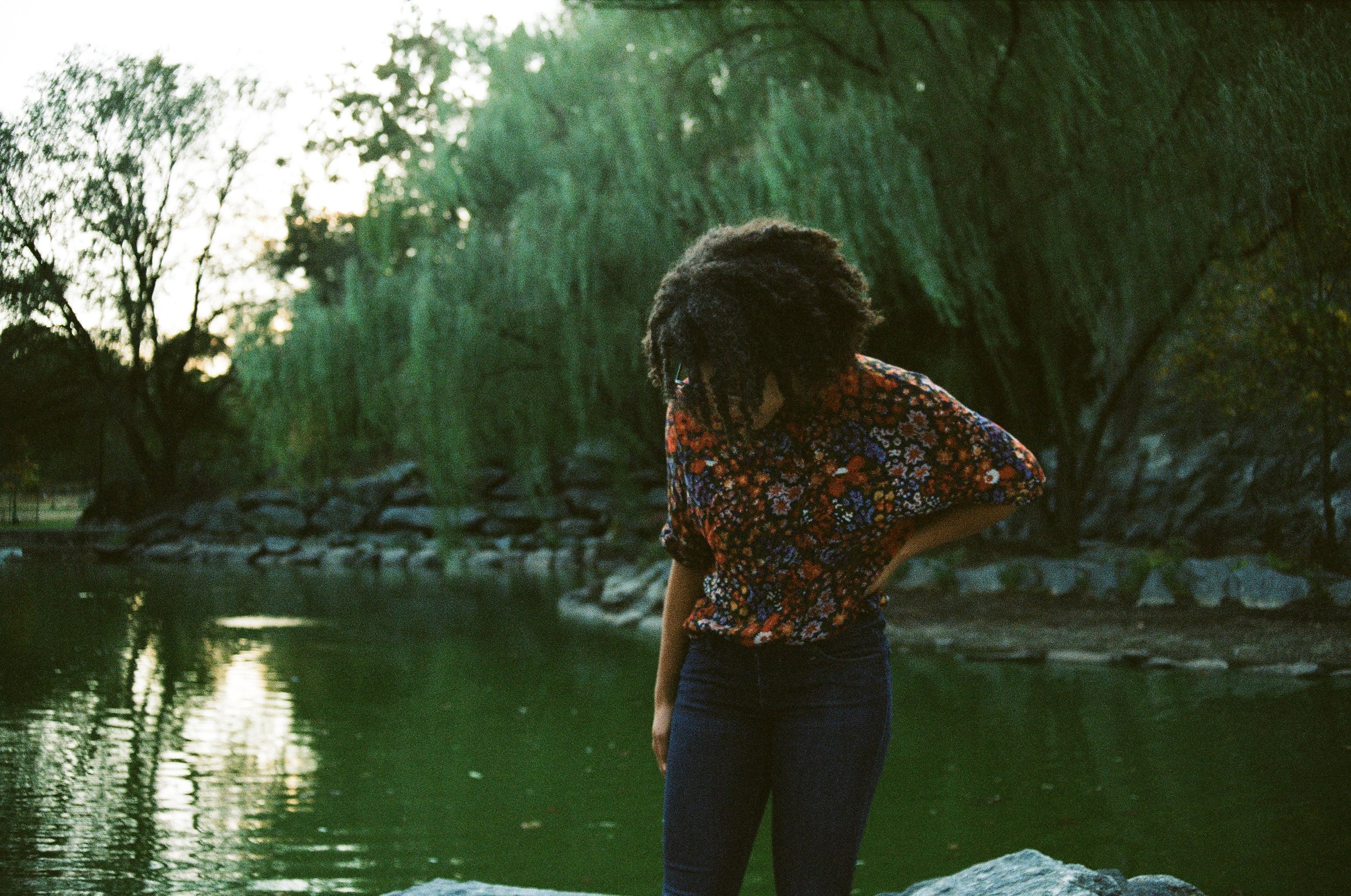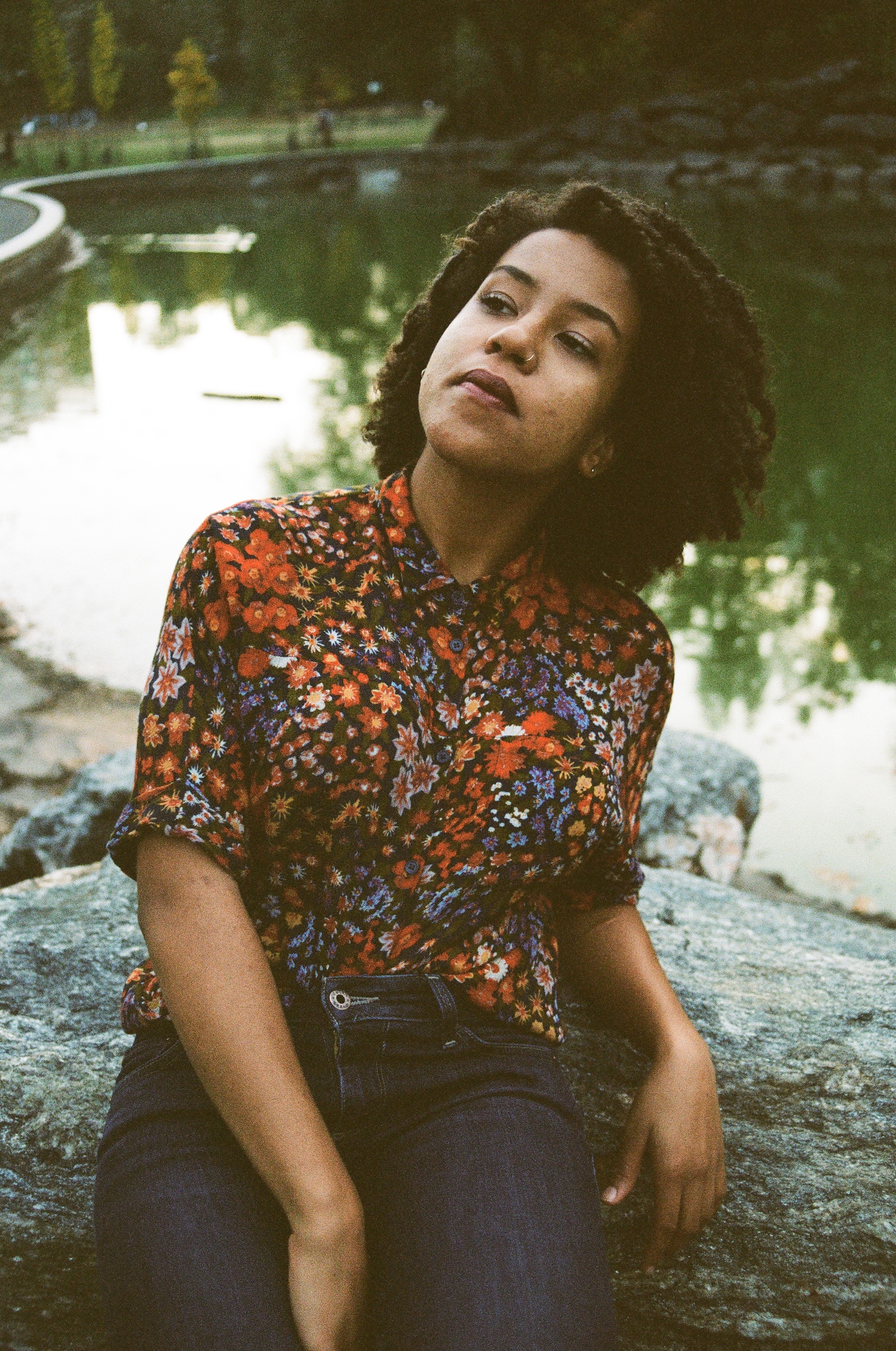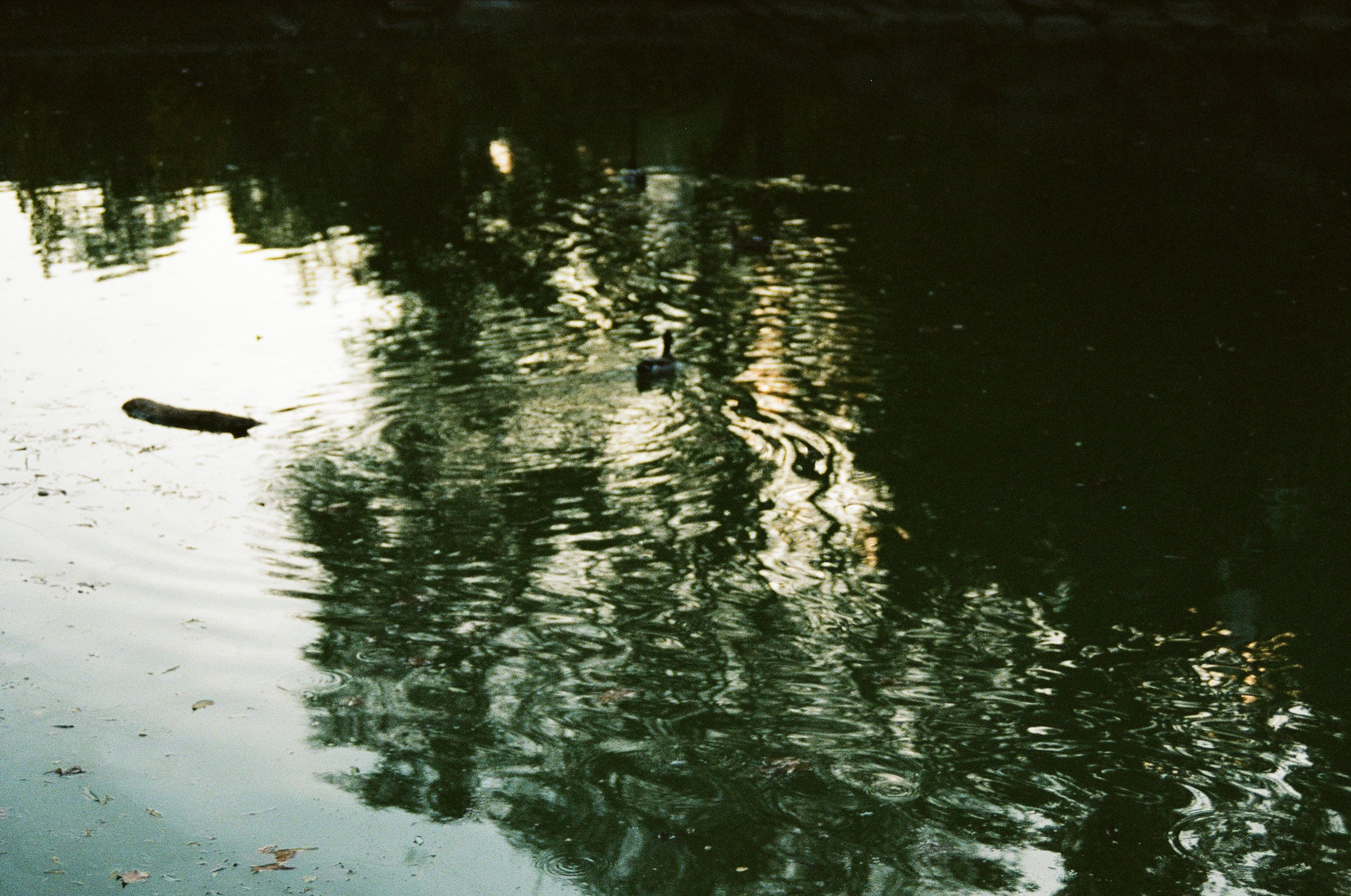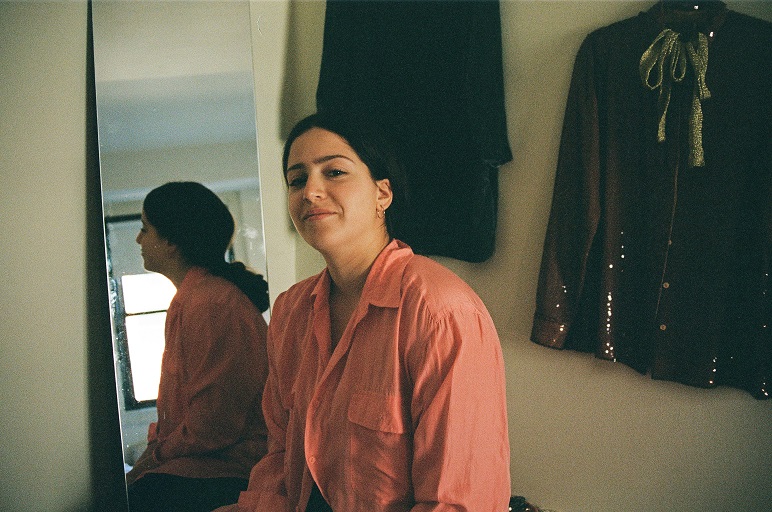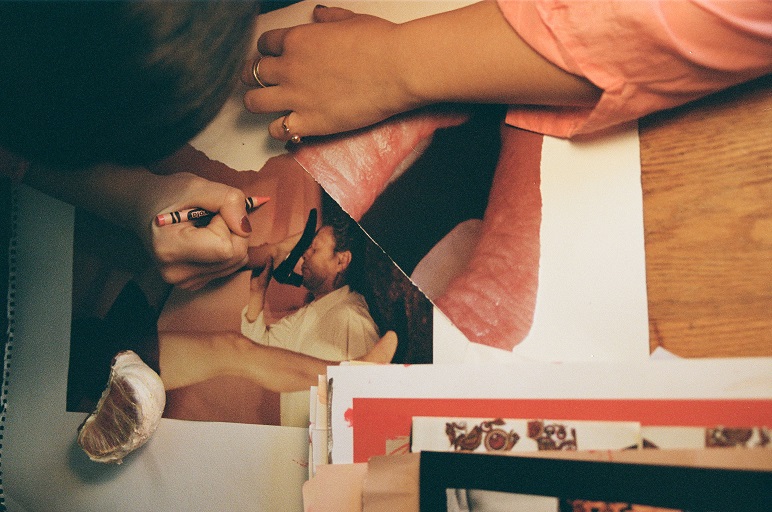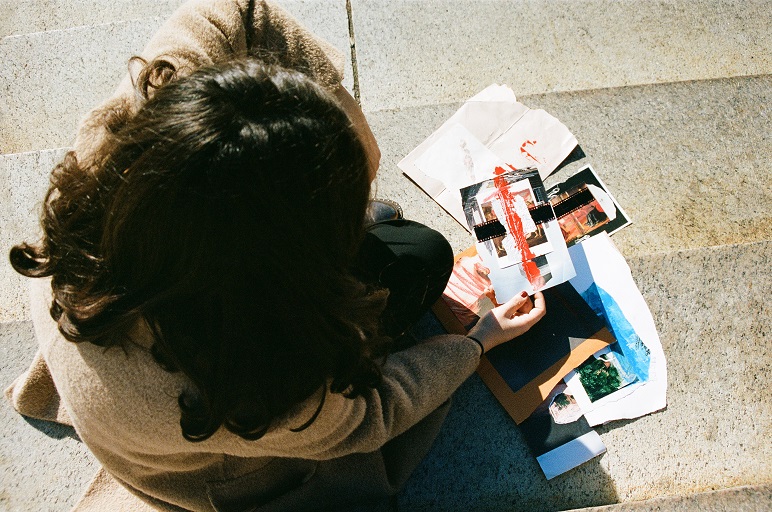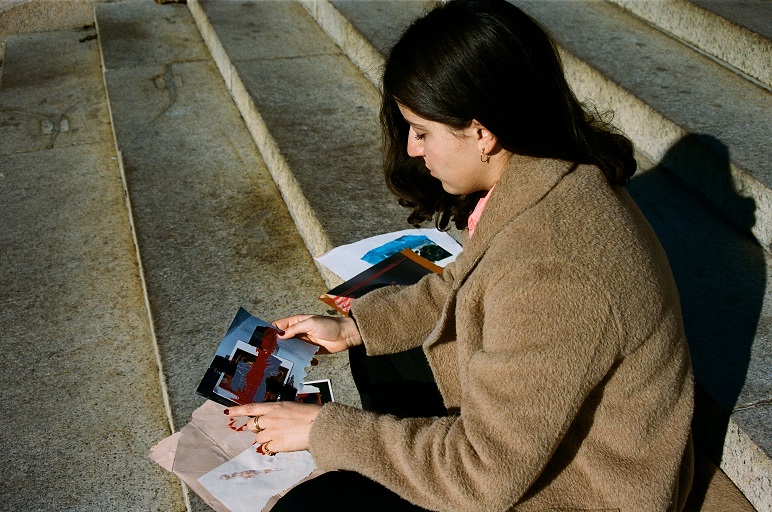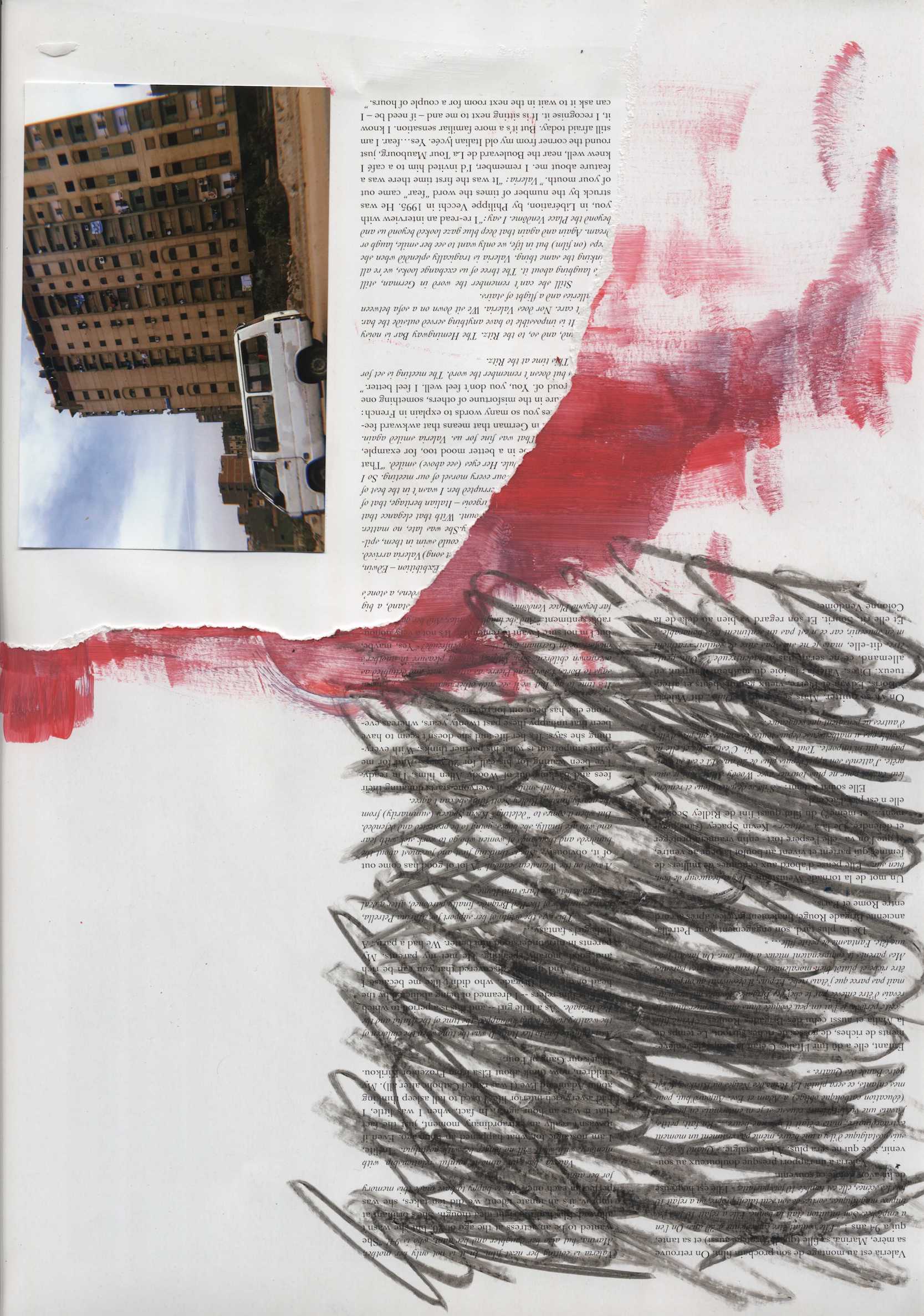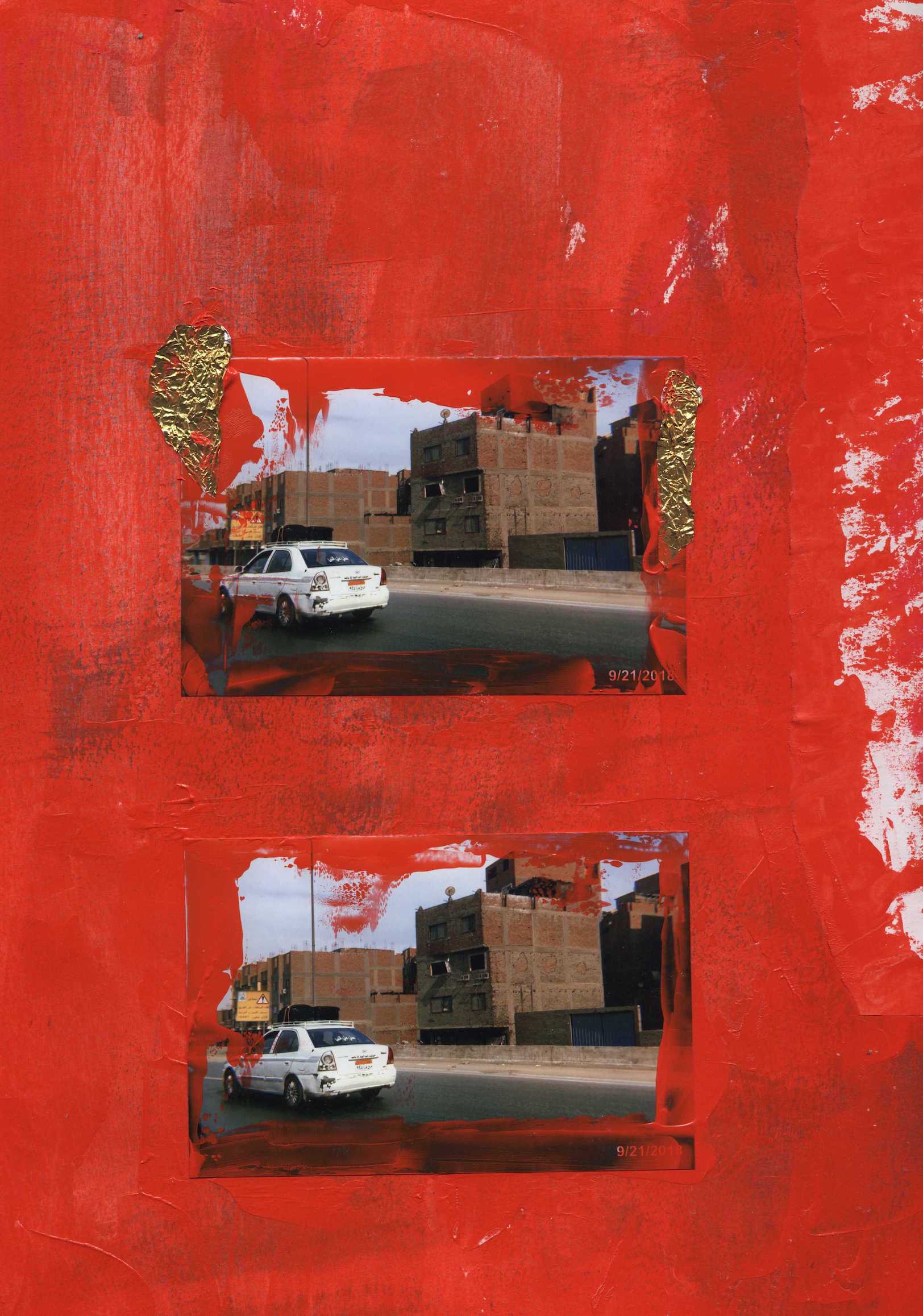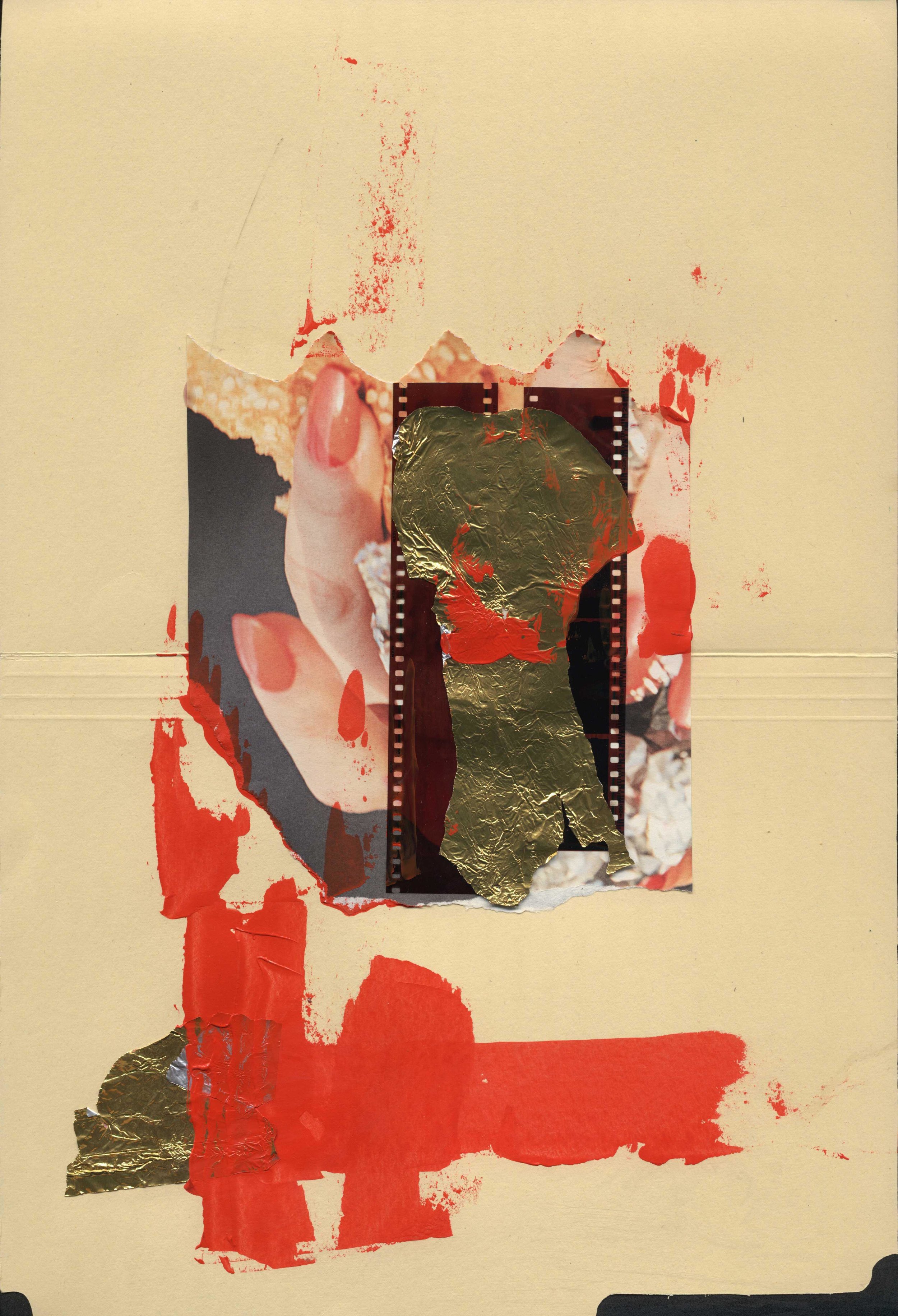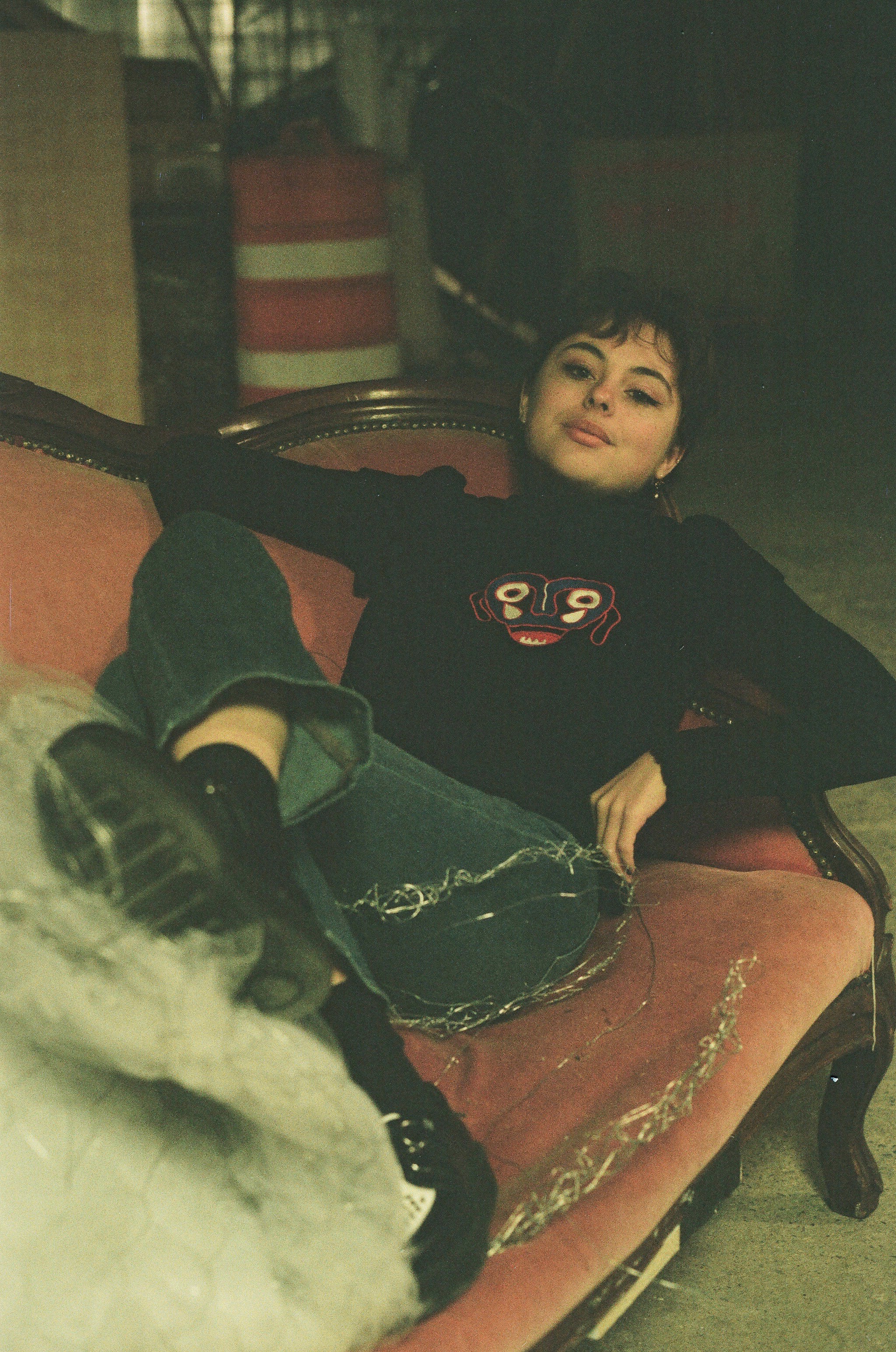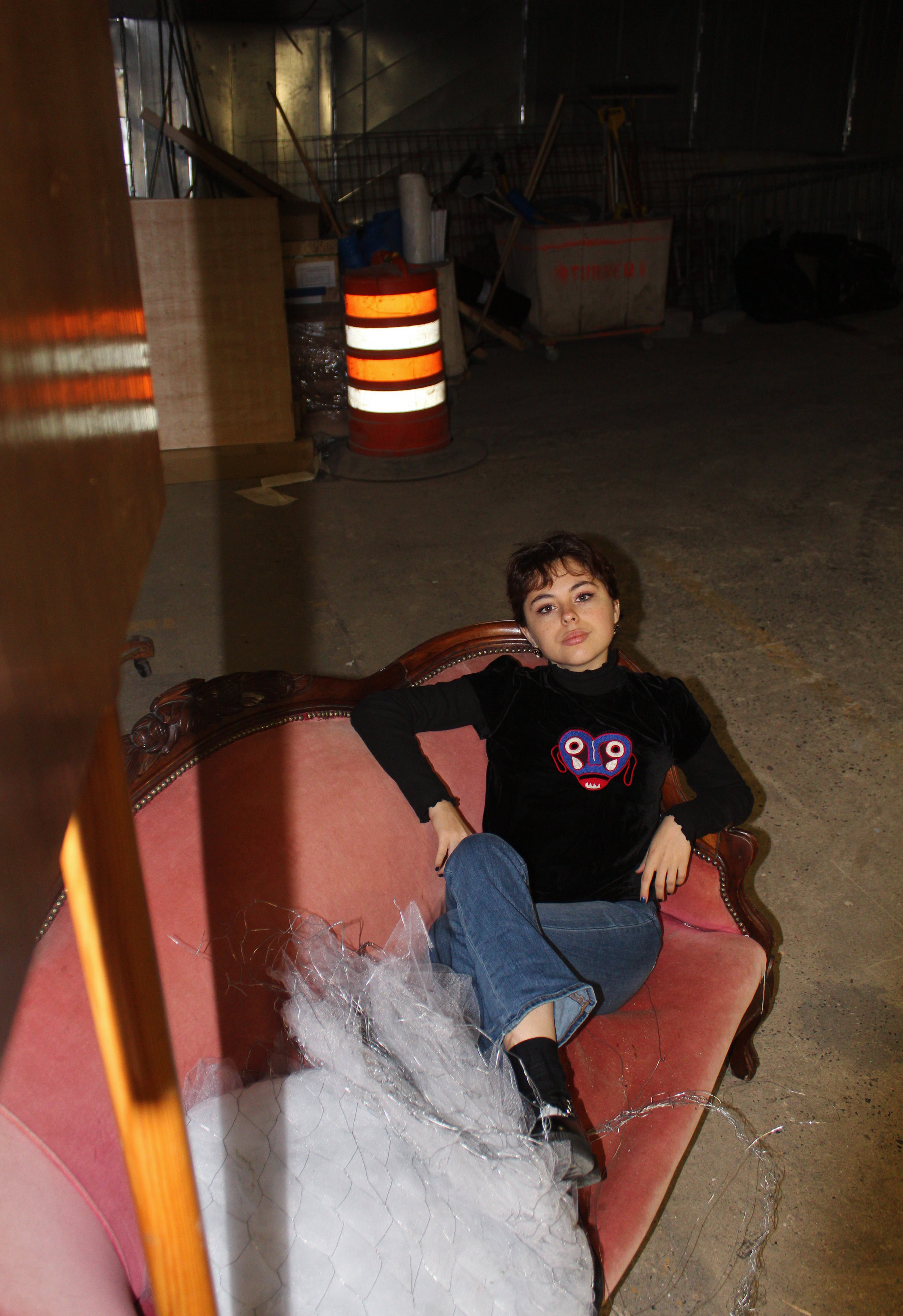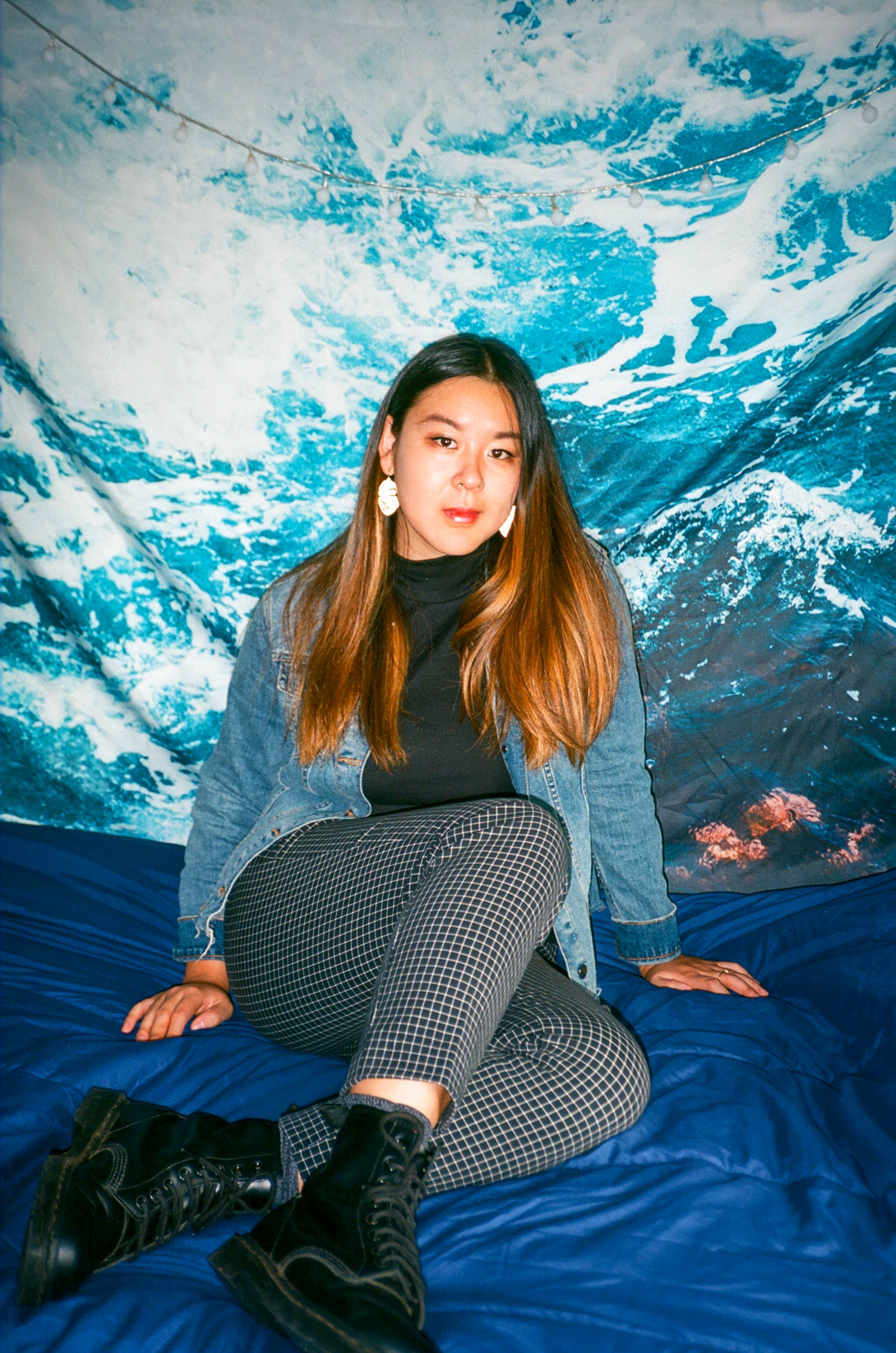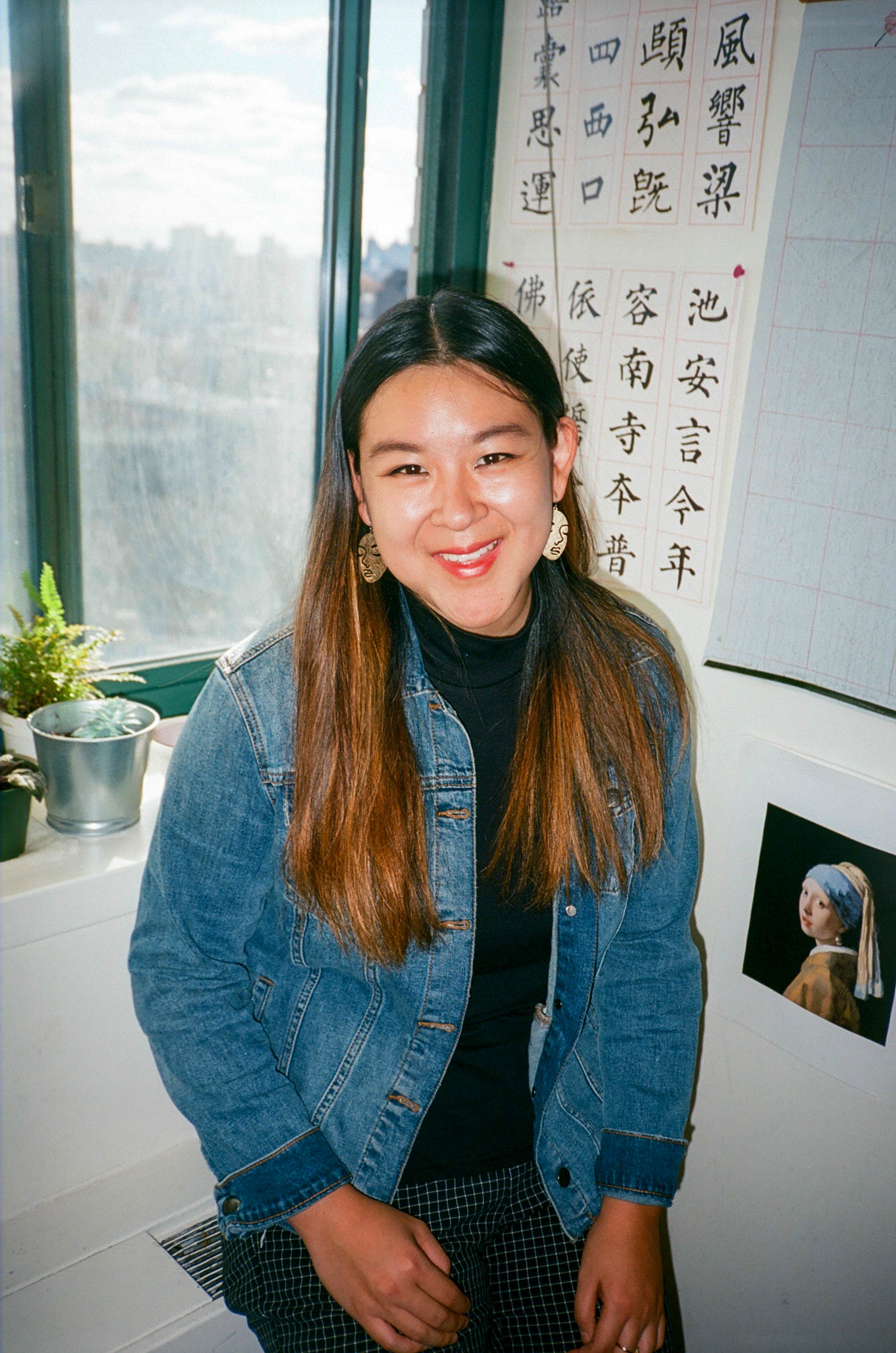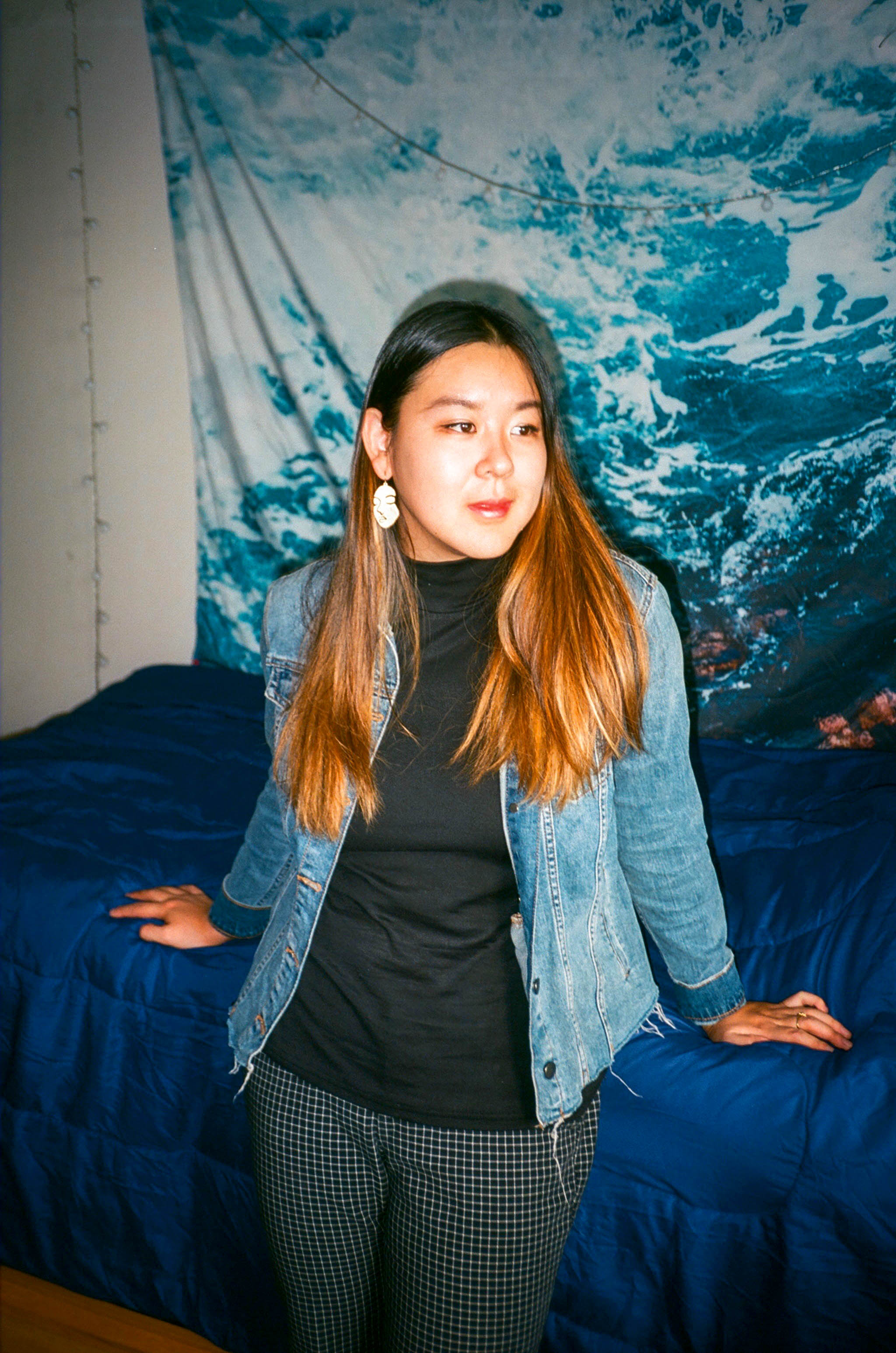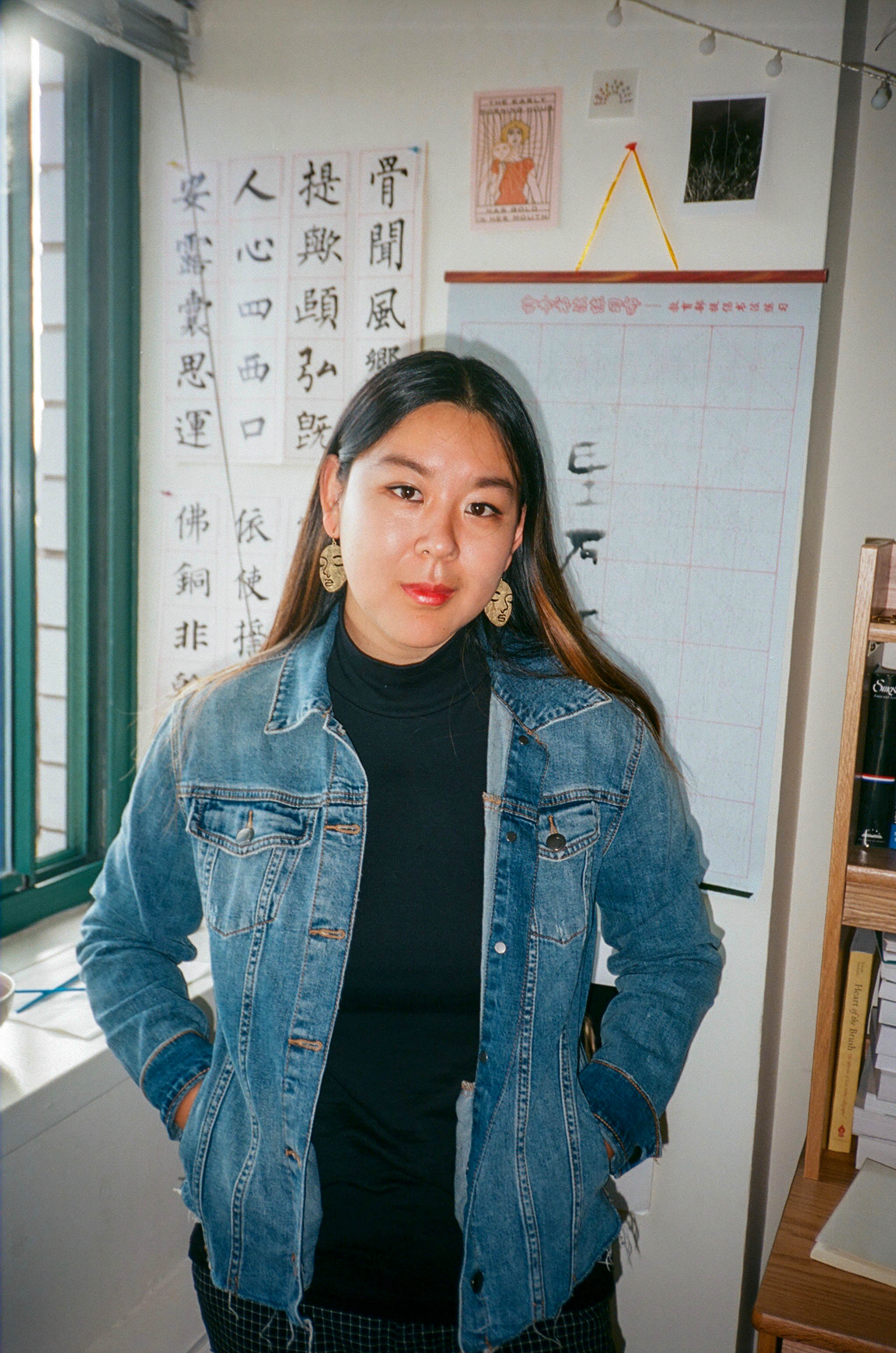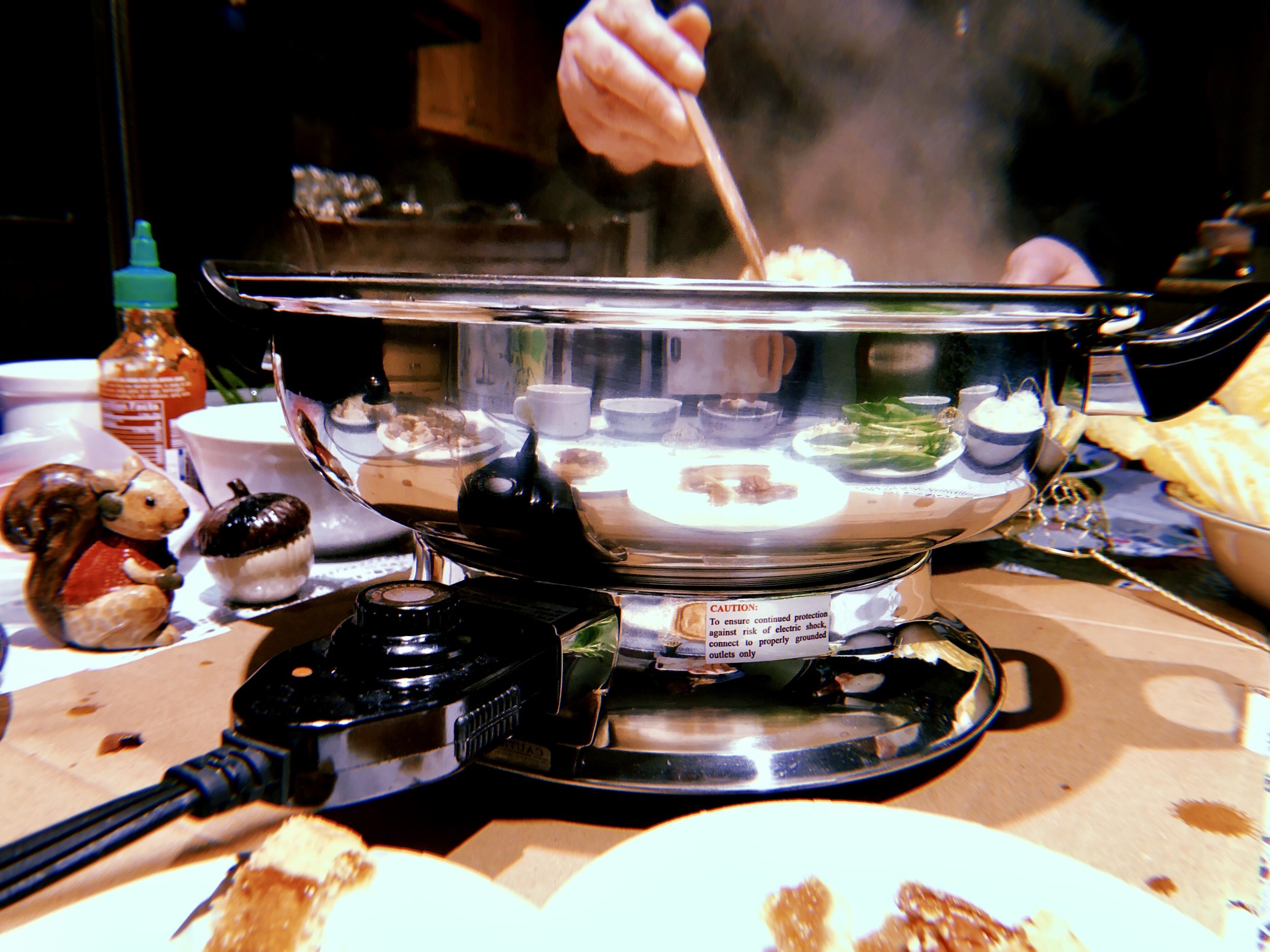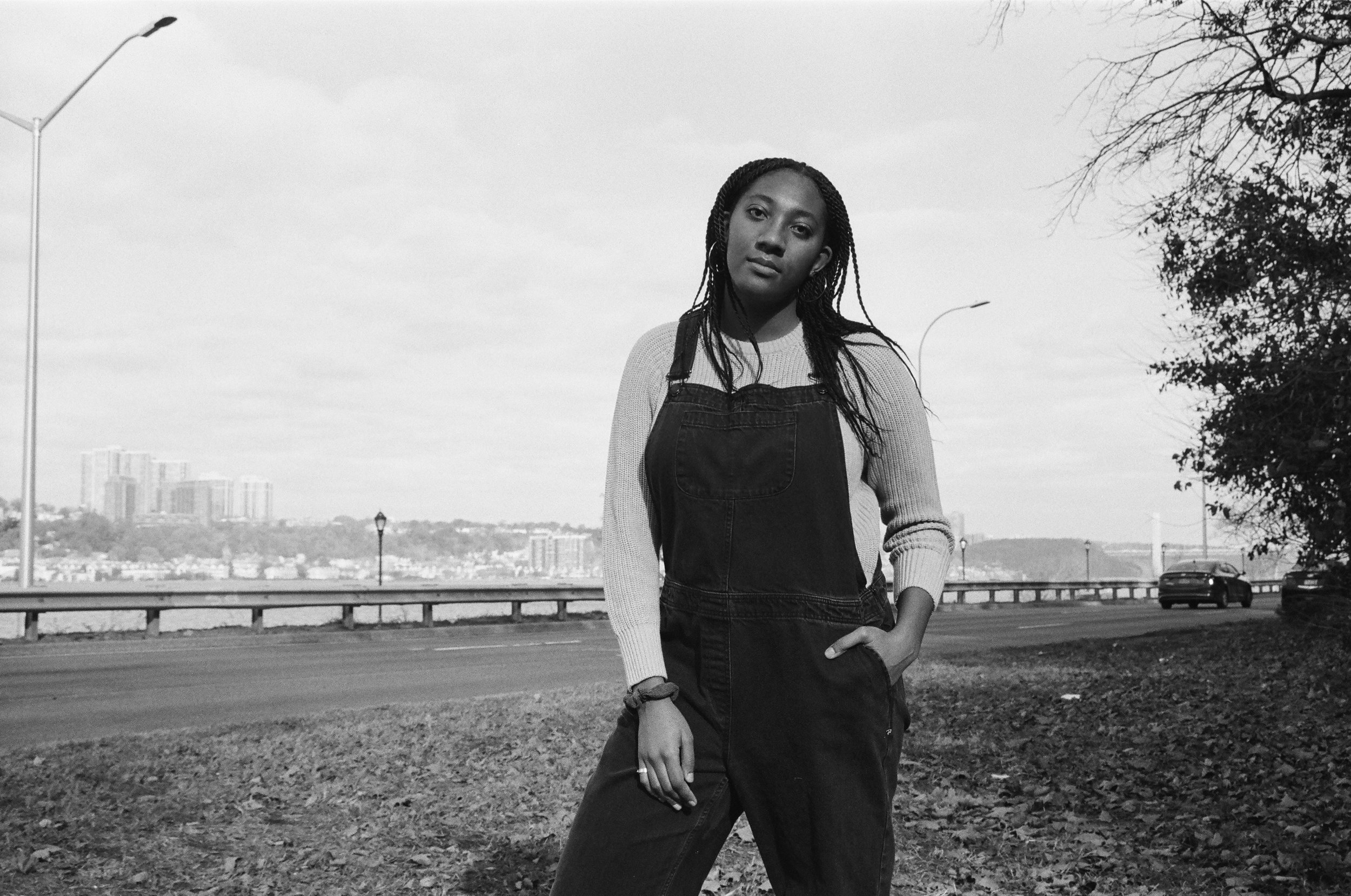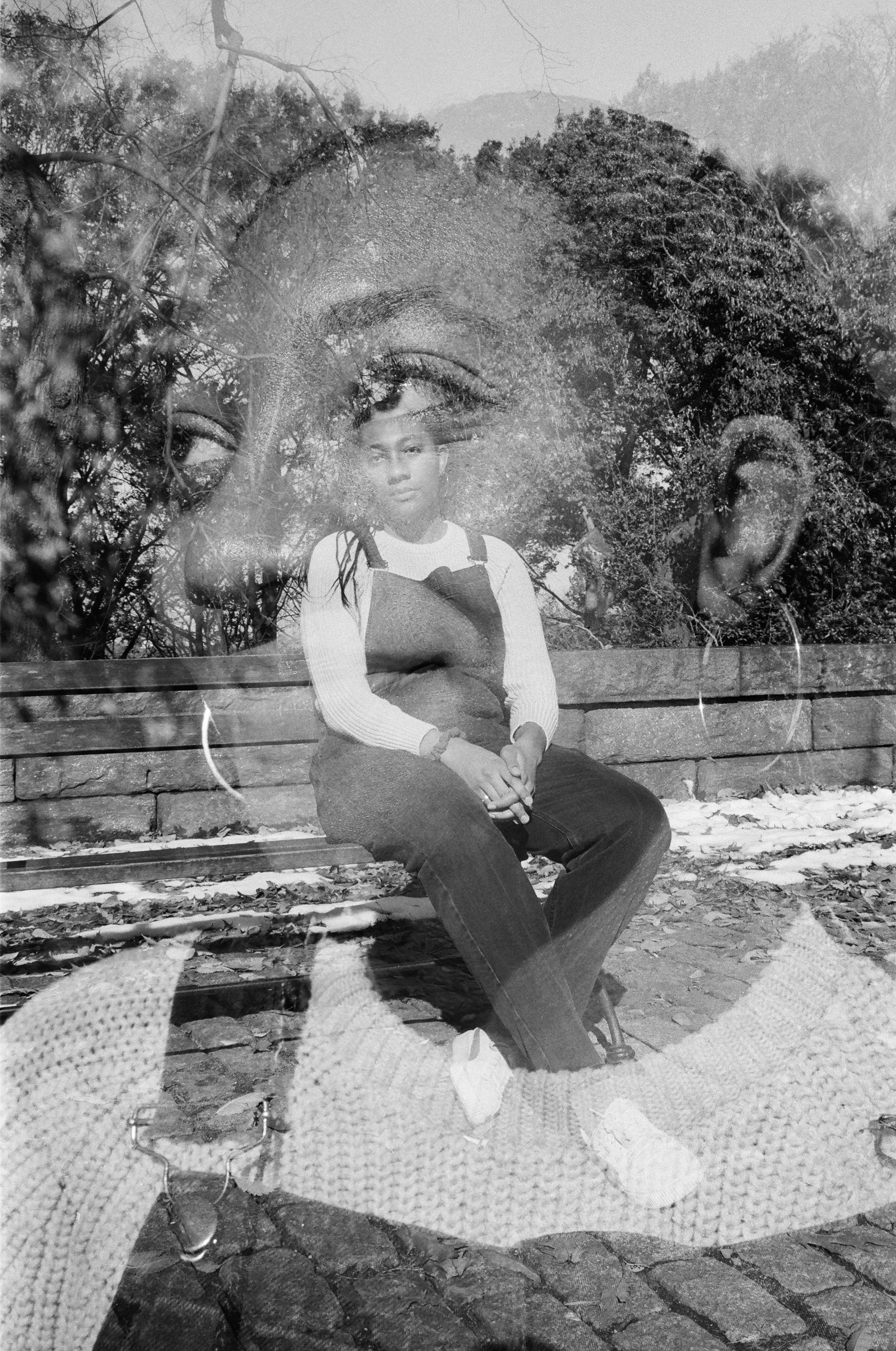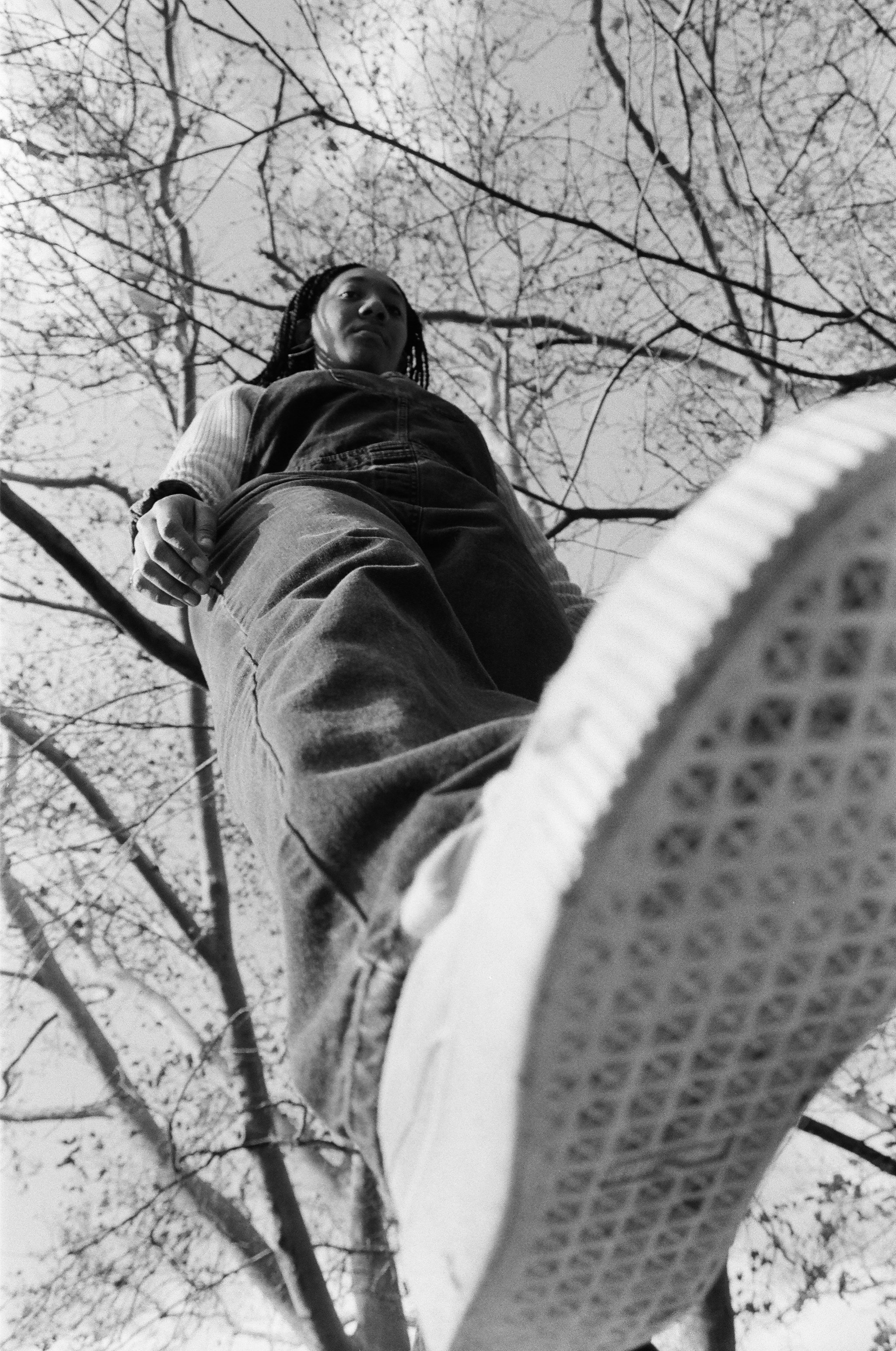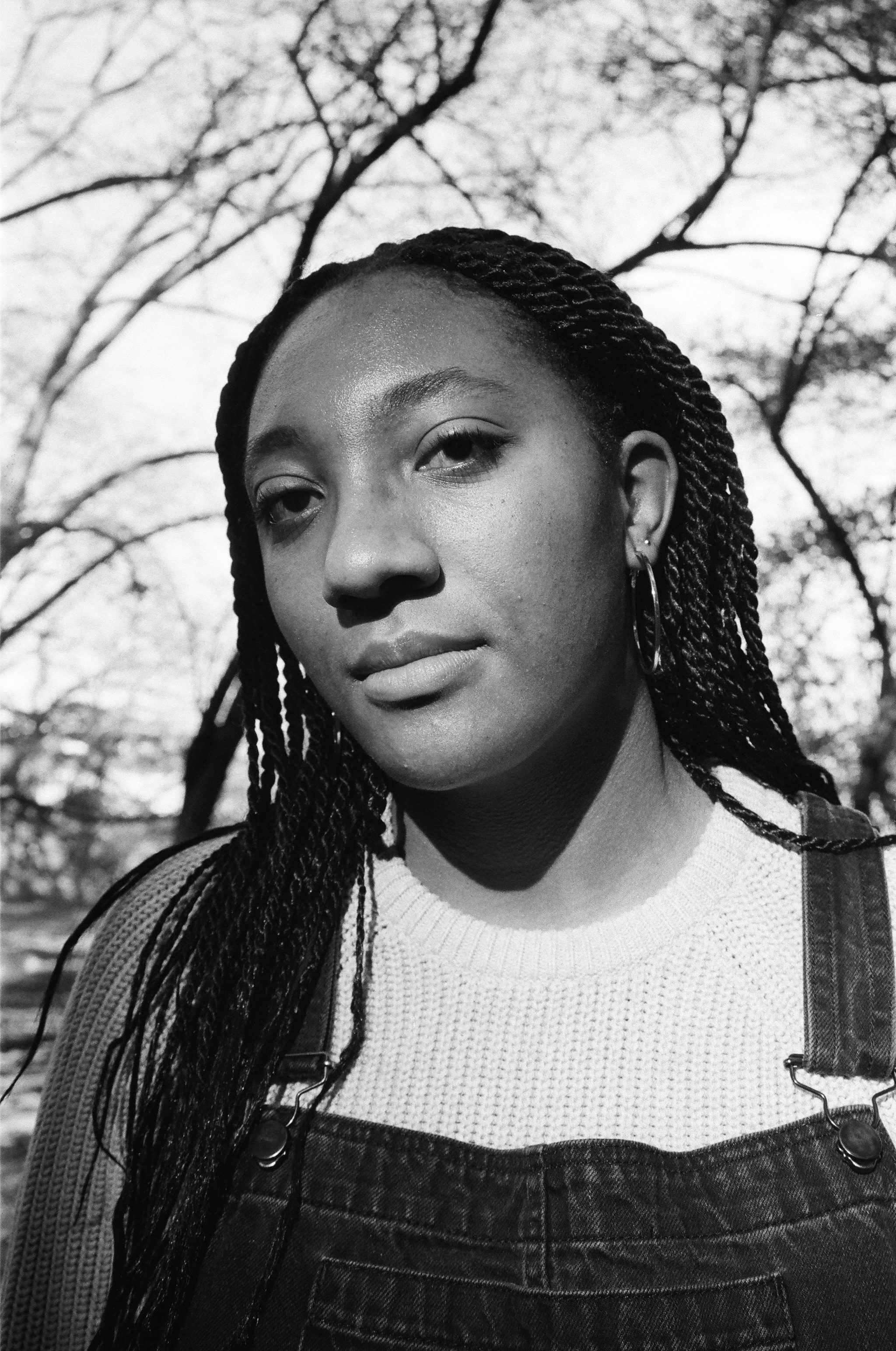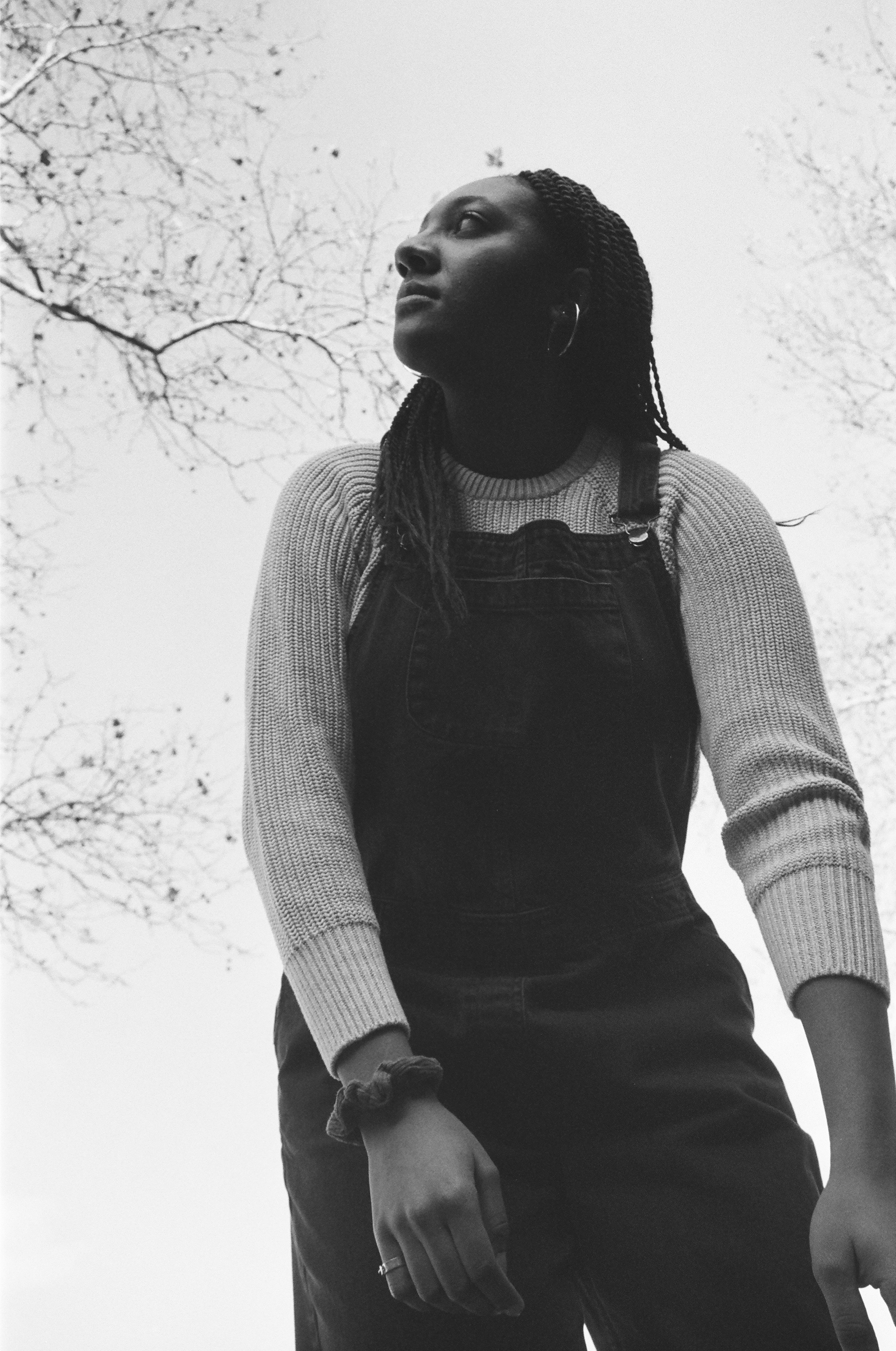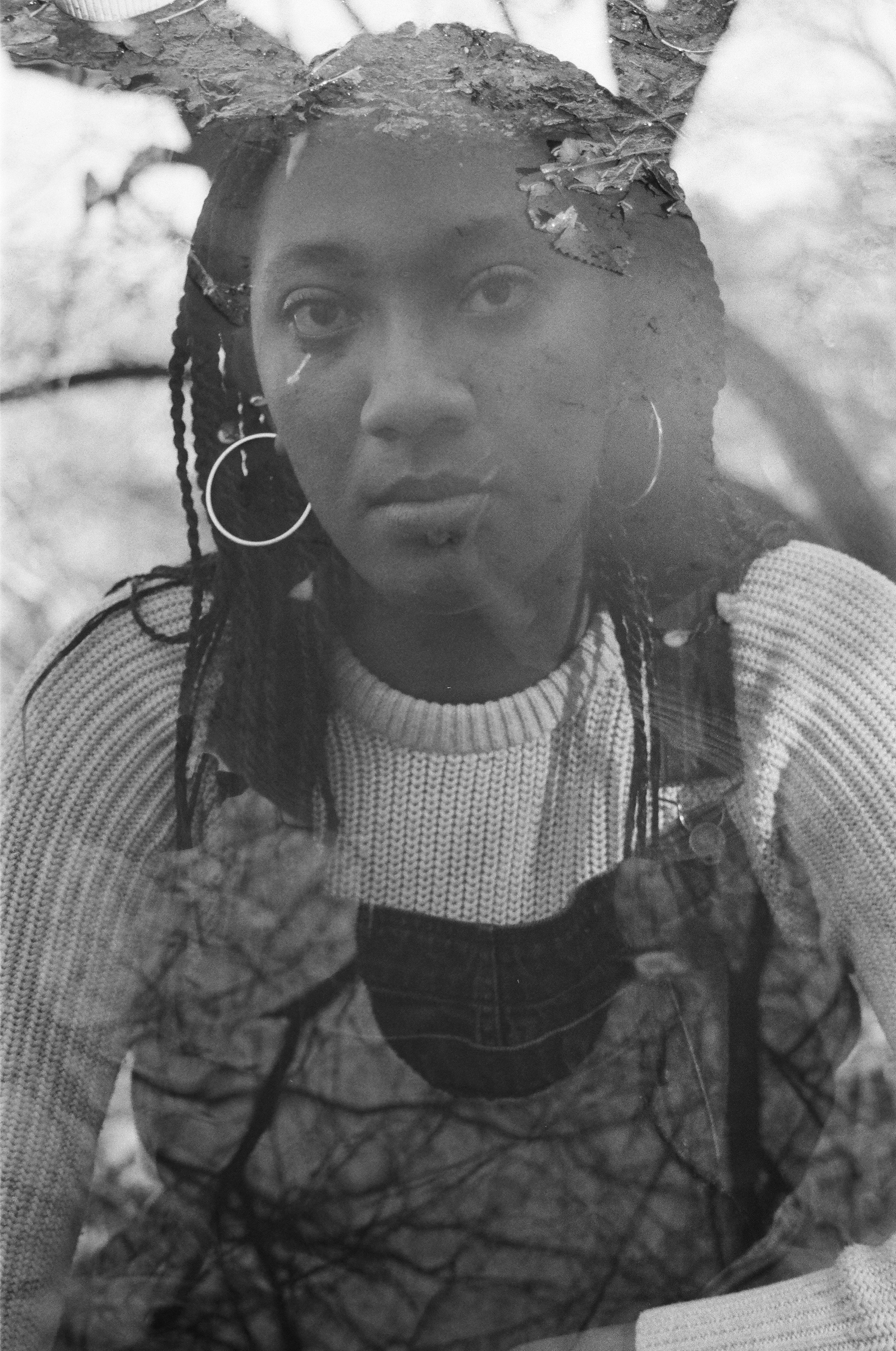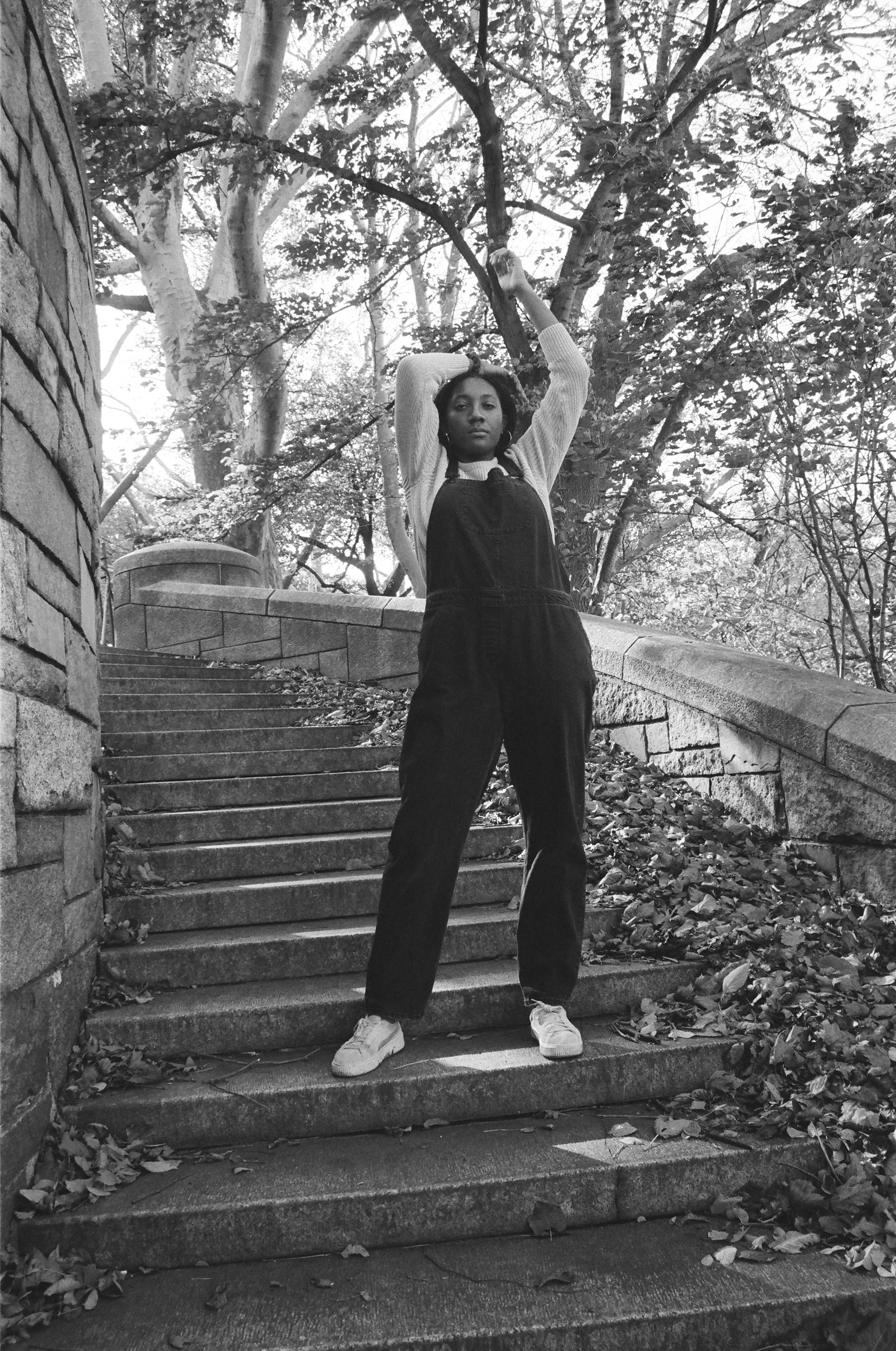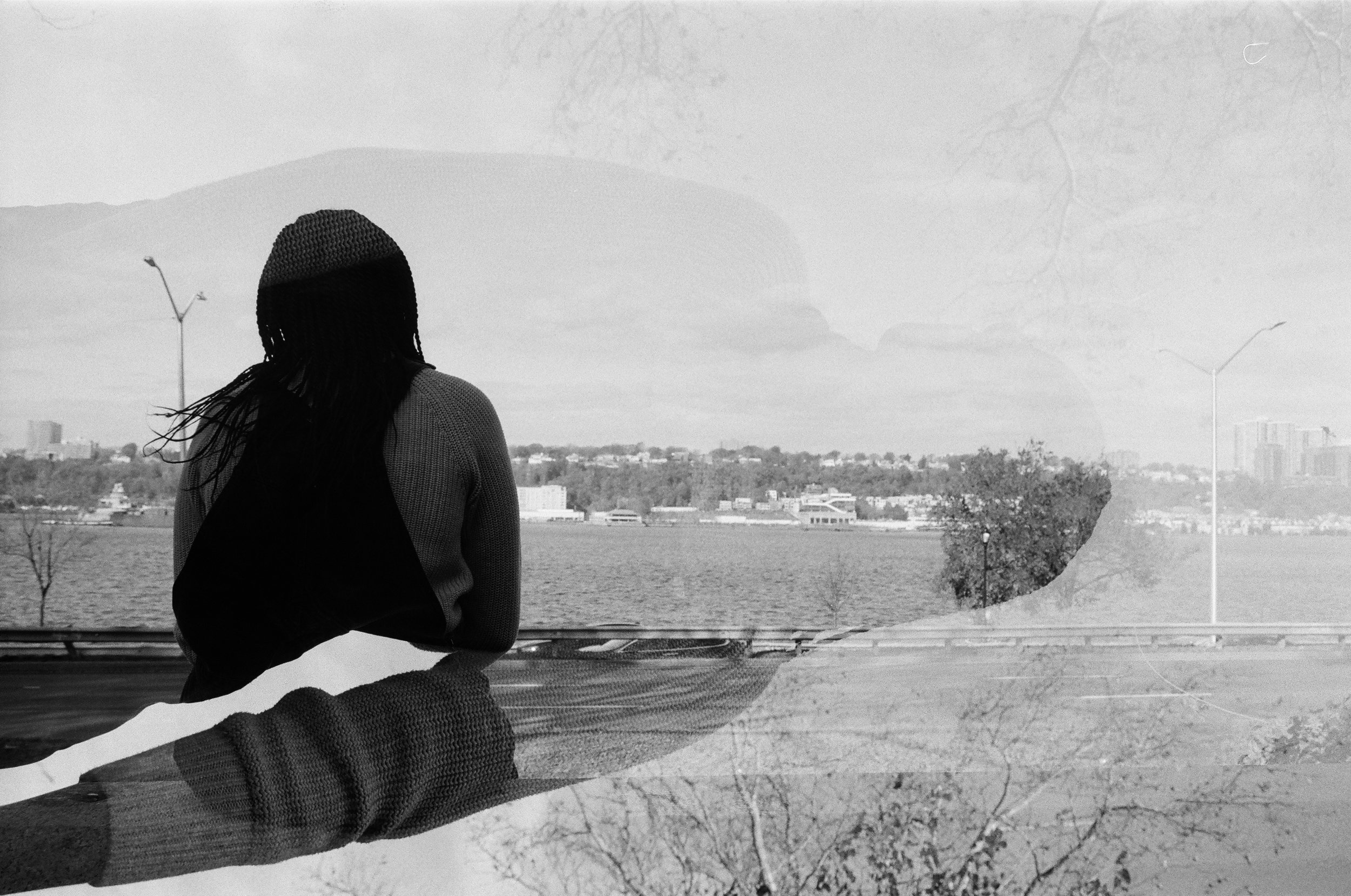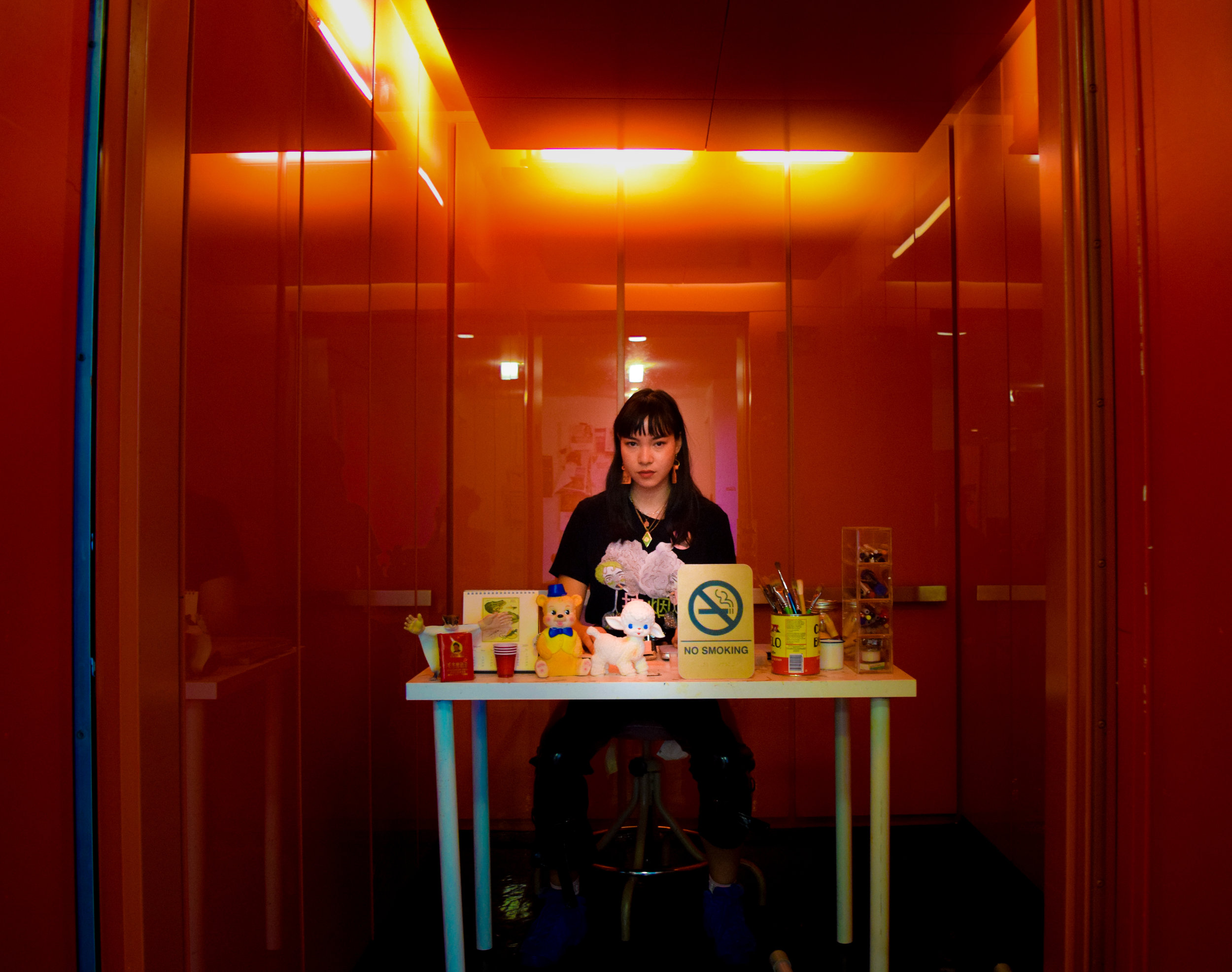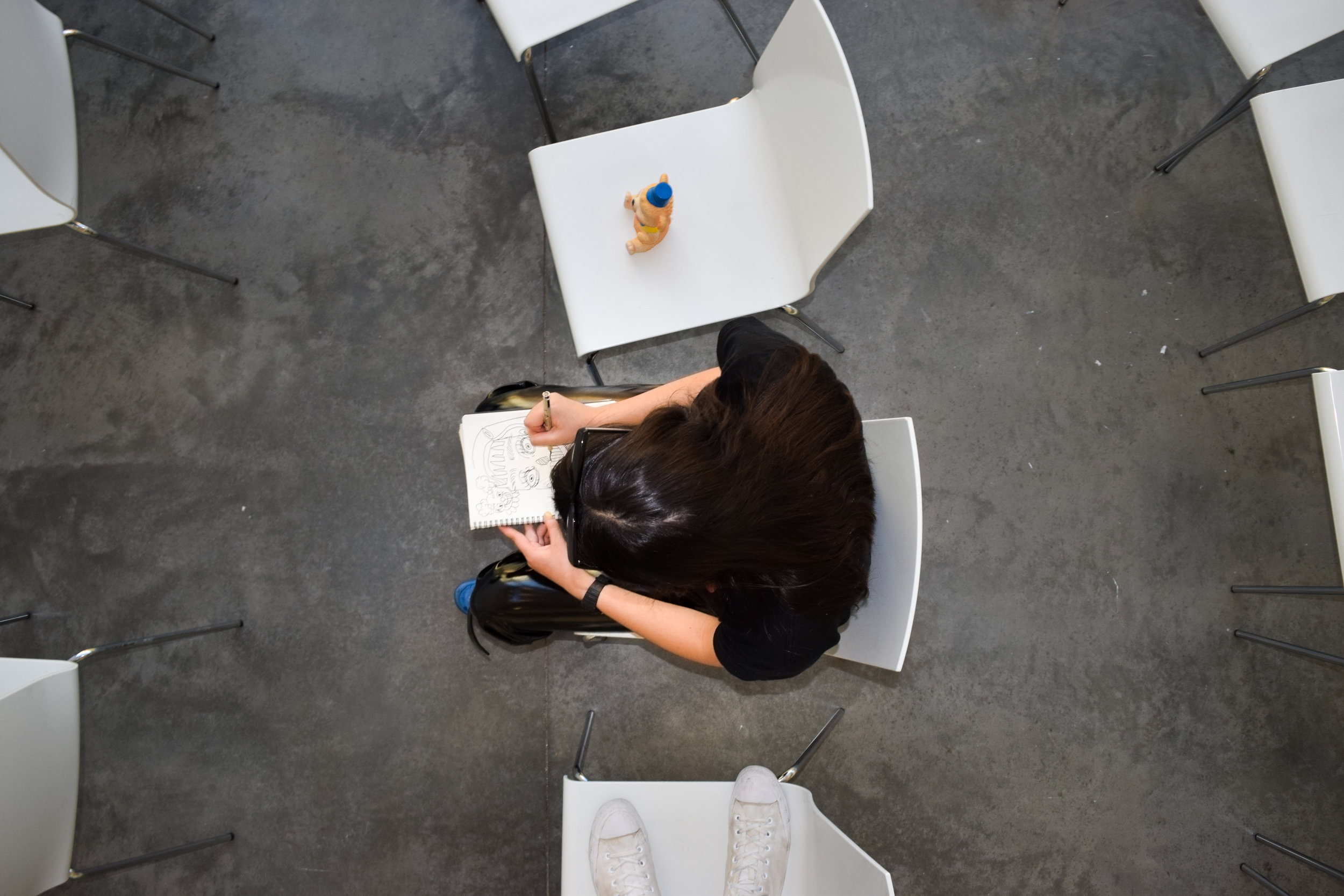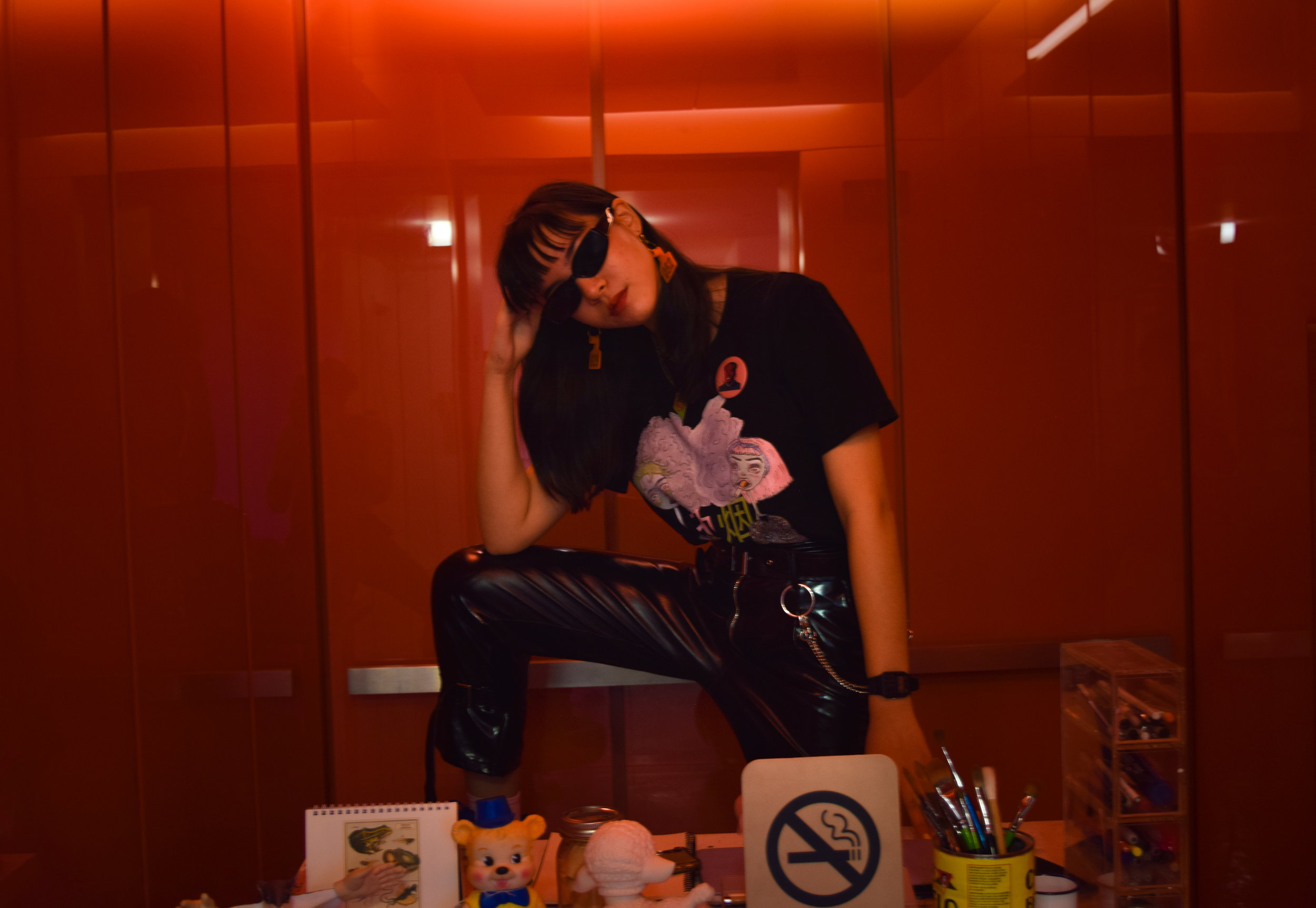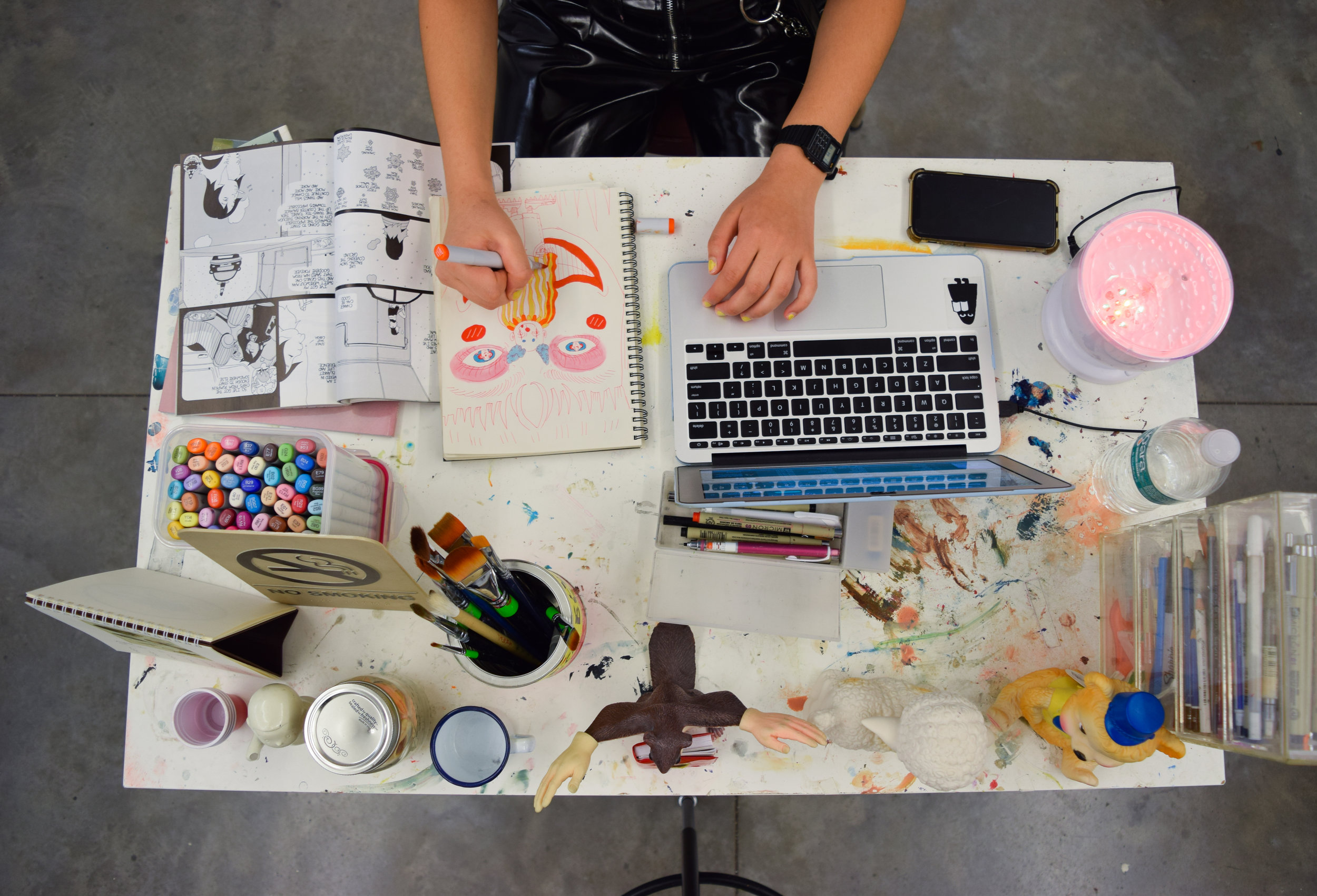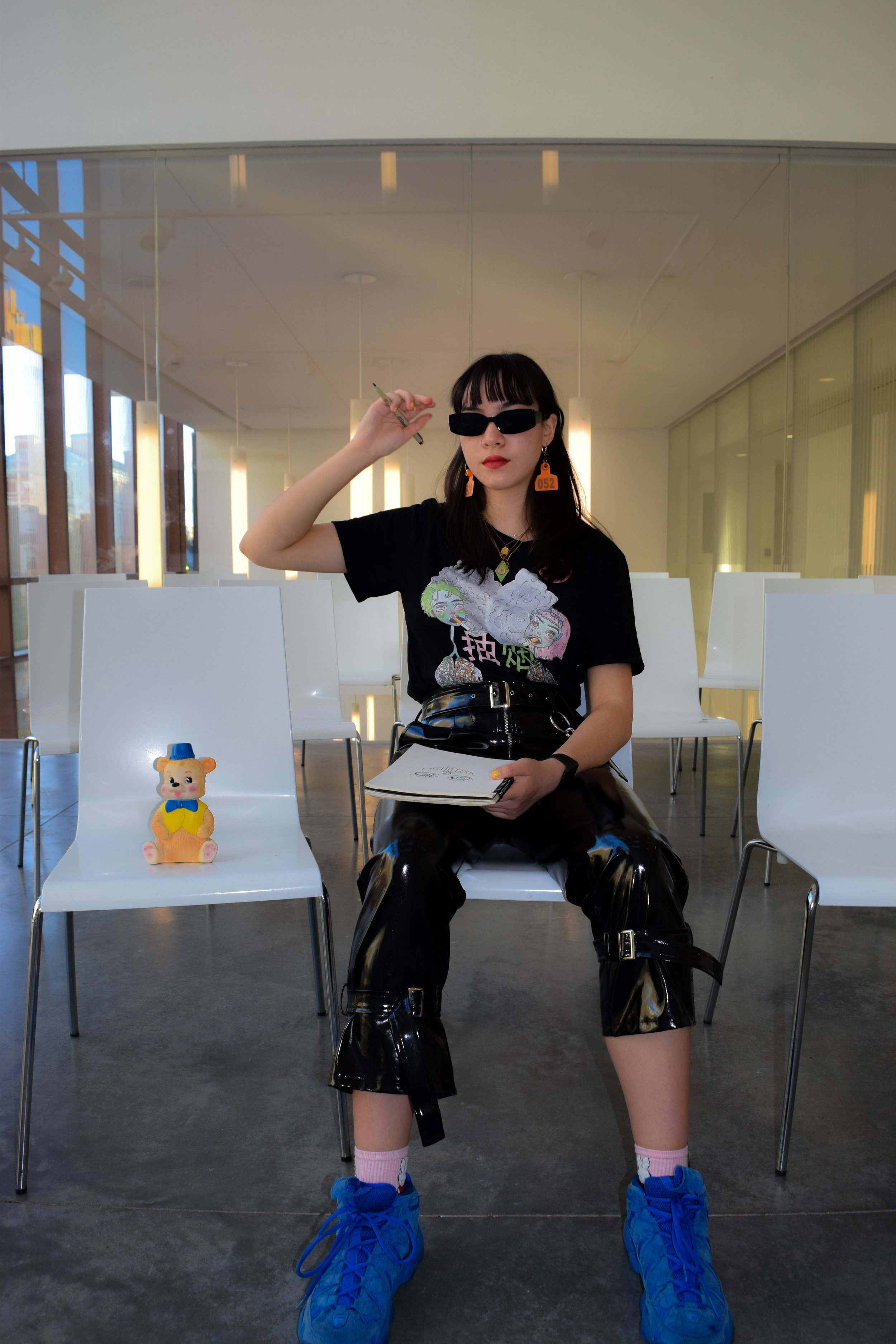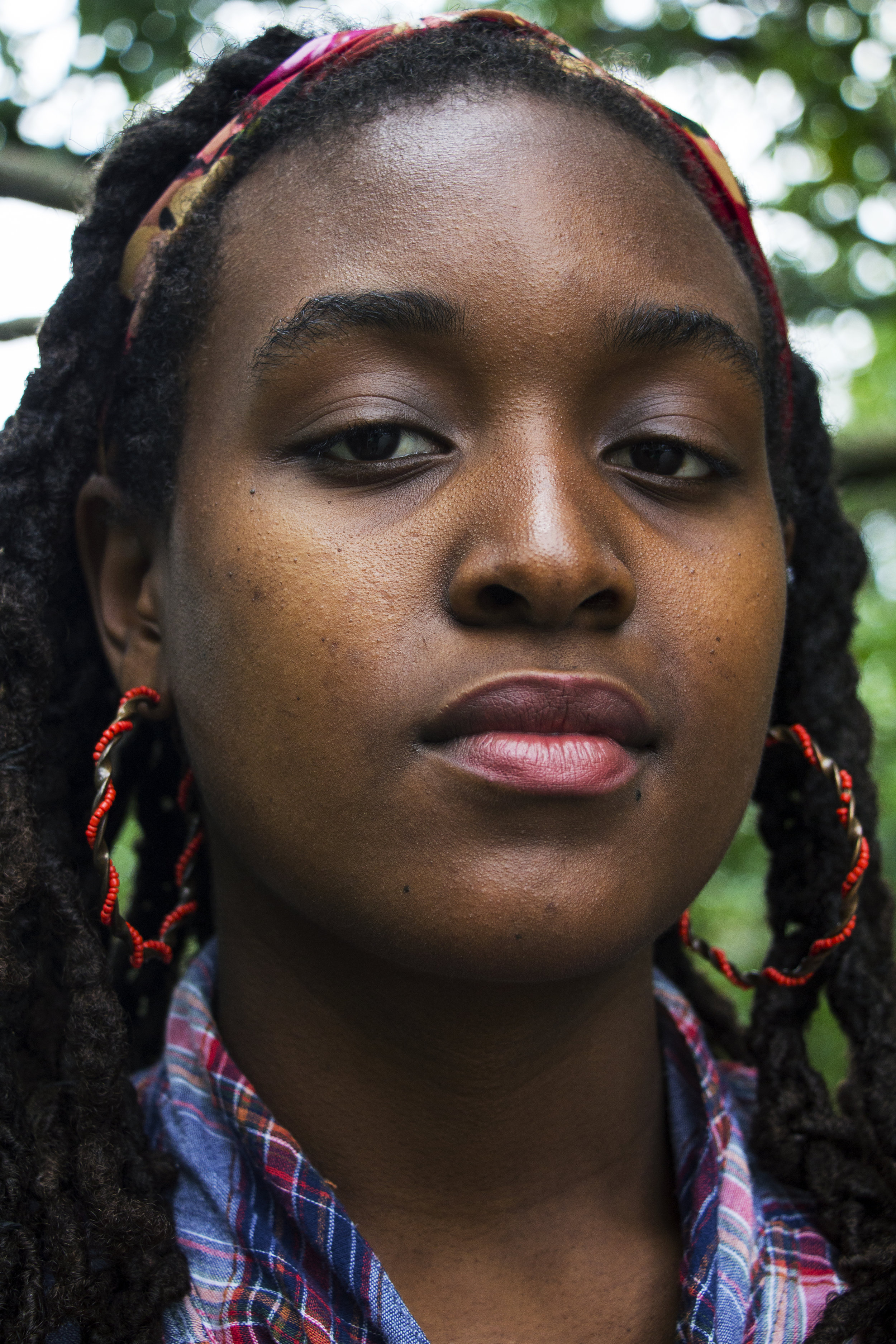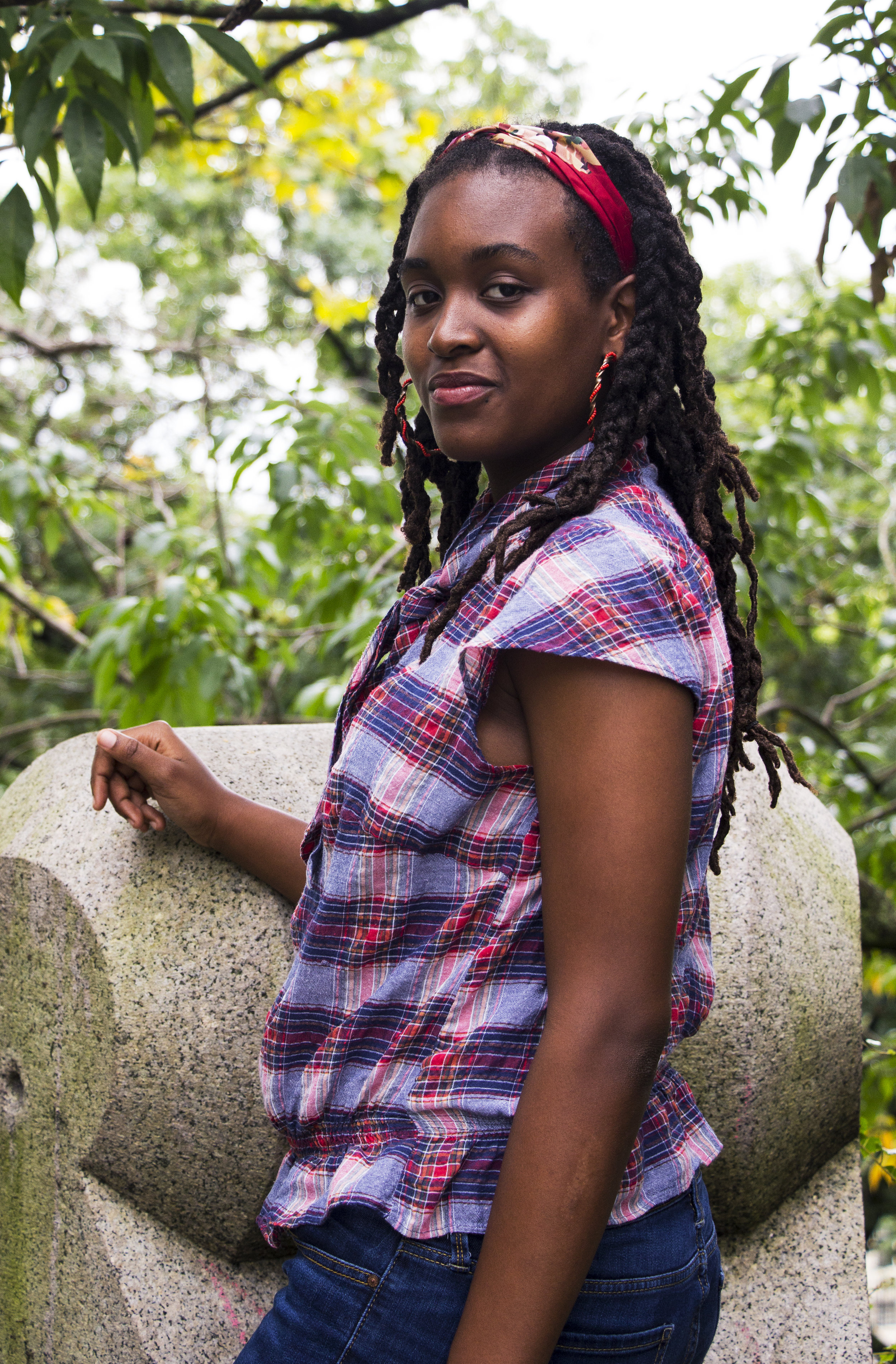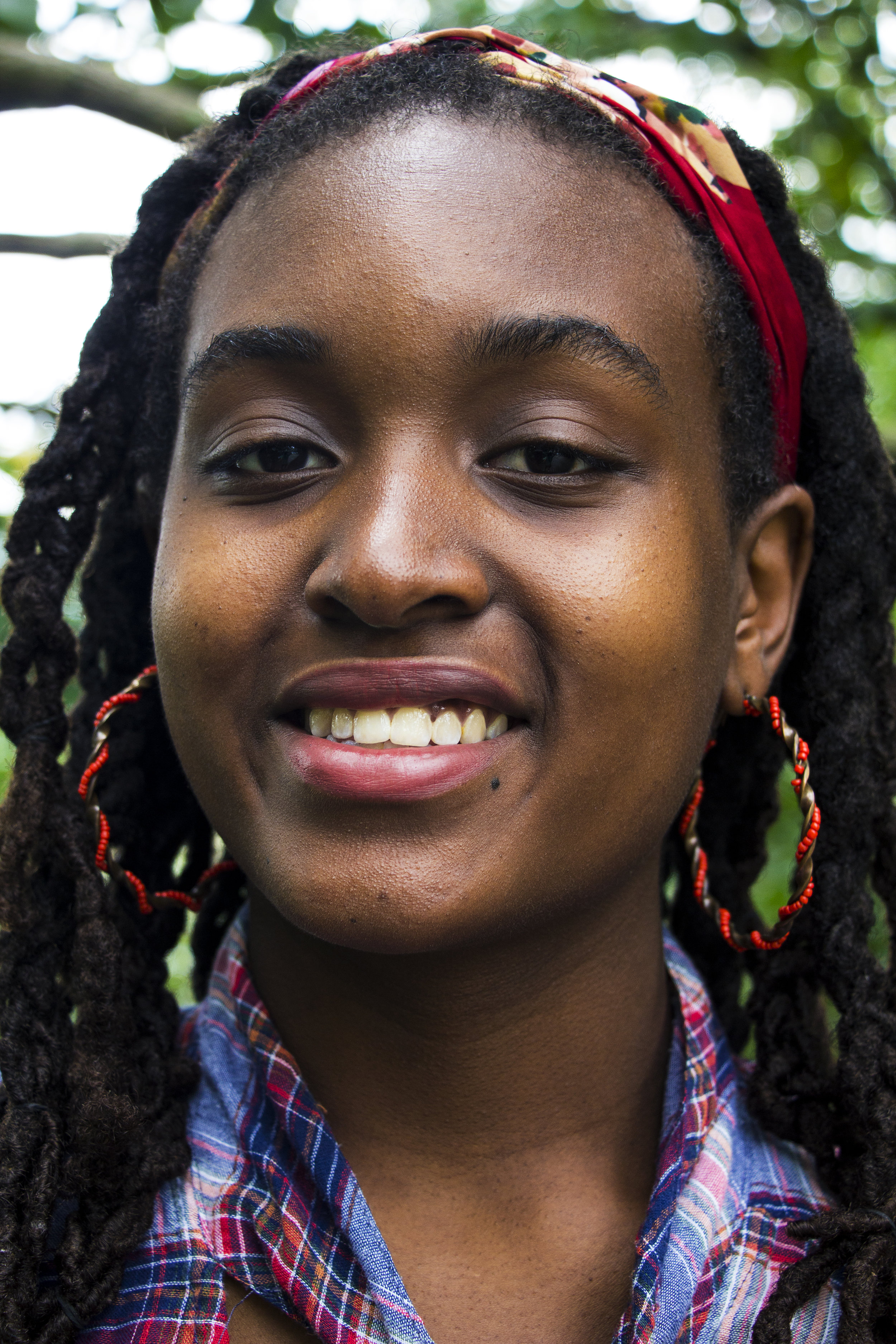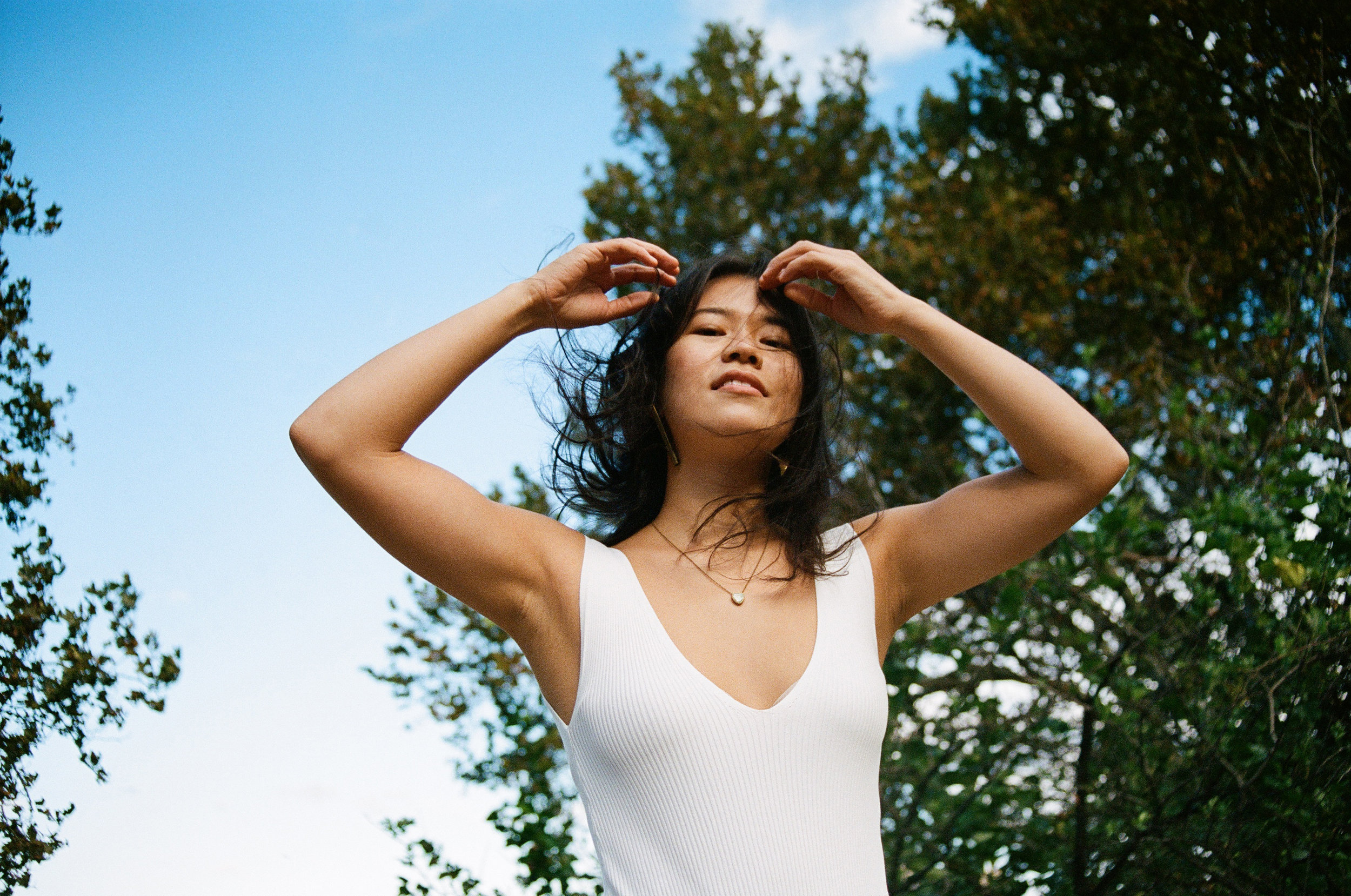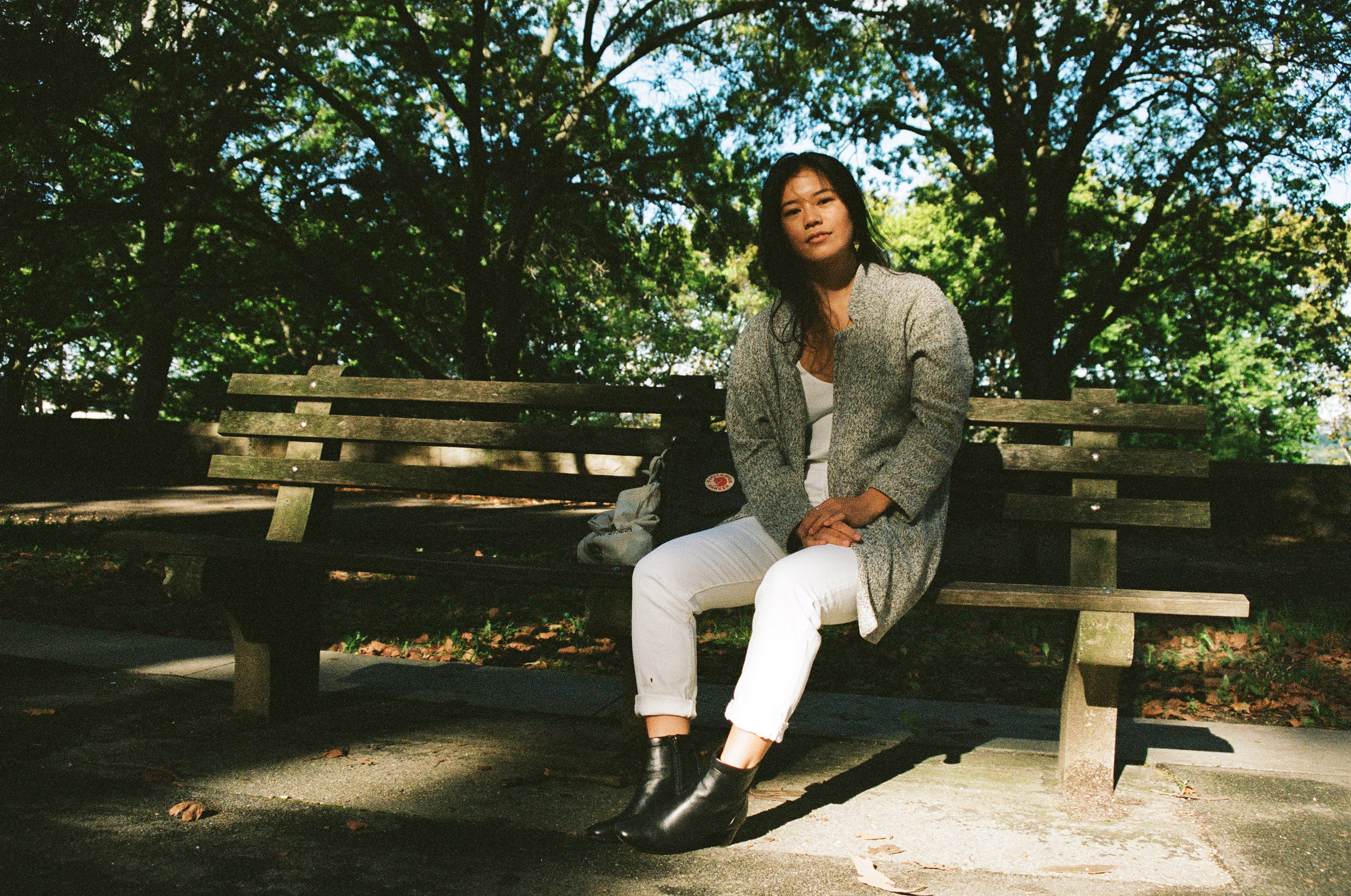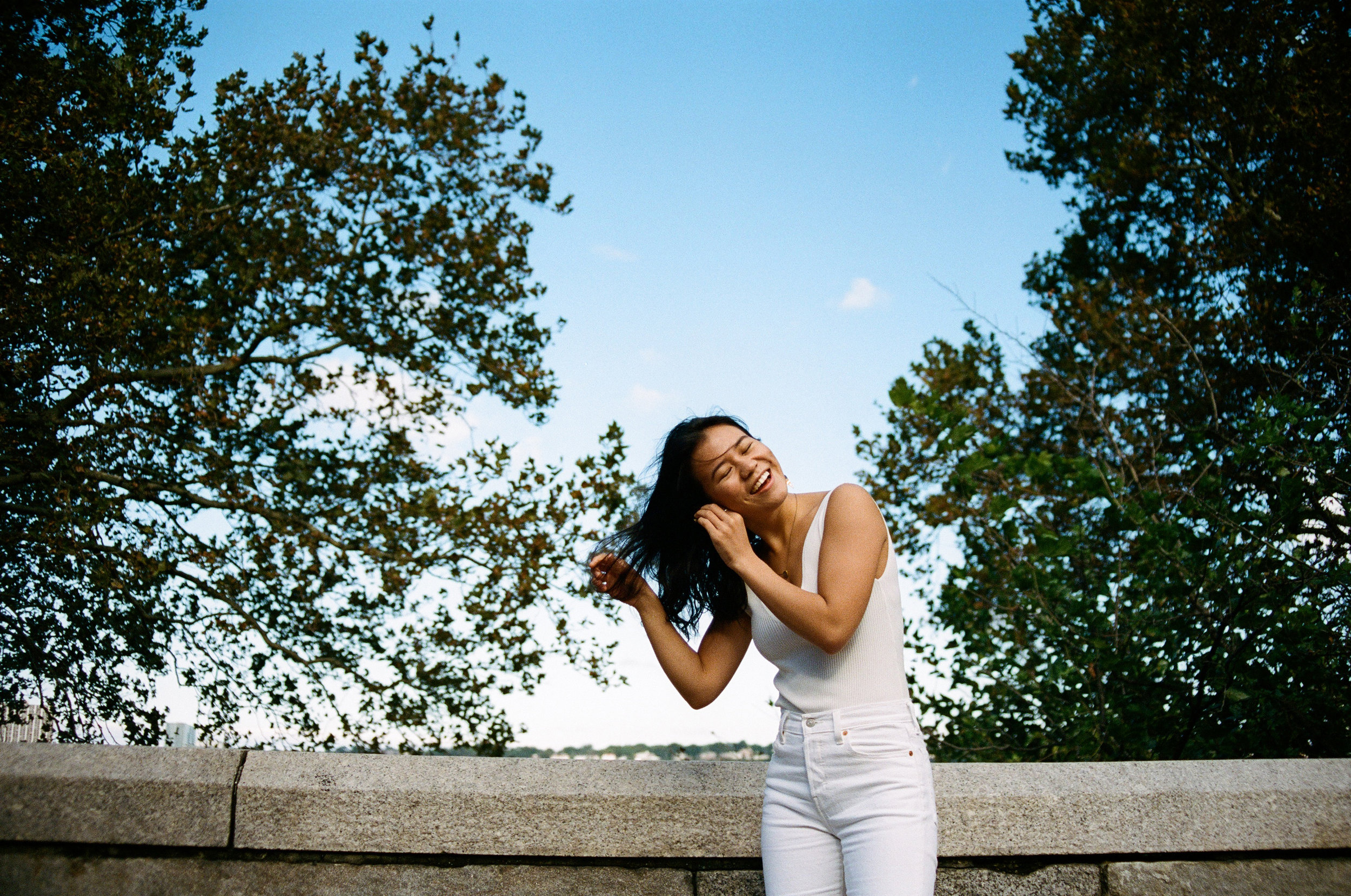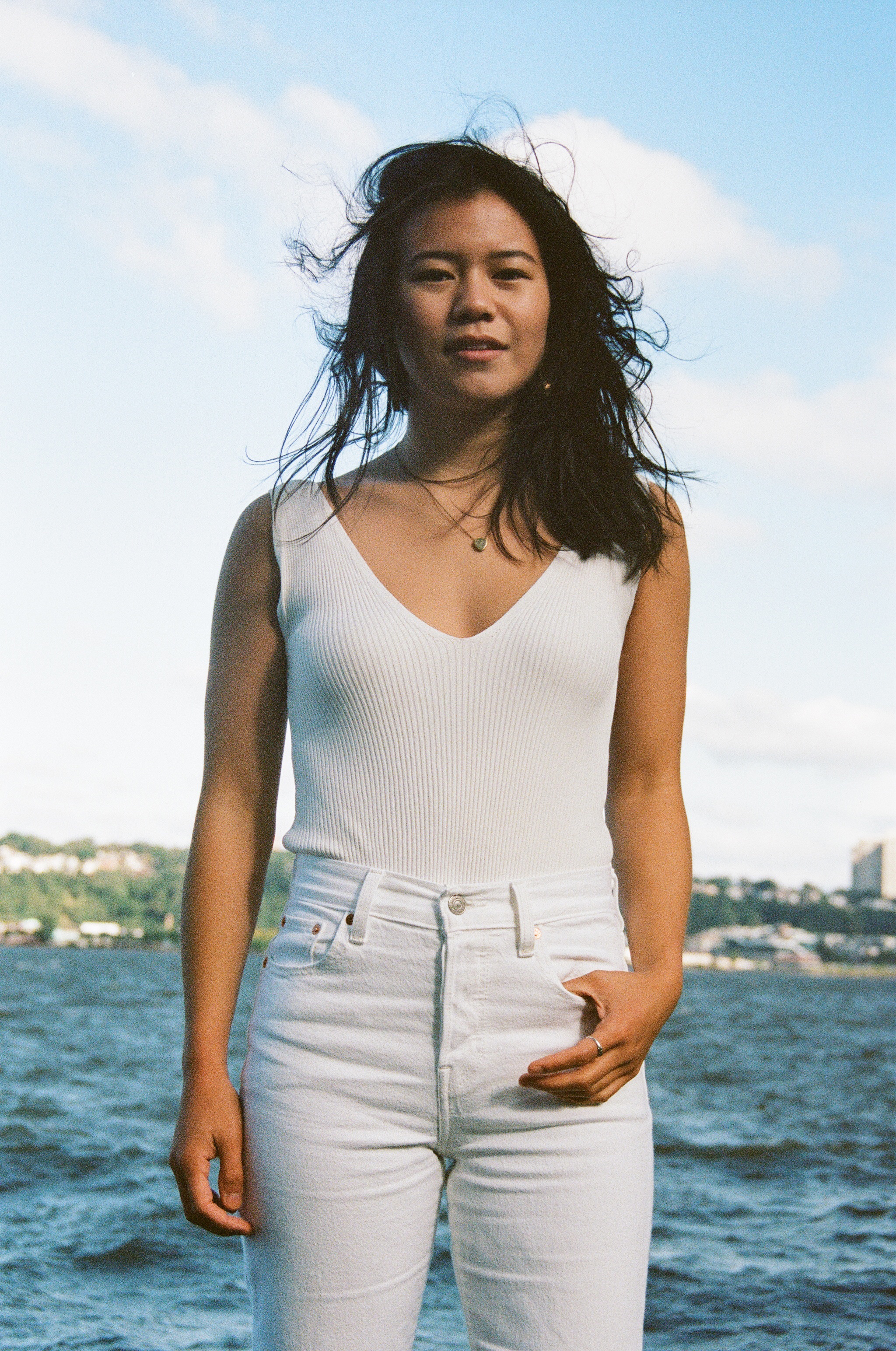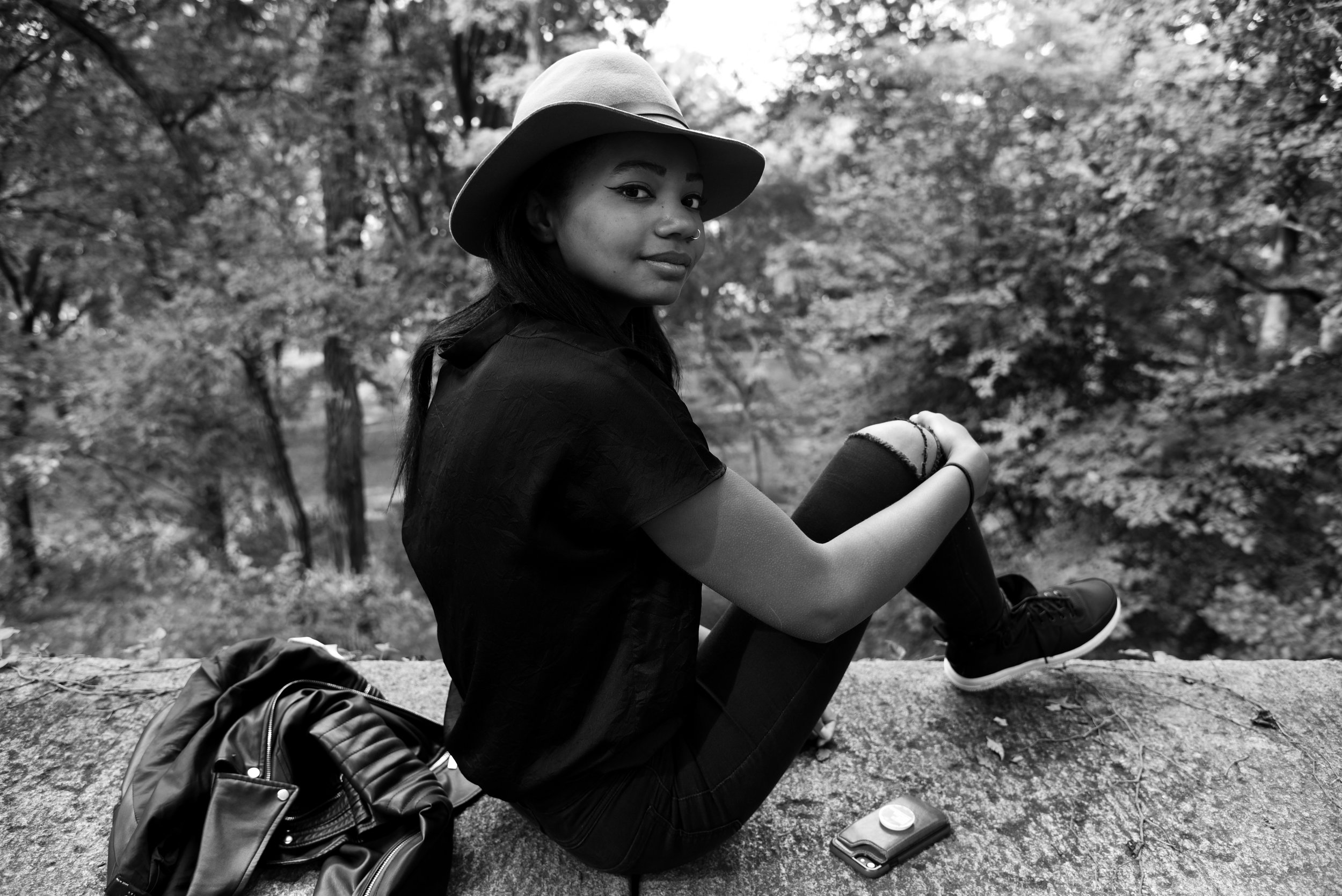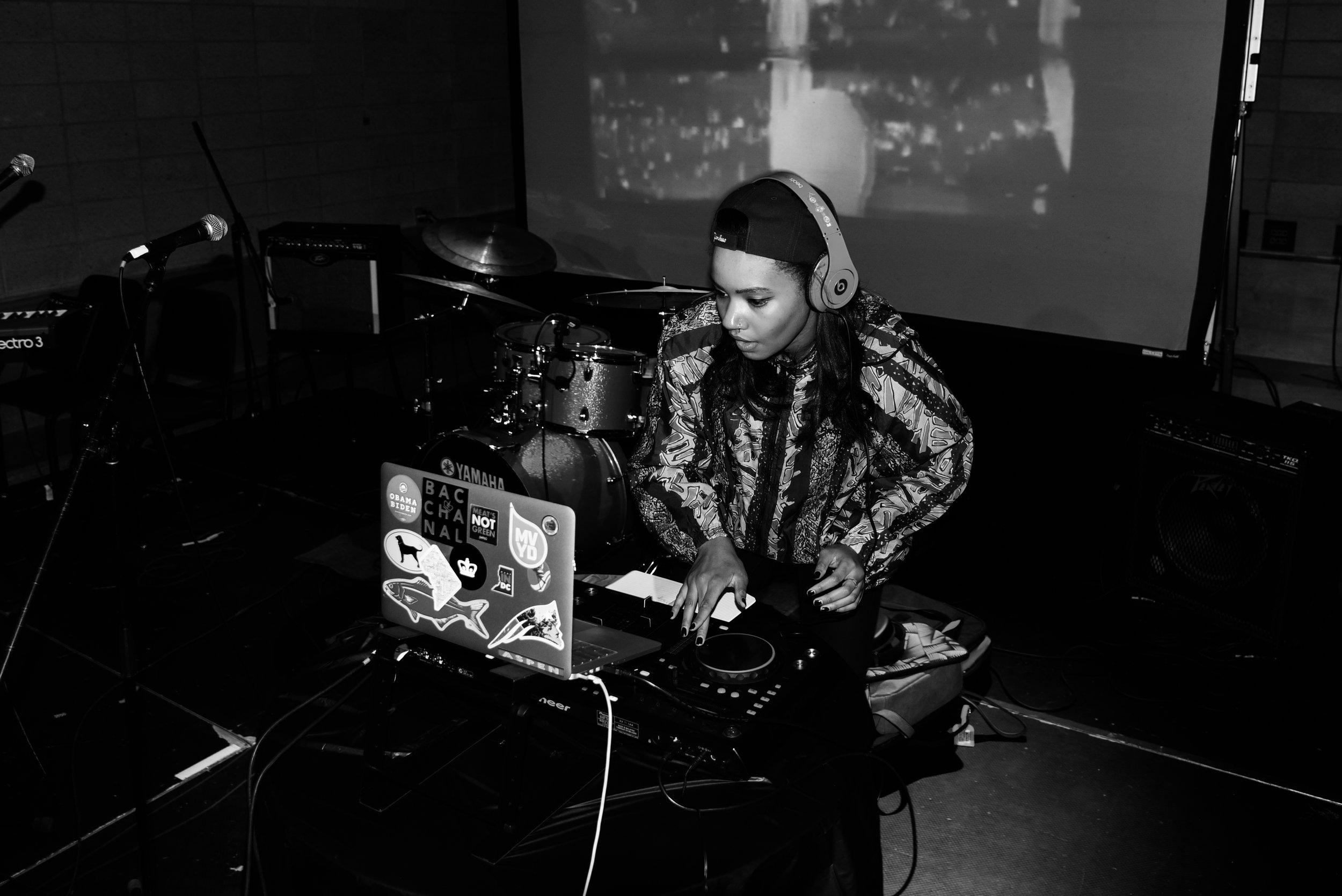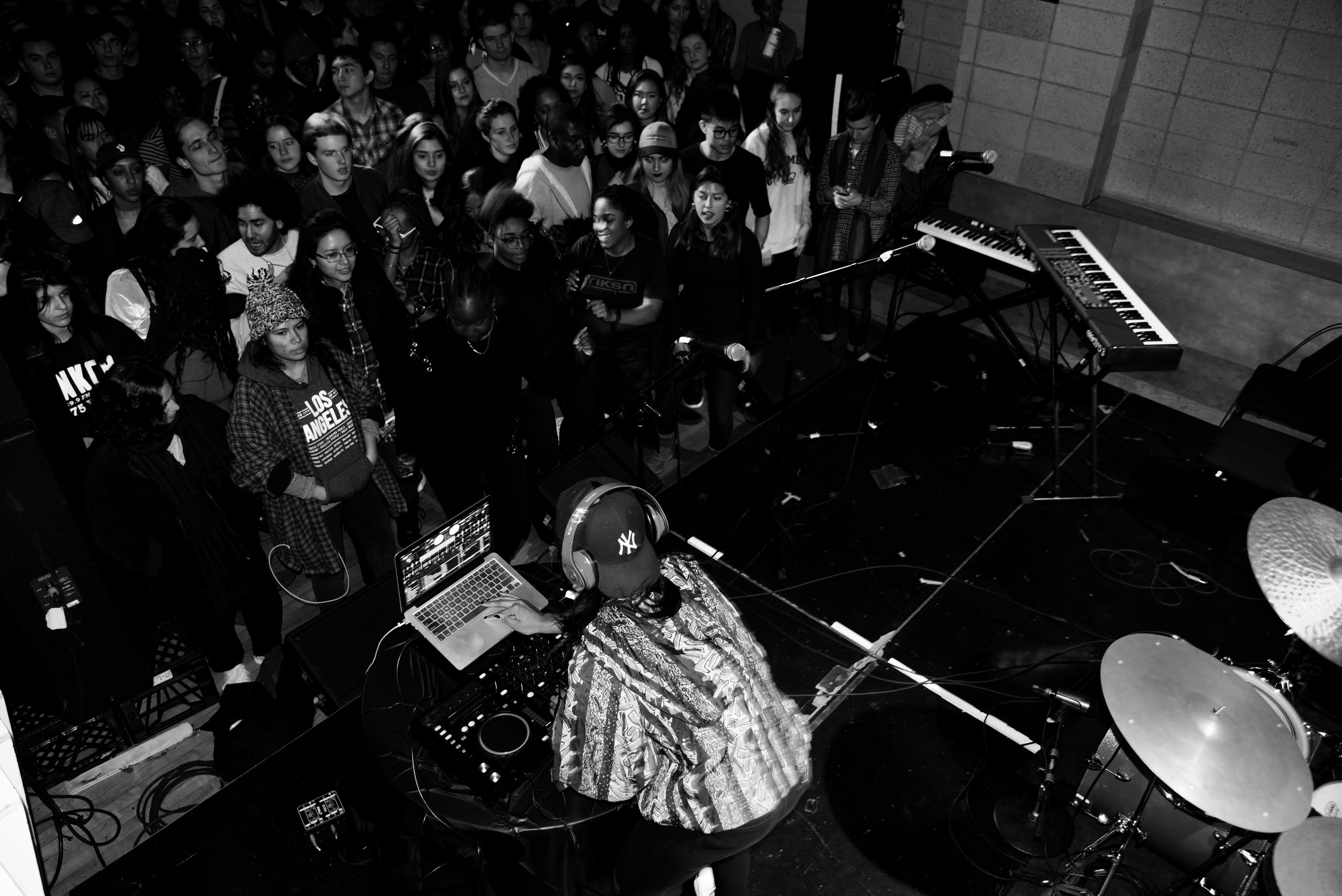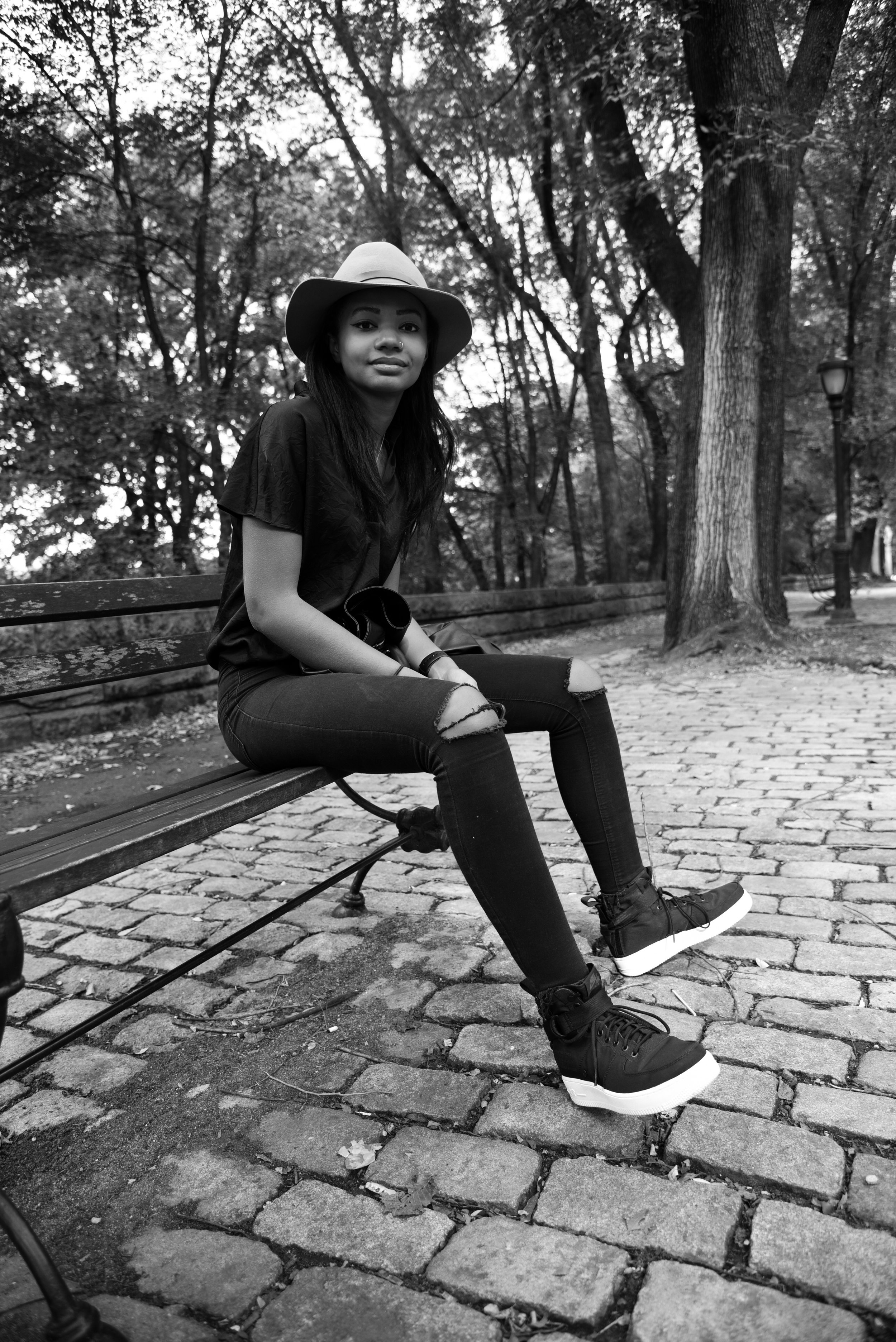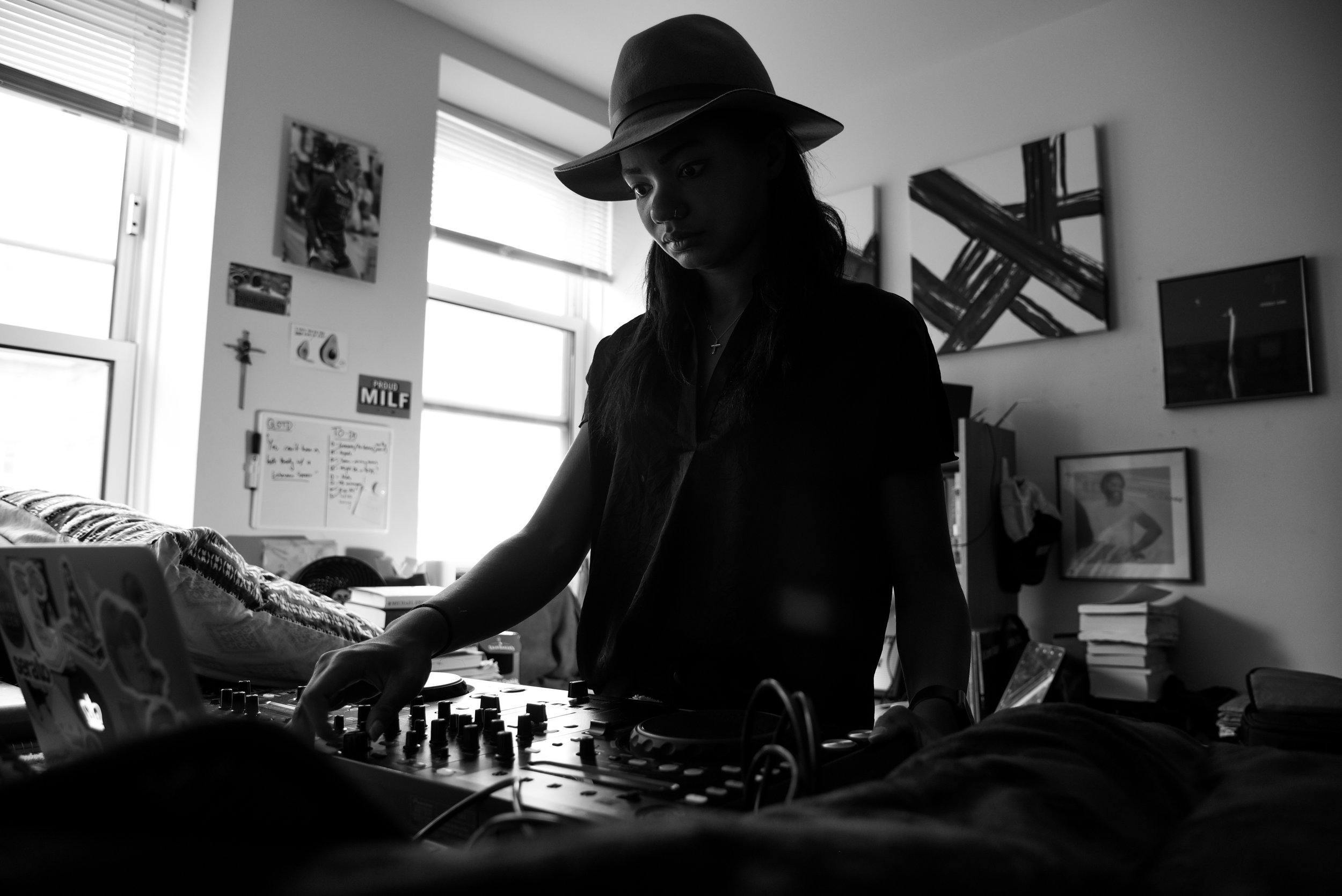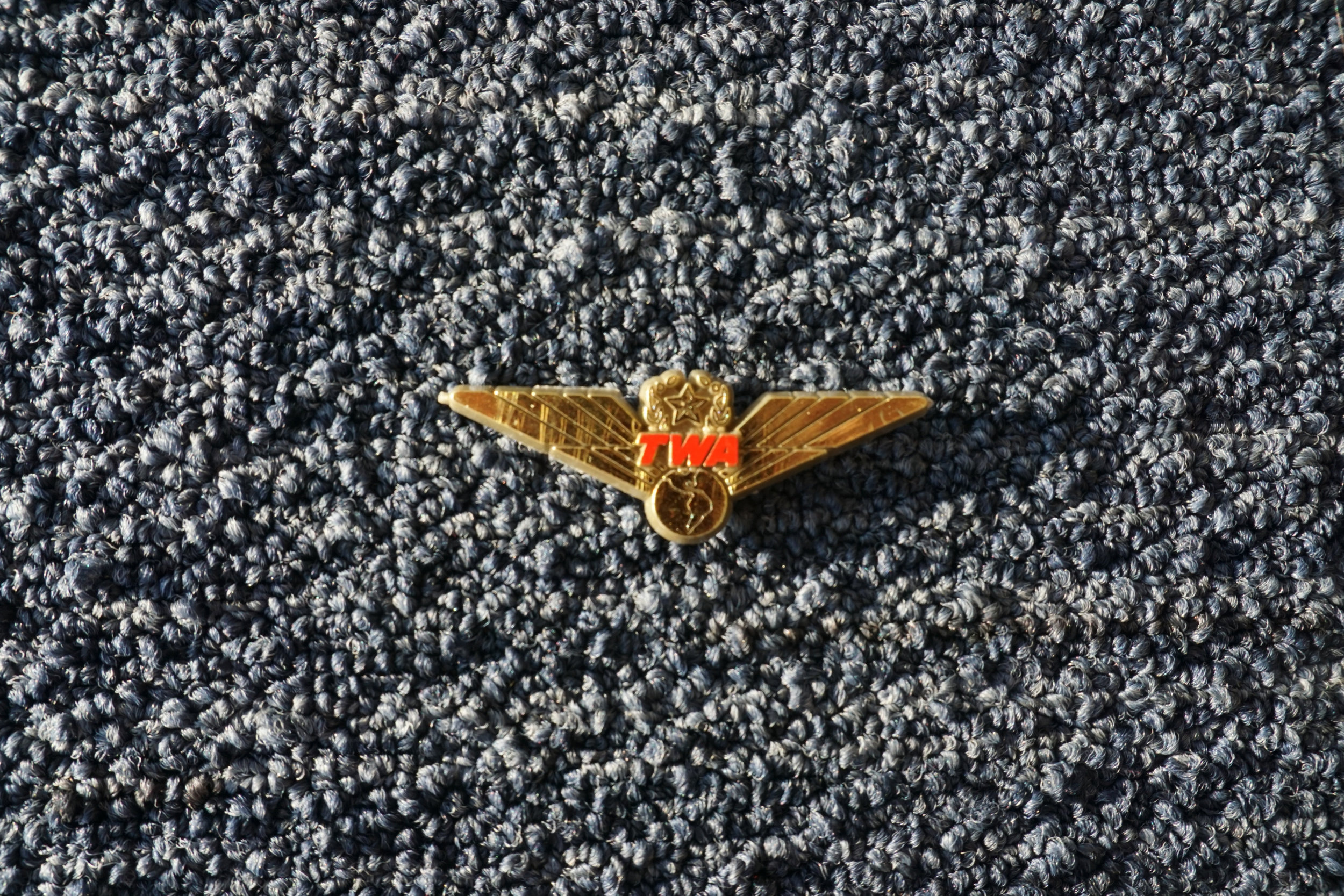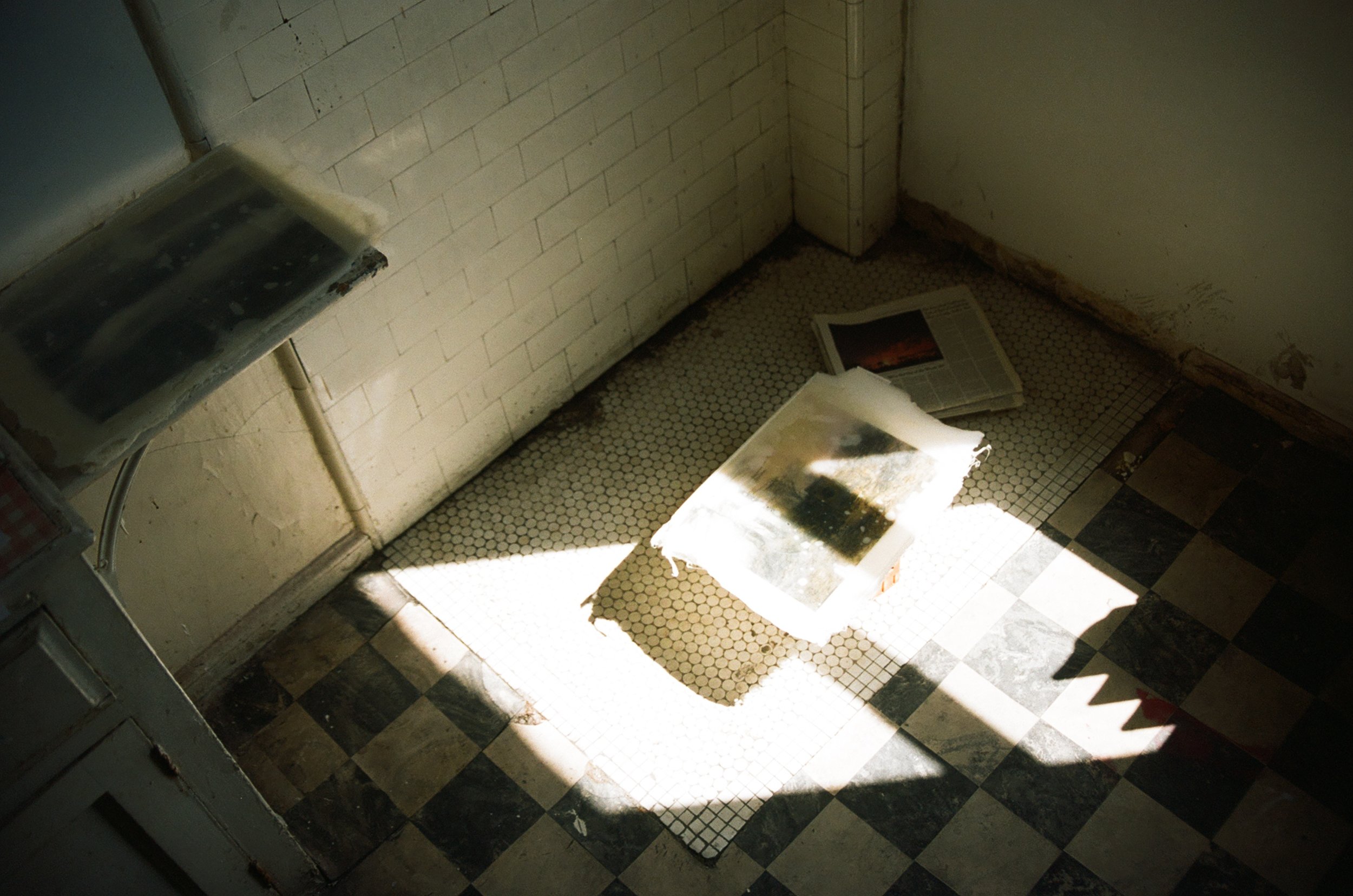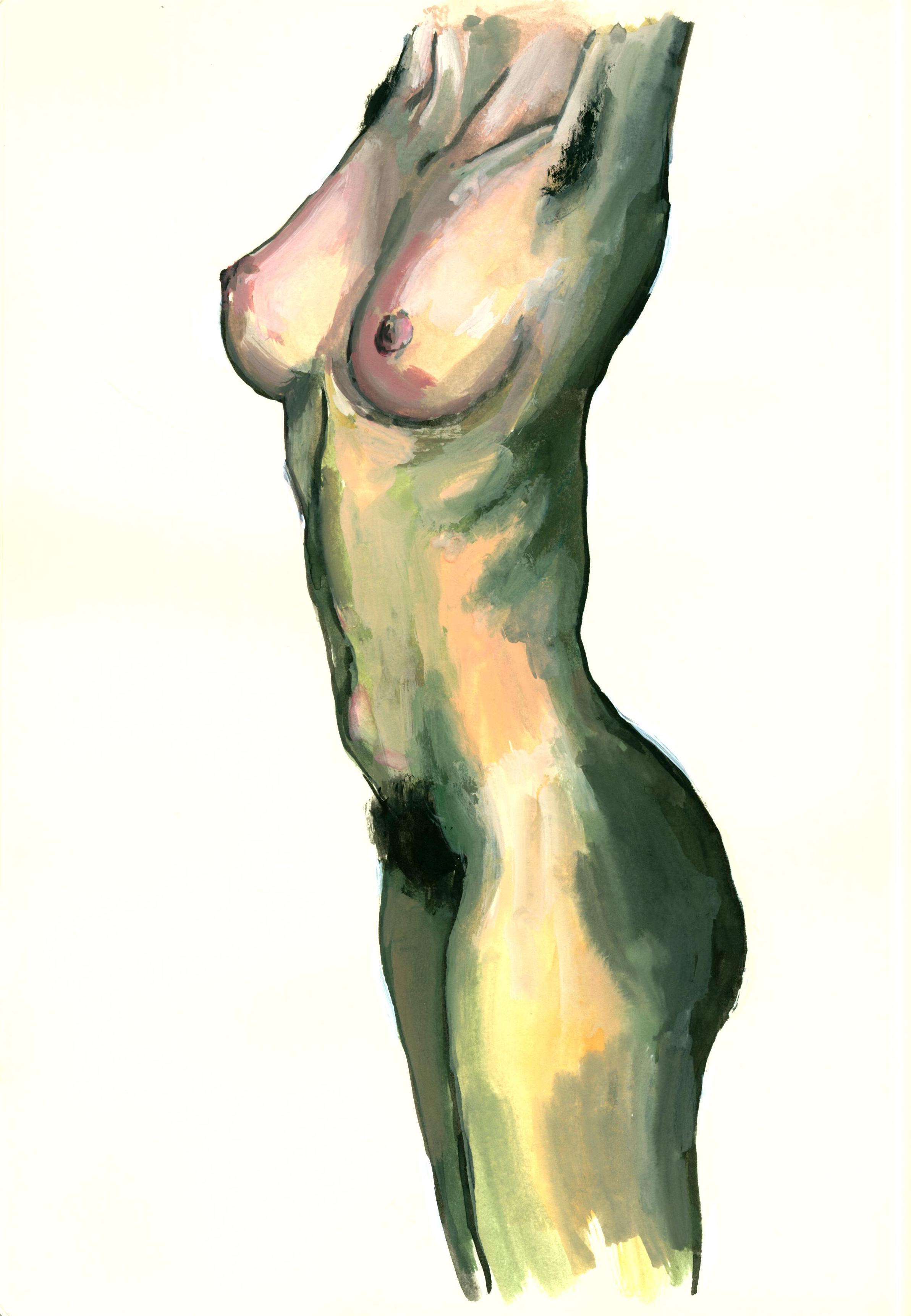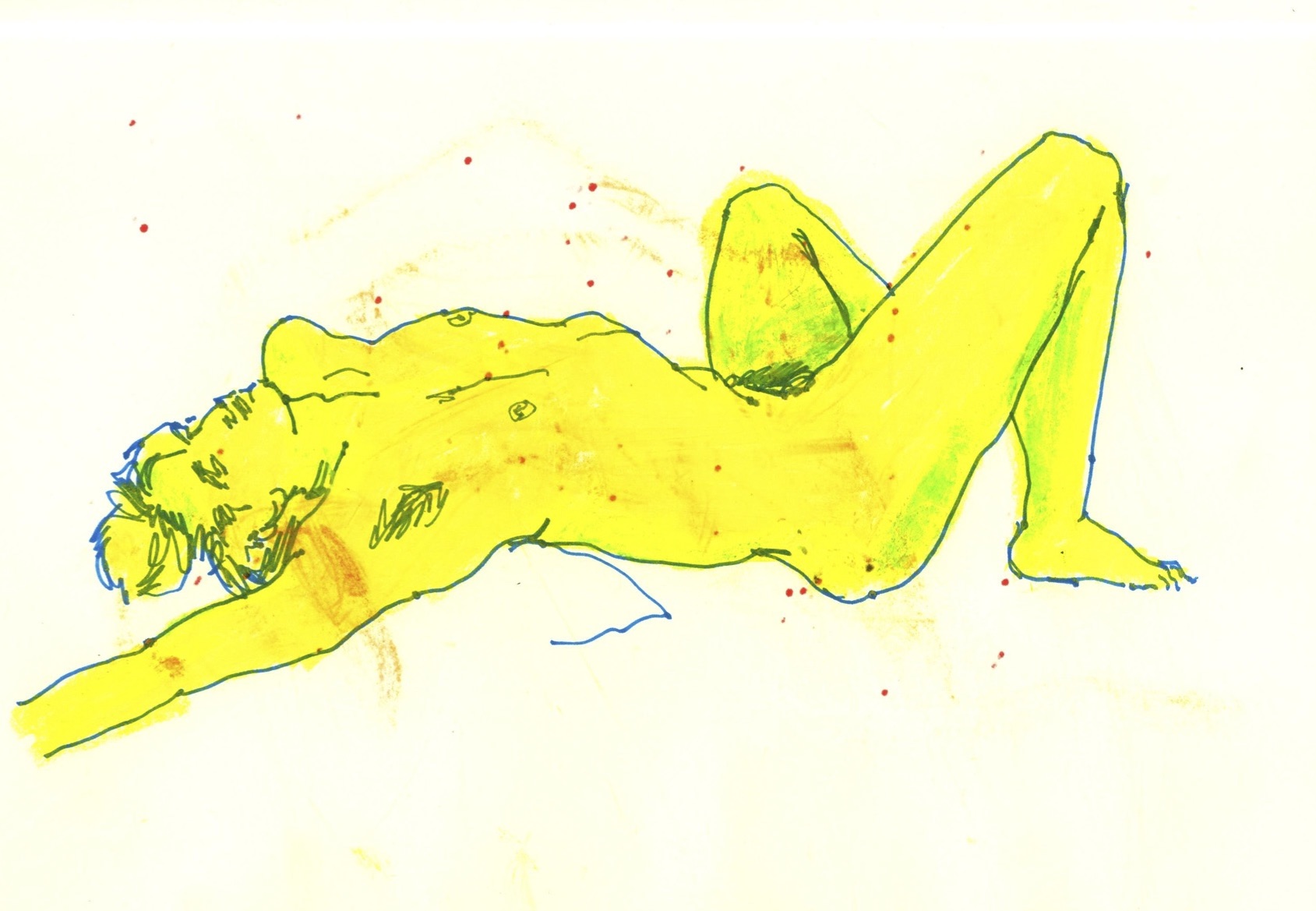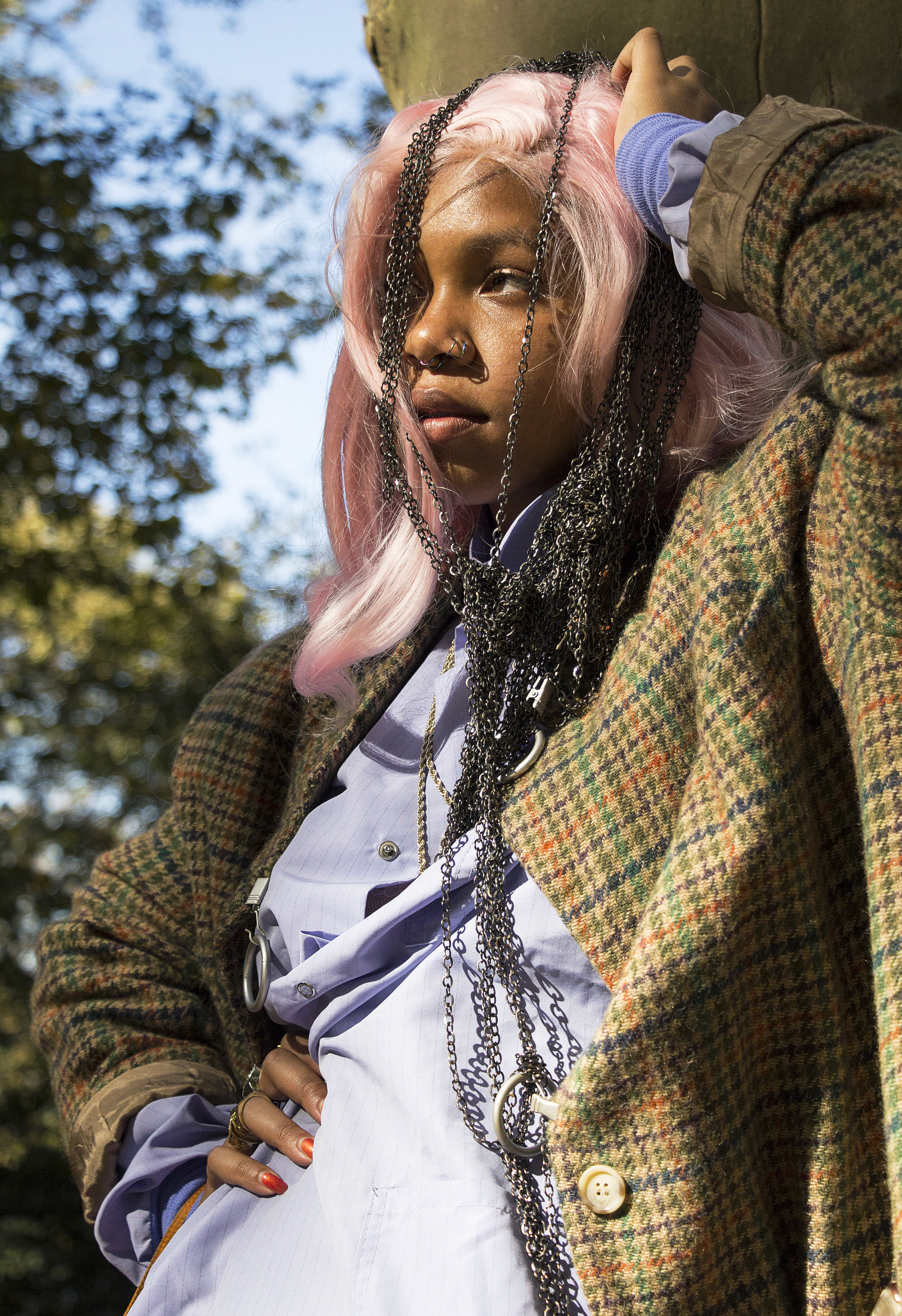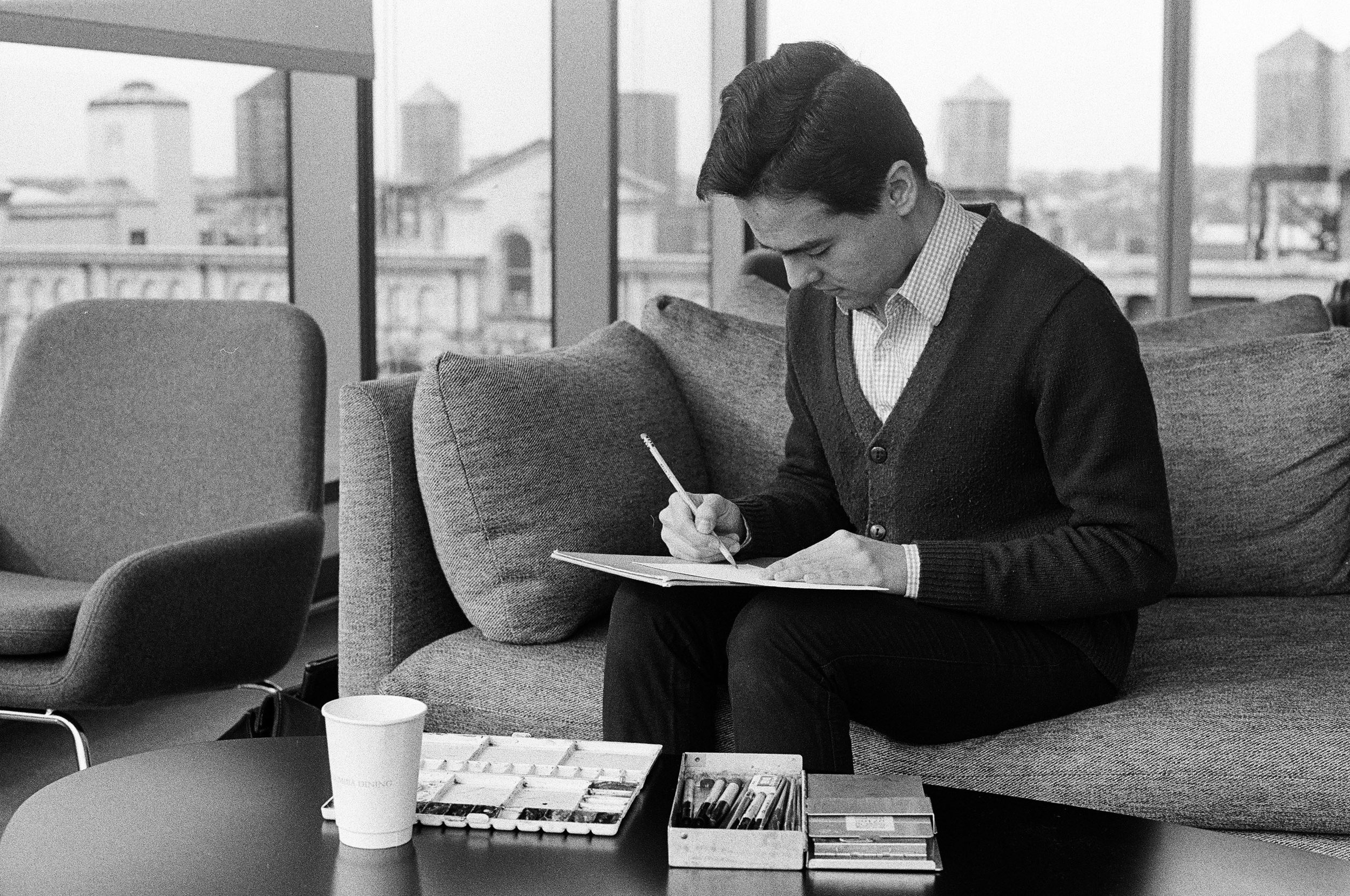

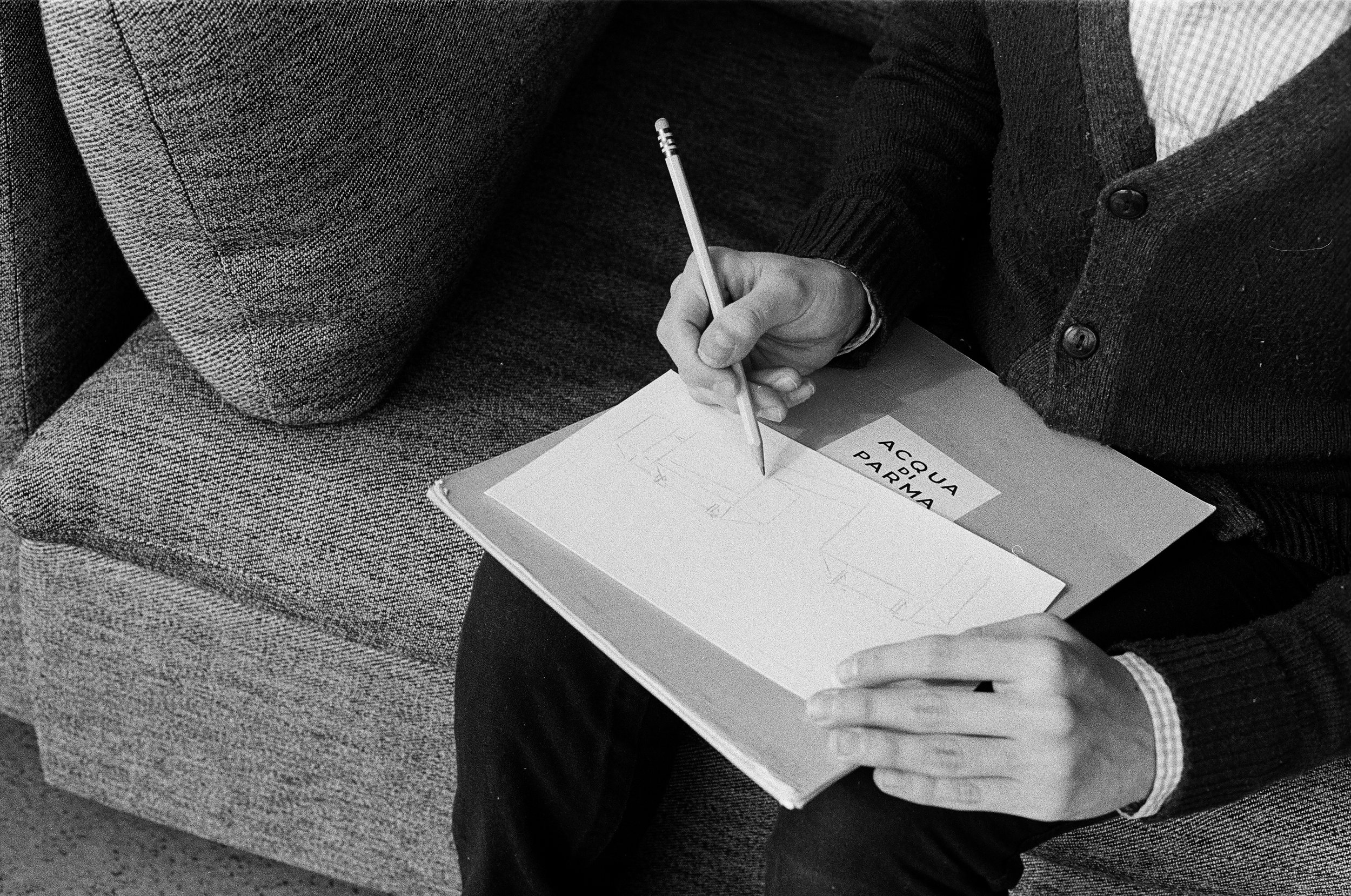
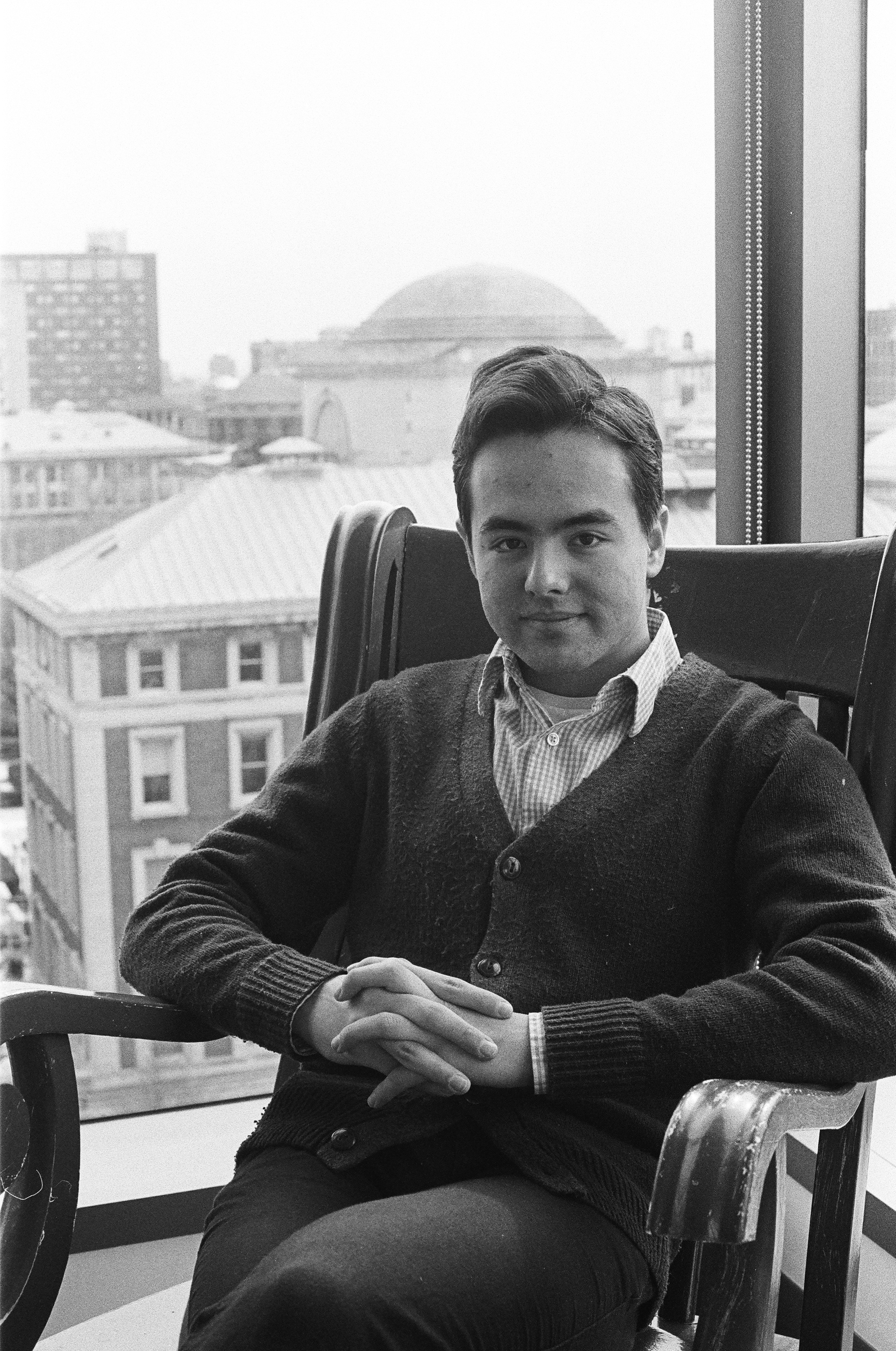
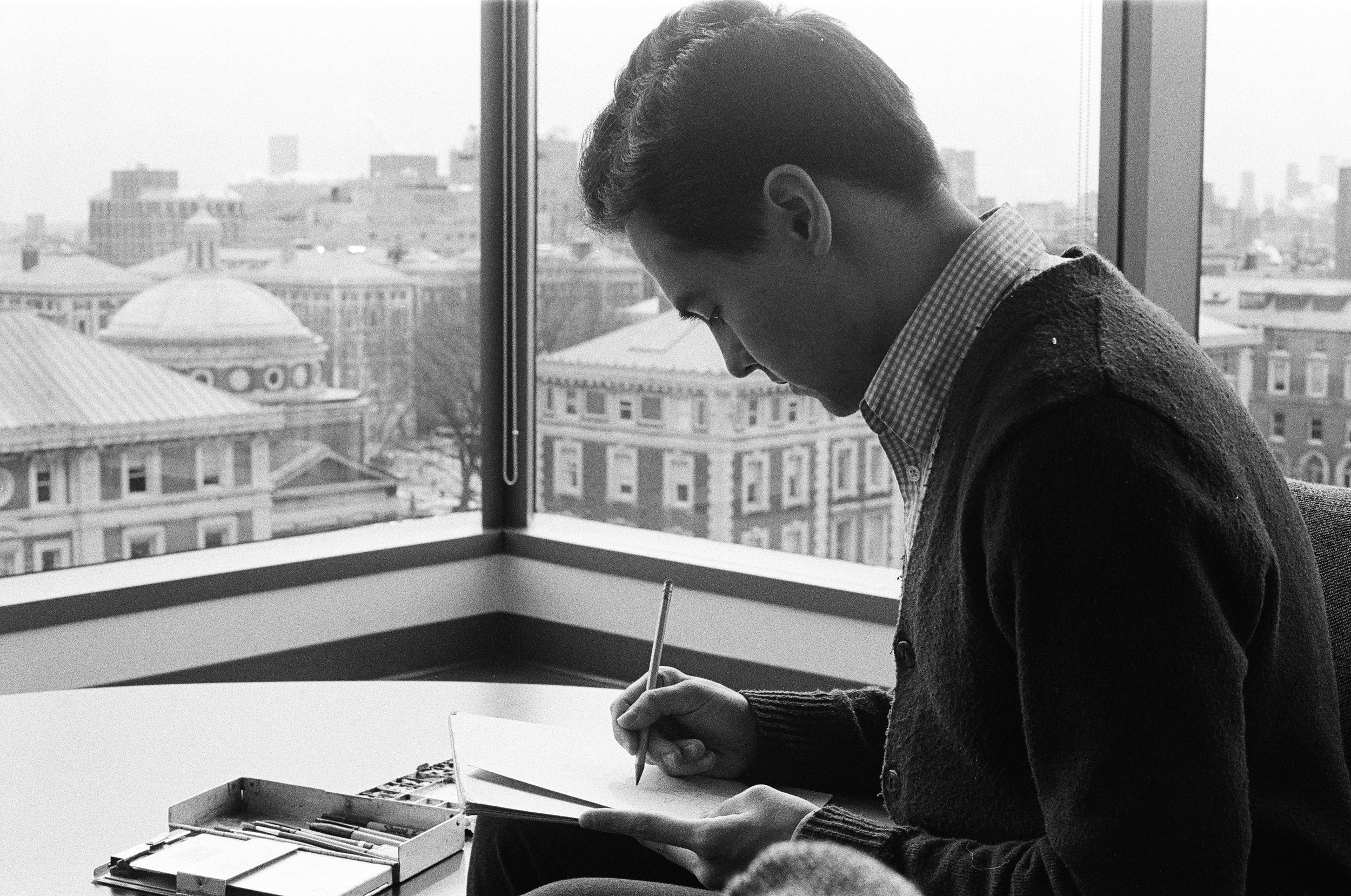
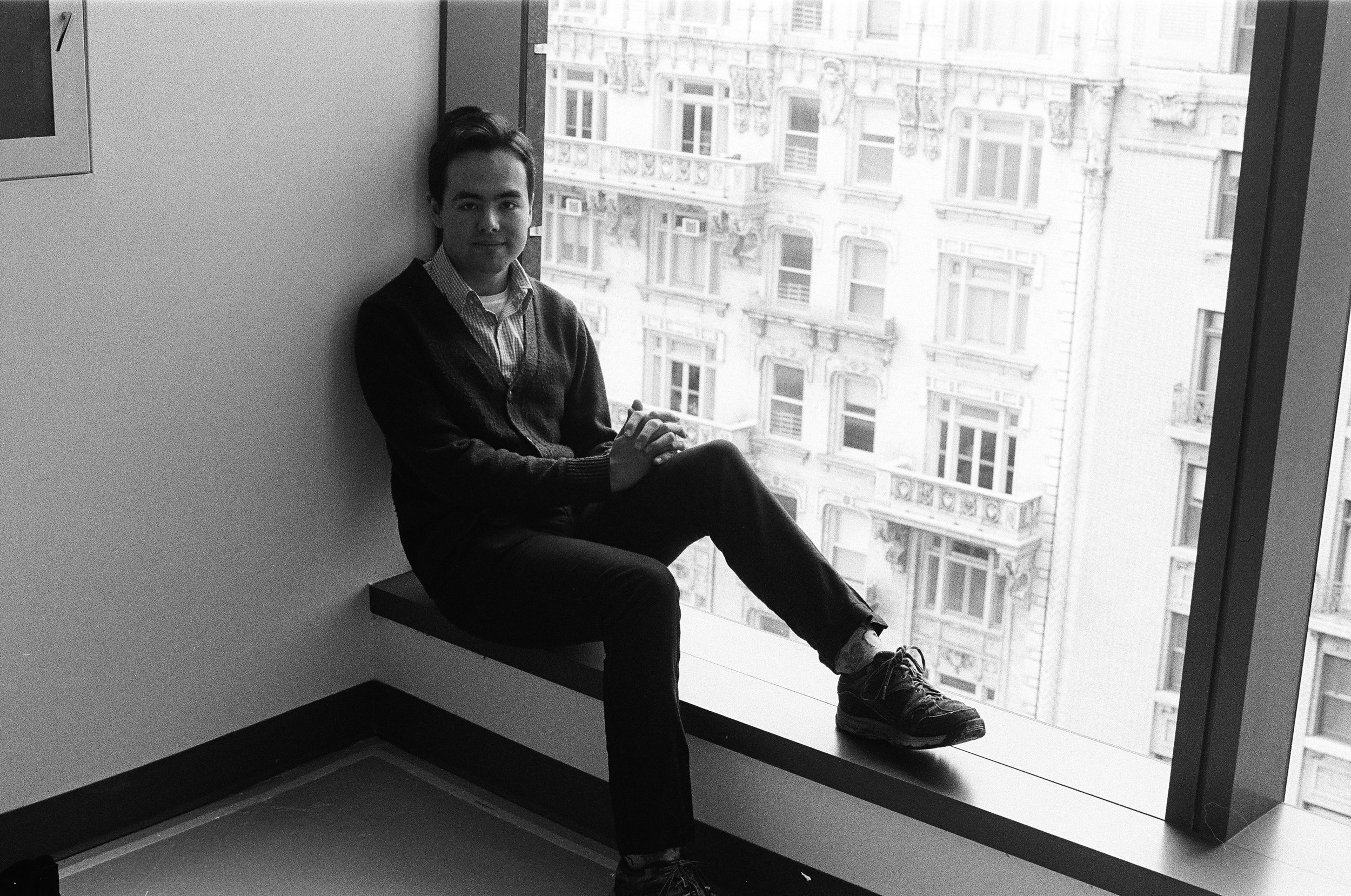
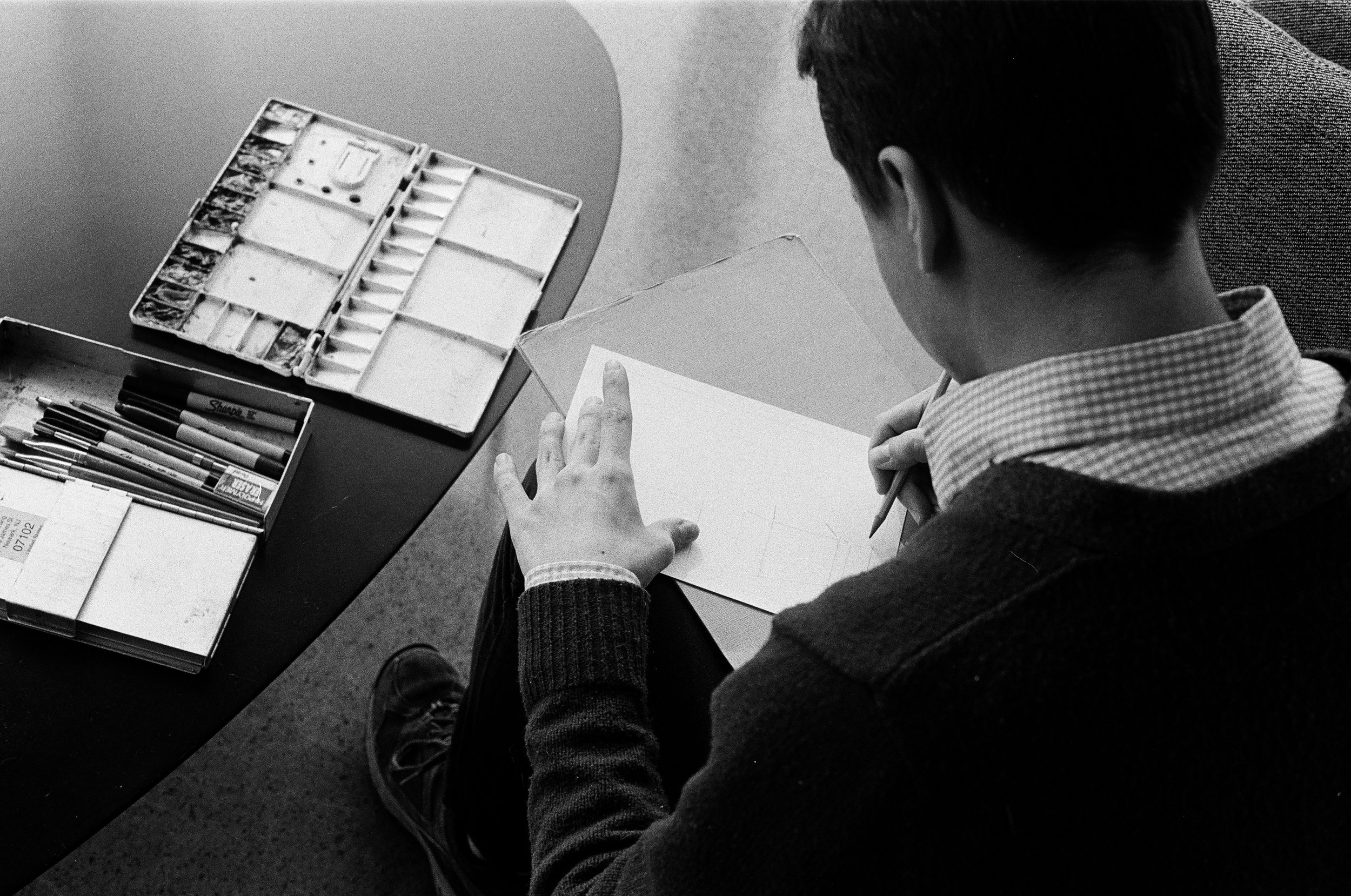
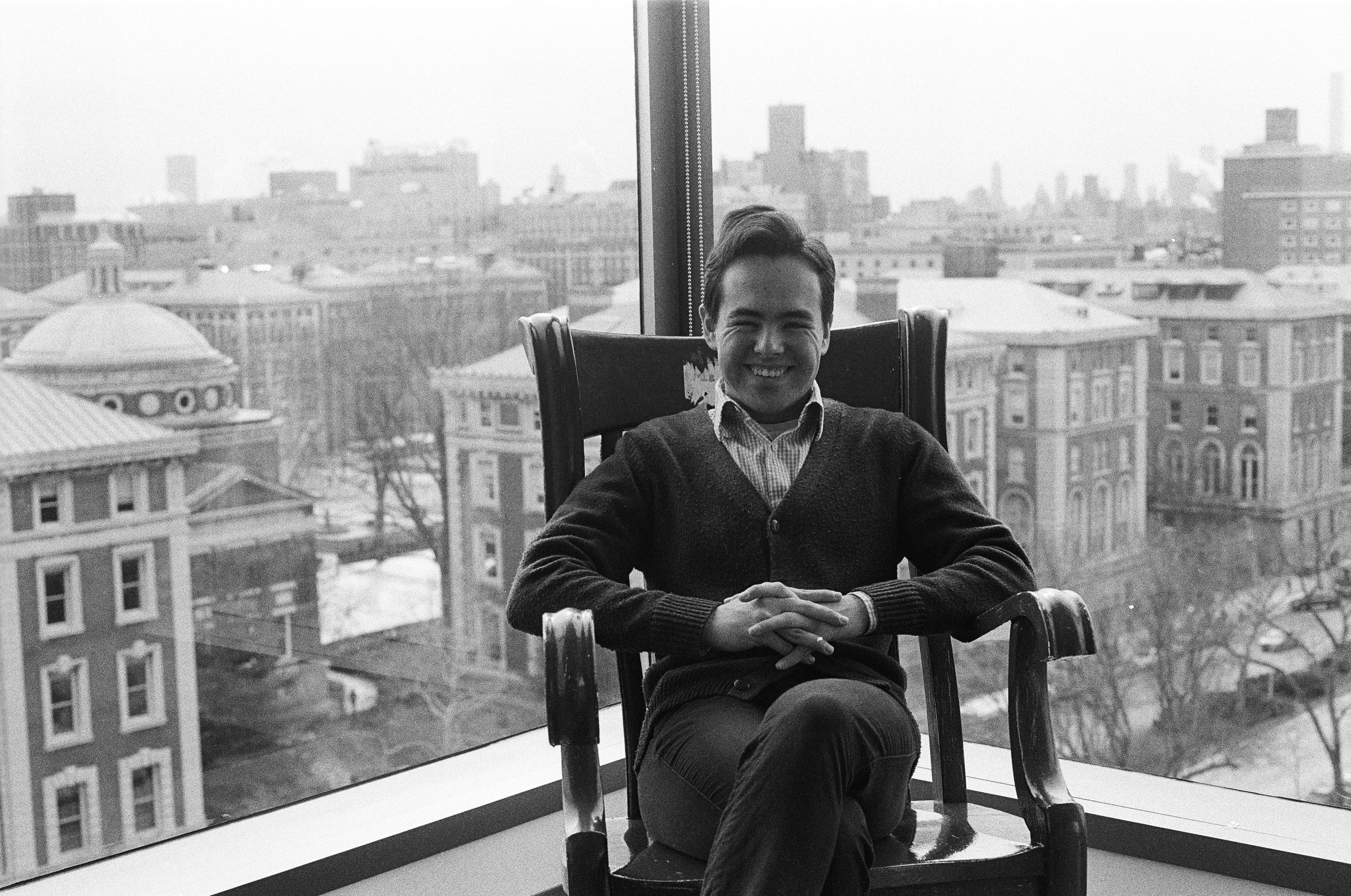
Photographed by Eliza Jouin
Written by Elizabeth Meyer
There is movement in cities that creates a spontaneity, a grittiness, and an identity that many artists have attempted to capture. In his project, Ten Days Walking in Manhattan, Myles Zhang, a senior at Columbia college majoring in the History and Theory of Architecture, creates a collage of representations through watercolors, photography, and large-scale maps.
His artwork reflects the movement of the inhabitants of Manhattan as well as the flow of the city from one unique neighborhood to the next. Myles walked from Chinatown to Harlem and captured what he saw in spontaneous watercolors while painting on the sidewalk or sitting on benches, as well as vast, intricately detailed maps created in his studio. The project, though titled Ten Days Walking in Manhattan, took Myles three years on and off.
Myles prefers the experience of walking through a city because, according to him, “We usually look at cities from an aerial perspective of maps, but the way we experience architecture and cities is from a human level of around five or six feet. Walking around New York City on the street gives a different perspective than looking at maps.”
Myles brought me back to each area of Manhattan that he explored in his project. In each neighborhood we visited, Myles relived how his perception of it has shifted as he has grown up living in proximity and now within the city: from as a child in Newark, NJ to a student at Columbia University. Myles detailed how the art created for Ten Days Walking in Manhattan has become a part of his personal archive. For each of his “days” in the city, Myles explained what he saw and the art that the neighborhood inspired.
Photograph by Eliza Jouin
Day One: Chinatown
I feel I have a close affinity to Chinatown. I have a Chinese last name and a Chinese father. As a child I would do grocery shopping in Chinatown with my parents. It is an intimate neighborhood, and though I cannot speak the language, I feel deeply associated to it.
I wanted to communicate a sense of separation between the foreground and background in this image because the short buildings of Chinatown are surrounded by large skyscrapers that physically tower over the small neighborhood of structures.
As I child, I would walk down the streets and look at the individual signs on the stores, so I copied these sign fronts onto the map. The map is an exact representation from above, and I could get from one location to another by looking at it.
Day Two: SoHo
SoHo is a neighborhood that I associate with my childhood experiences on scooter and bike, touring NYC with my parents. I think SoHo, more than any other neighborhood, has a beautiful chiaroscuro - play of light and darkness - when you walk down the street. Lower Manhattan has all of these big skyscrapers -- they’re flat, like boxes -- but SoHo has extruded forms of arches and columns. A lot of classical architecture in SoHo is inspired from buildings in Rome and Renaissance Italy as well as ancient Greece. There is a visual language that references Greek and Roman architecture in the arches, Palladian windows, and Corinthian columns. When I walk around, I try to play a guessing game - identifying specific buildings with their ancient sources of inspiration. The old architecture has a kind of permanence for me.
Day Three: The East & West Villages
I pick the spots I paint in based on whatever interests me on that day, the size of the paper I’m going to work with, how fast I can complete the painting, and the weather. I prefer to paint in watercolors because they convey a sense of spontaneity that I am trying to capture in the city. You have five or ten minutes to complete the painting, so the process is more dynamic than if you were sitting in a studio.
This image of Washington Square Park arch might be the same dimension of the image of SoHo or Chinatown, but they each took different lengths of time to paint and the process of creating them was different. Doing a painting on the sidewalk like the image of Washington Square Park is very different from painting it in the studio like I did for the map of Chinatown.
Day Four: The High Line
I think the High Line is a distinctly New York phenomenon. It’s called a park, but it’s a strip of concrete elevated above the ground. I think the High Line is a victim of its own success. Due to gentrification, a lot of what makes the High Line unique and interesting is being lost. The industrial edge, the grittiness, the taxi cab rental services and car garages are being taken over by fashion stores and multinational organizations. I don’t think I succeed in representing this dichotomy of grittiness and gentrification in my art. I think a lot of the spontaneity of New York City is difficult to capture in art - particularly two-dimensional art that is static on the page. I think the quality of my work done in the studio is lower; I am more intrigued with my work that is done spontaneously on the sidewalk.
Day Five: Madison Square
The Flatiron building is at the intersection of Broadway and 23rd street. It almost looks like a cartoon of a building because it takes all of the qualities that we associate with a skyscraper like narrowness, thinness, and height, and exaggerates them. For me, the Flatiron building is like the prow of a ship that plows down the street. I don’t know if I succeeded in representing this idea in my painting. As I painted the Flatiron building I thought about how the two streets on the side of the building, Broadway and Fifth avenue, diverge like parting waves.
Day Six: Midtown
Midtown is one one of my least favorite neighborhoods in Manhattan because it embodies the worst qualities that we associate with Manhattan: it’s busy, dense, crowded, overwhelming. It is not as comfortable of a place to draw or paint as Chinatown or the Village because it’s busier; it’s hard to find a place to sit or stand. The kinds of people you are going to meet are very different from those neighborhoods as well. There are a lot of religious missionaries in Midtown. I took a photo of a Korean lady closing her eyes and handing out flyers about the salvation of Jesus and of a Muslim man reading from the Quar’an. I don’t associate Midtown with a neighborhood people live in, more a neighborhood people pass through.
Day Seven: Central Park
Central Park is beautiful; there are nice people there; it is pleasant, but it doesn’t have that sense of grittiness or fast paced-ness that I associate with many other New York City neighborhoods. I personally prefer the small pocket parks like Washington Square Park because the city is always there.
Day Eight: Riverside Drive
That watercolor was done around 69th street on Riverside Drive. There is an old industrial area adjacent to Midtown with rusted derricks that were used for ships. In this image of the Hudson River, there is an old derrick [industrial crane] in the foreground. Before there were tunnels for trains beneath the river, ships carrying freight cars would unload onto the derricks. The train cars would roll onto the tracks, and the tracks would deliver the trains into Manhattan. The derrick that I painted is not in use anymore, but it’s preserved there as a monument.
Day Nine: Morningside Heights
At each stage of my life and at each place that I’ve visited, I want to have some kind of souvenir. I made architectural models of every school that I’ve attended, my high school, my university, the university I studied abroad at. My hope is that twenty or thirty years from now, I’ll look back and have a model or a drawing of the place to remind me of it. This detailed drawing that I’ve made of Columbia University is a very personal thing. The drawing is so scrupulously detailed, it is like a map that I can look at in twenty years and remember: where my dorm was, where I went to class, where I met trouble.
Day Ten: Harlem
This is an image of the 125th street viaduct [bridge-like structure that carries a road or railroad across a valley]. The composition is based on the spiraling arc of the Golden Rectangle, a rectangle whose side lengths are in the golden ratio of 1:phi. On the top of the image, I have painted the viaduct itself. I painted the viaduct from two different perspectives in this piece, from beneath the viaduct and from above it. I’ve always been interested in engineering projects. When we look at a bridge like the 125th street viaduct, we see something structurally pure, something that is not cloaked by plaster, cardboard, and concrete the way a building is. When we look at the viaduct, we see all of the lines of tension in the structure - the engineering of it.
As Myles took me through his ten days in Manhattan, I gained insight on how the city has influenced both his creative process and his artistic growth. Myles makes the vastness and remoteness of the city intimate through his art and memories. The beauty of Ten Days in Manhattan is that the project tells the story of Manhattan through the individuality of Myles’ experience, allowing the viewer to feel as if they are on close terms with the impersonal city.
Aside from Ten Days Walking in Manhattan, Myles uses his art to become involved with community activism. He is currently designing an exhibit about a vacant former jail in his hometown of Newark, New Jersey. Another project Myles is working on involves using data to visualize distribution of lead in water pipelines in Newark.
Myles has also utilized data to create a visual representation of the New York City subway ridership over the course of 24 hours. The project combines the sound of a human heartbeat with the pulsing of human activity on MTA train lines over the course of a week and can be watched here.




















